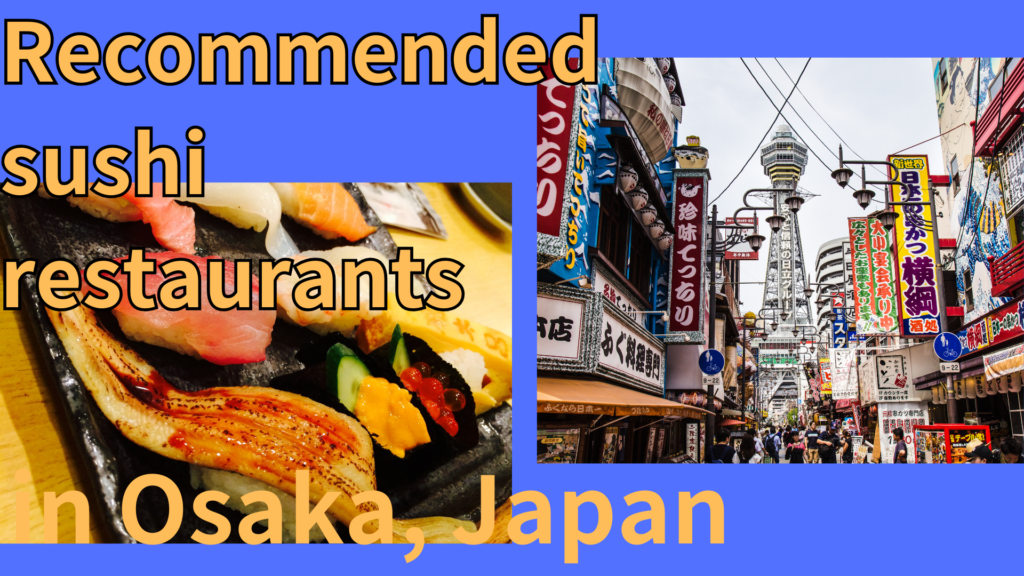Aichi Fukuoka Hokkaido Kanagawa Kyoto
Akita Aomori Chiba Ehime Fukui Fukushima Gifu Gunma
Hiroshima Hyogo Ibaraki Ishikawa Iwate Kagawa Kagoshima
Kochi Kumamoto Mie Miyagi Miyazaki Nagano Nagasaki Nara
Niigata Oita Okayama Okinawa Saga Saitama Shiga
Shimane Shizuoka Tochigi Tokushima Tottori Toyama
Wakayama Yamagata Yamaguchi Yamanashi
Recommended sushi restaurants in Tokyo,Japan
-


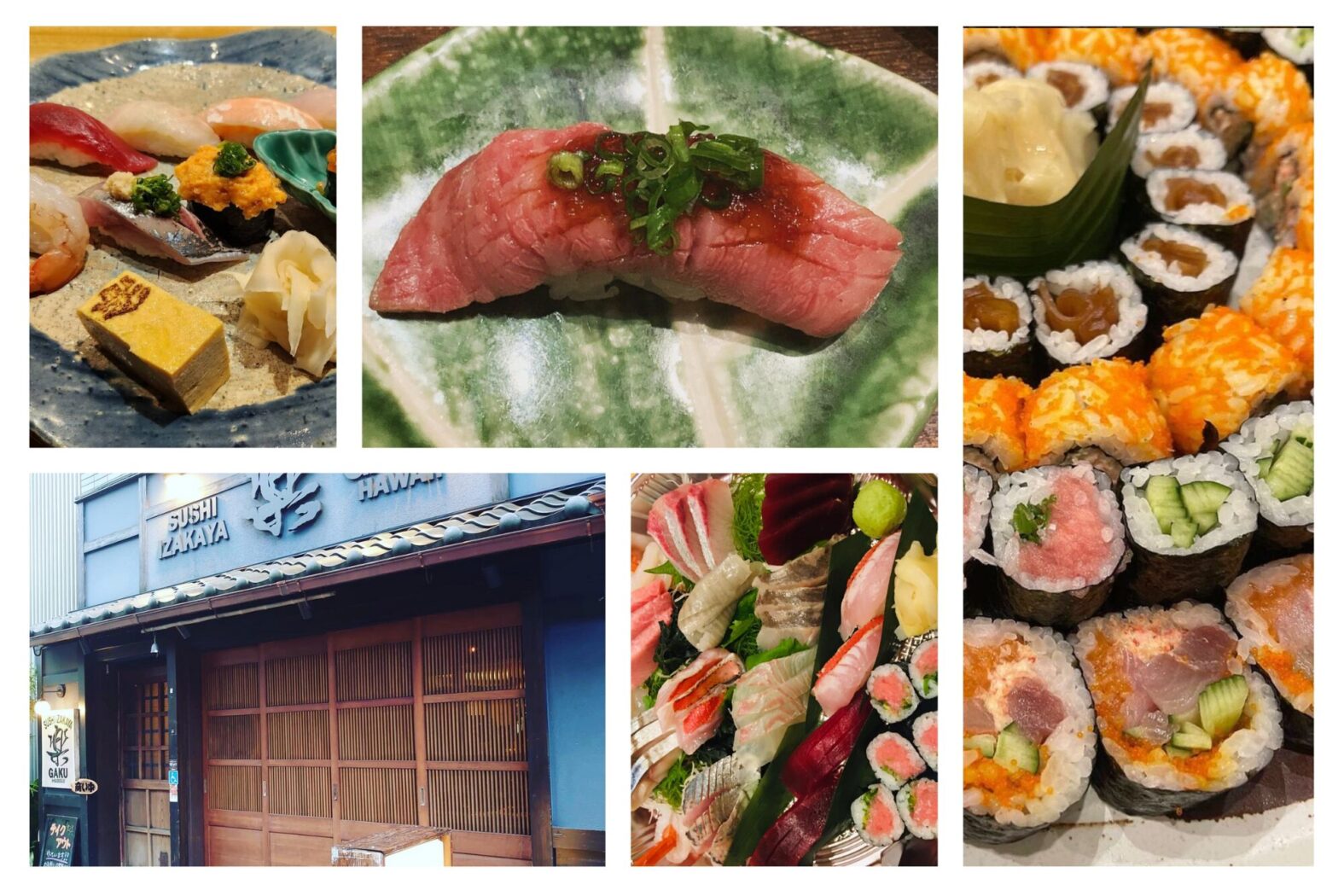
SUSHI IZAKAYA GAKU Oyamadai store
From Hawaii! A restaurant that serves delicious fresh fish directly from the marketAuthentic Edomae sushi x traditional Hawaiian cuisine -


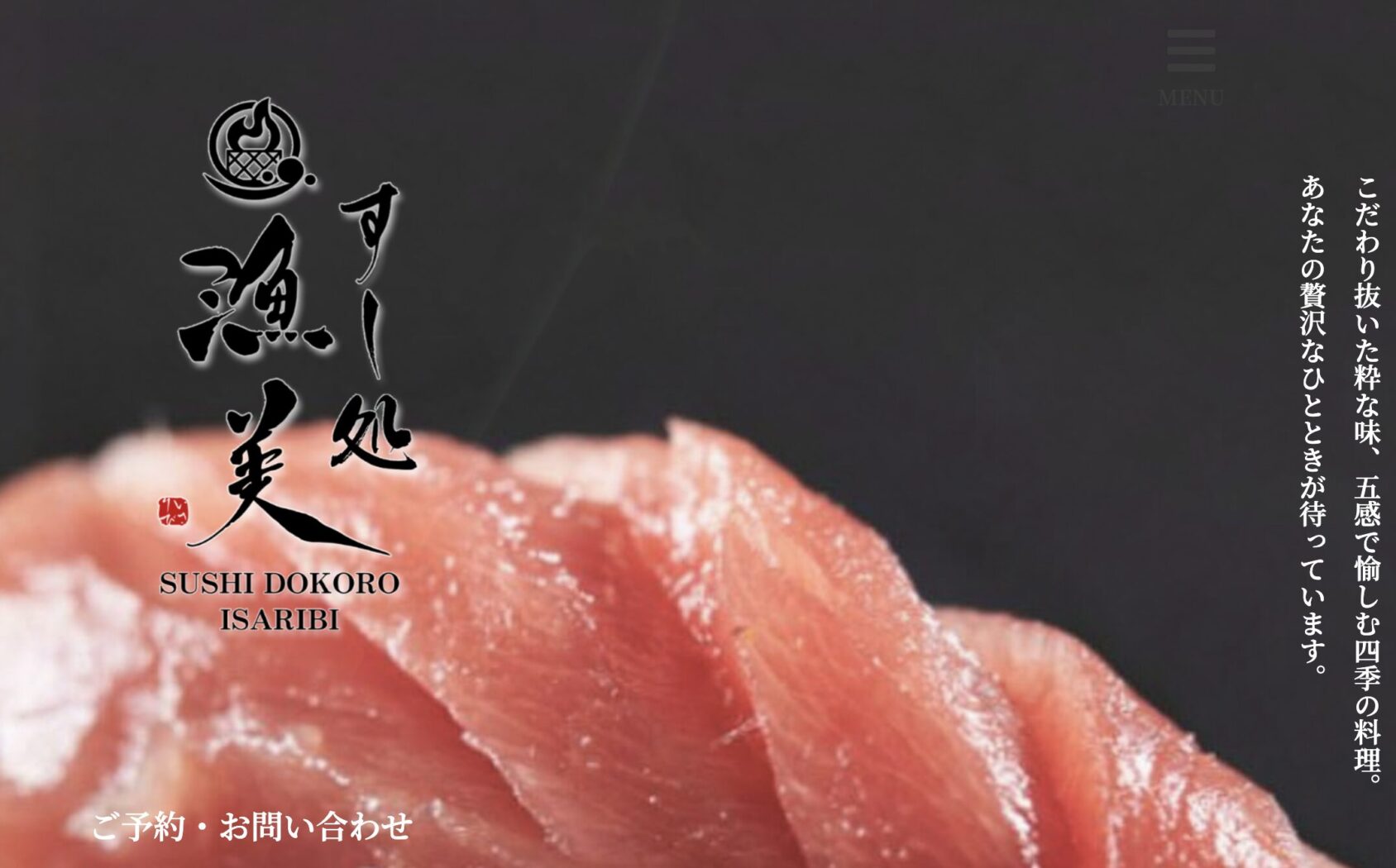
Sushi Dokoro Isaribi
The sushi at Sushidokoro Gyobi goes beyond simply using the freshest fish.We carefully determine the most delicious way to prepare each ingredient, preparing fish while it is fresh to maximize its freshness, and carefull -



Sushi Marufuku
Sushi restaurant in Tokyo [SUSHILIVE comment] -


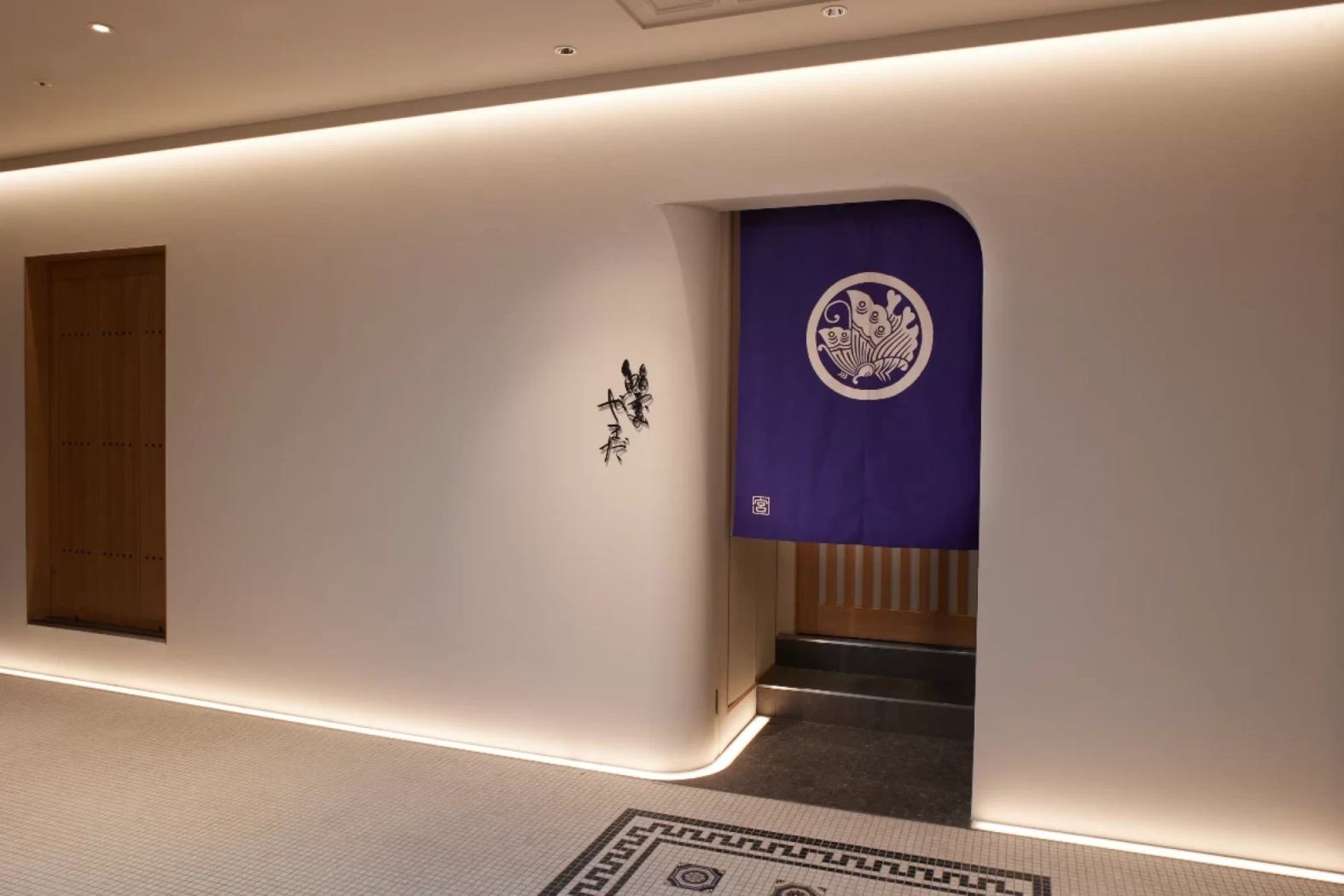
Sushidokoro Yamada
Sushi restaurant in Tokyo [SUSHILIVE comment] -



Sushi Rinda
Sushi restaurant in Tokyo [SUSHILIVE comment] -


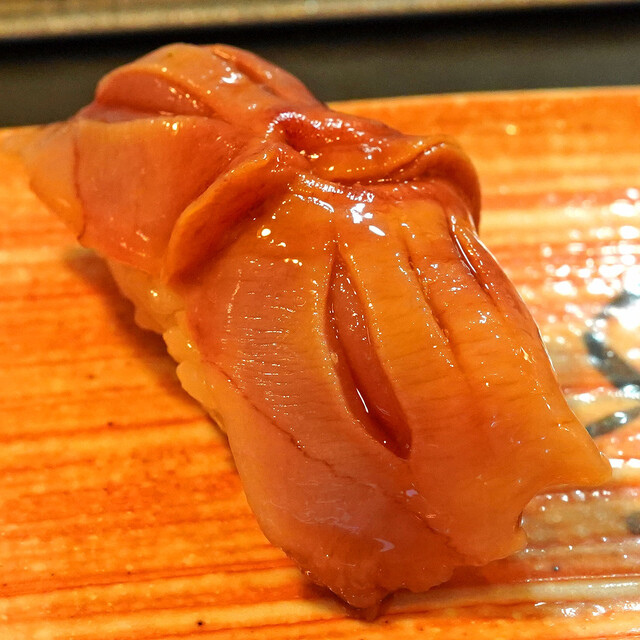
Matsunozushi
Sushi restaurant in Tokyo [SUSHILIVE comment] -


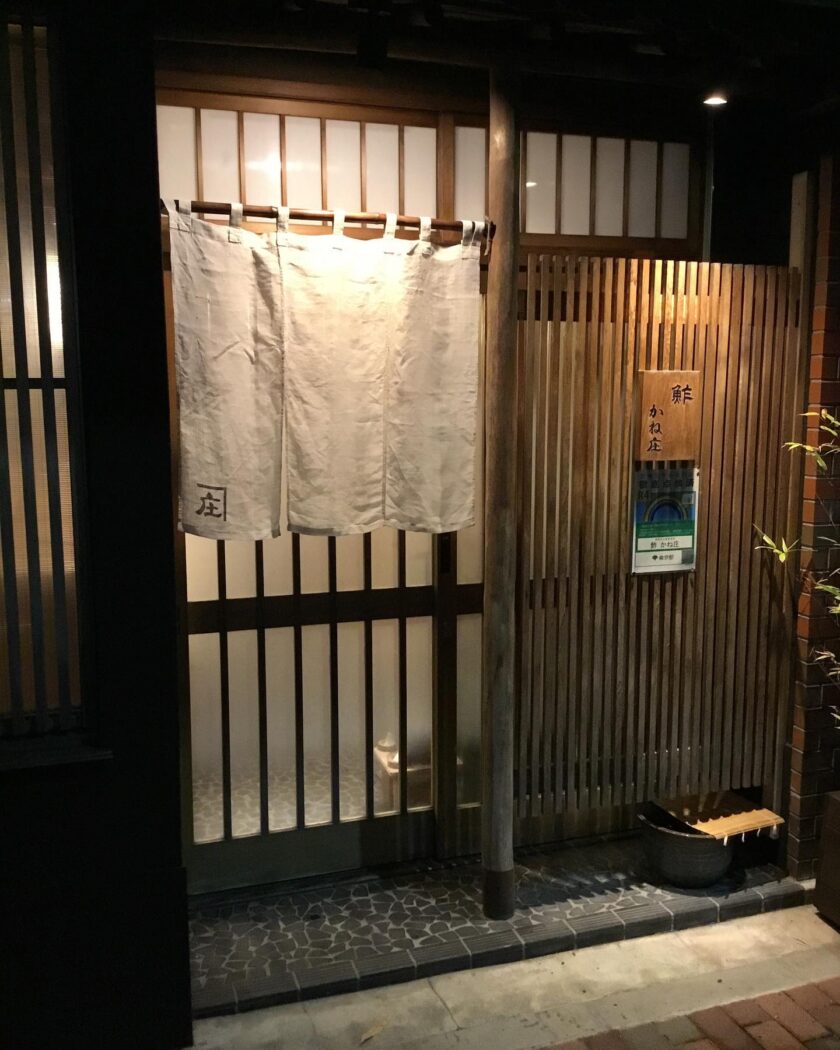
Sushi Kanesho
Sushi restaurant in Tokyo [SUSHILIVE comment] -



Sushi Ichigo
Sushi restaurant in Tokyo [SUSHILIVE comment] -



Takumi Sushi Owana
Sushi restaurant in Tokyo [SUSHILIVE comment] -


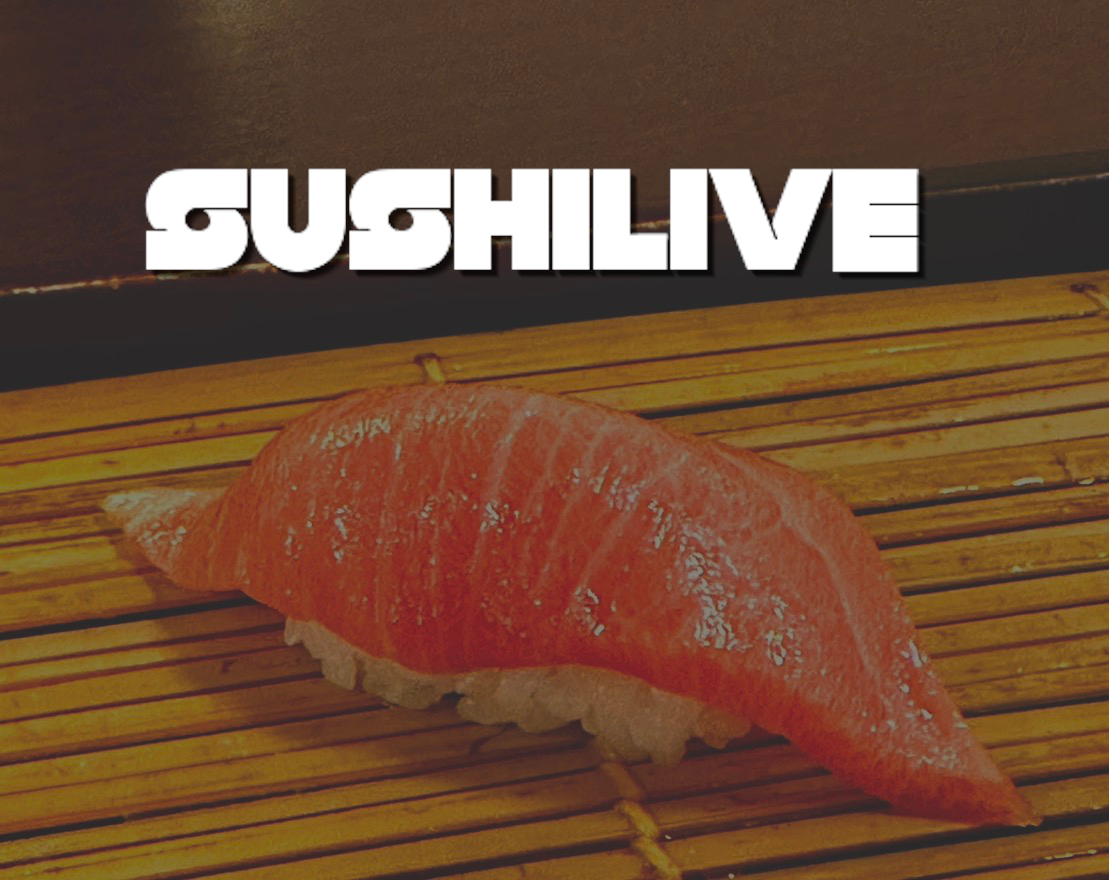
Sushi Kojima
Sushi restaurant in Tokyo [SUSHILIVE comment] -


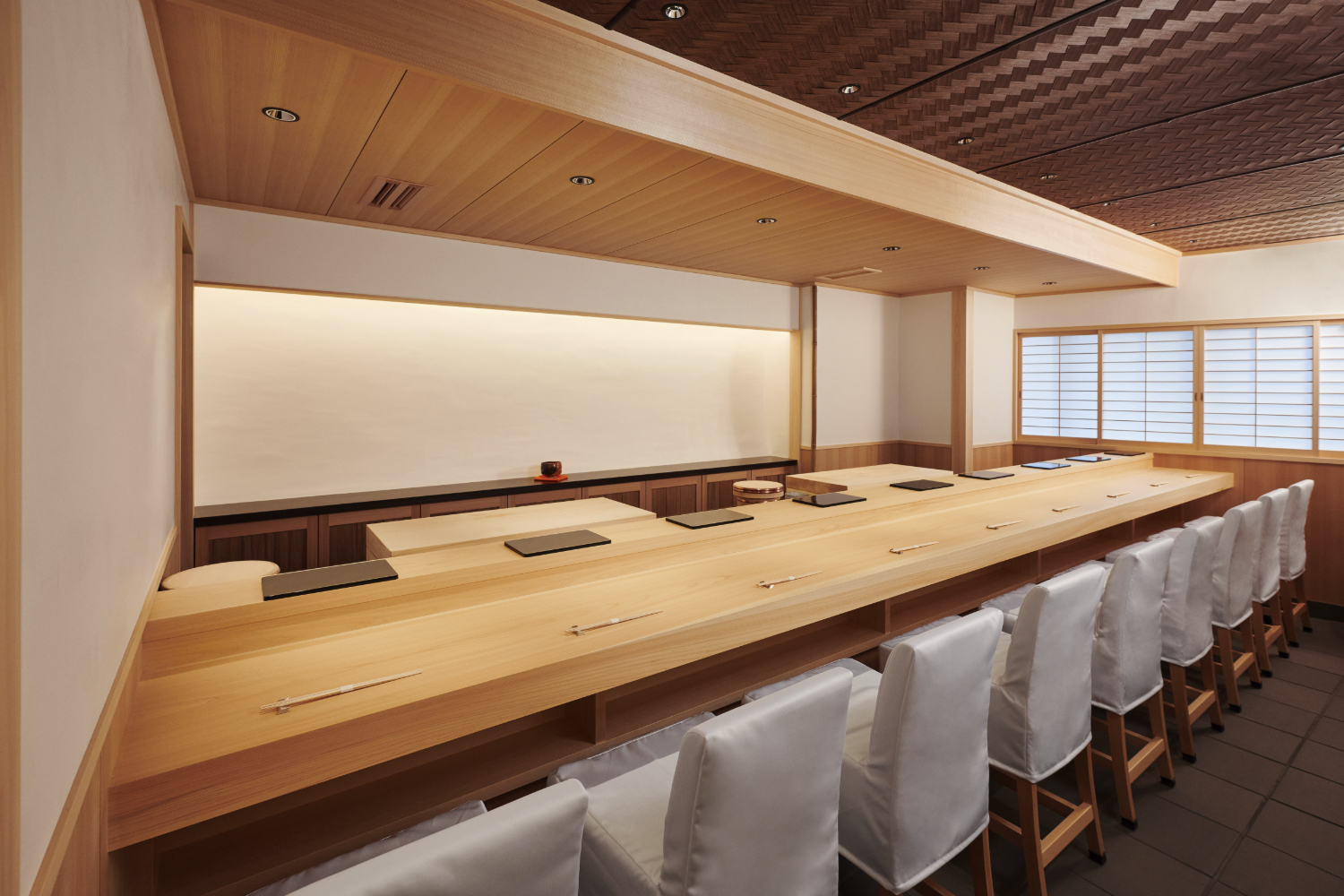
Sushi Masashi
Sushi restaurant in Tokyo [SUSHILIVE comment] -



Sushi Ryujiro
Sushi restaurant in Tokyo [SUSHILIVE comment] -


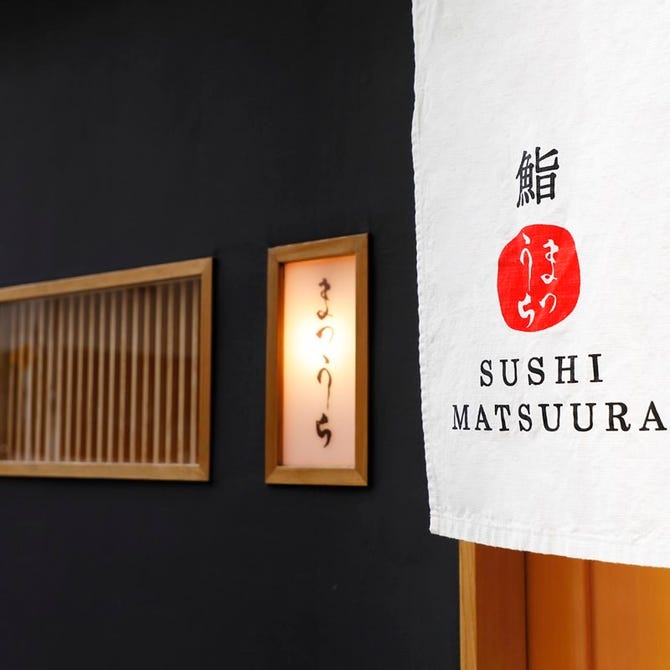
Sushi Matsuura
Sushi restaurant in Tokyo [SUSHILIVE comment] -



Nishiazabu Sushi Shin
Sushi restaurant in Tokyo [SUSHILIVE comment] -


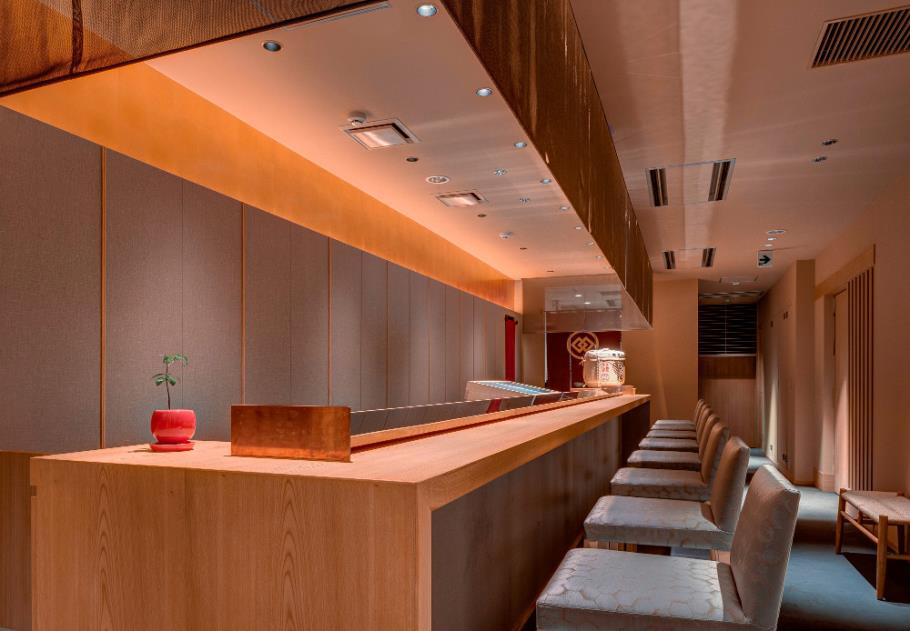
Sushi Yoshino
Sushi restaurant in Tokyo [SUSHILIVE comment] -



Sukiyabashi Jiro Roppongiten
Sushi restaurant in Tokyo [SUSHILIVE comment] -



Meguro Sushi Taichi
Sushi restaurant in Tokyo [SUSHILIVE comment] -



Sushi Kobayashi
Sushi restaurant in Tokyo [SUSHILIVE comment] -


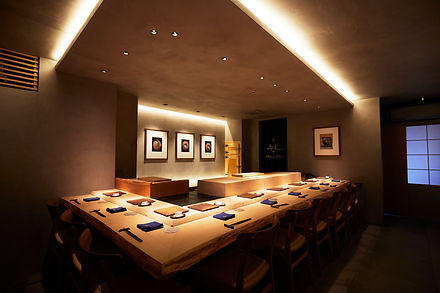
UDATSU SUSHI
Sushi restaurant in Tokyo [SUSHILIVE comment] -



Sushi Taichi
Sushi restaurant in Tokyo [SUSHILIVE comment] -


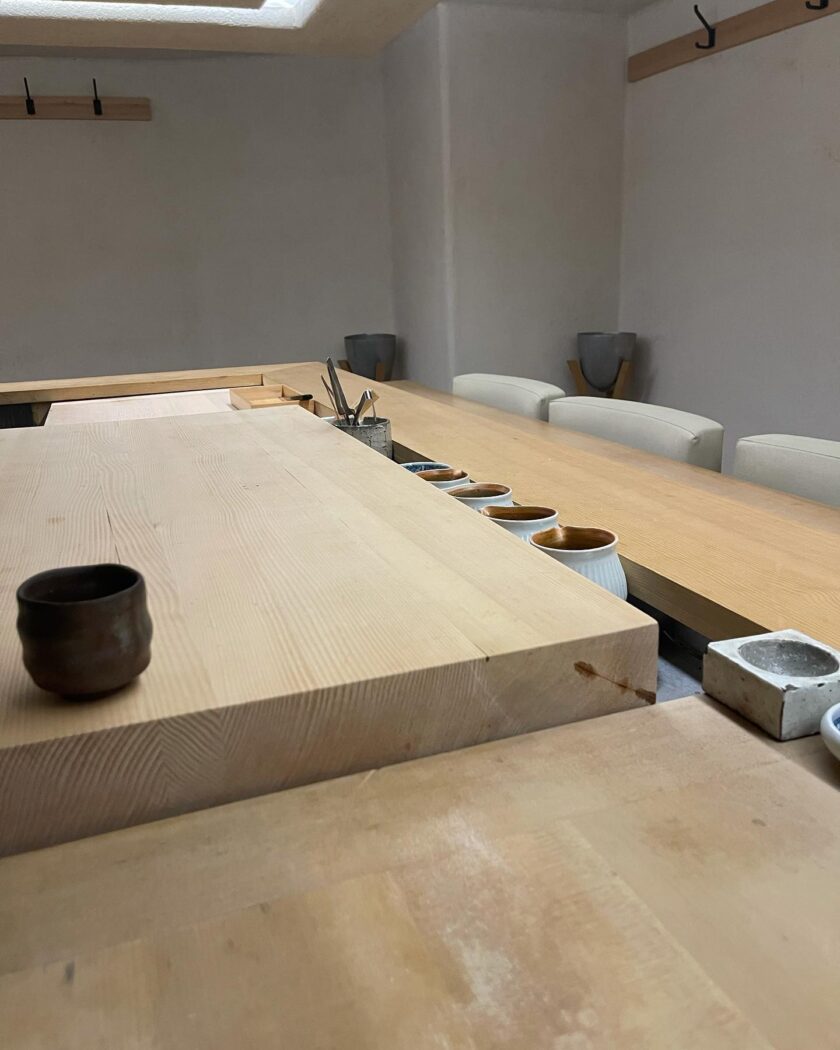
Hikarimono
Sushi restaurant in Tokyo [SUSHILIVE comment] -



Sushi Satoru
Sushi restaurant in Tokyo [SUSHILIVE comment] -


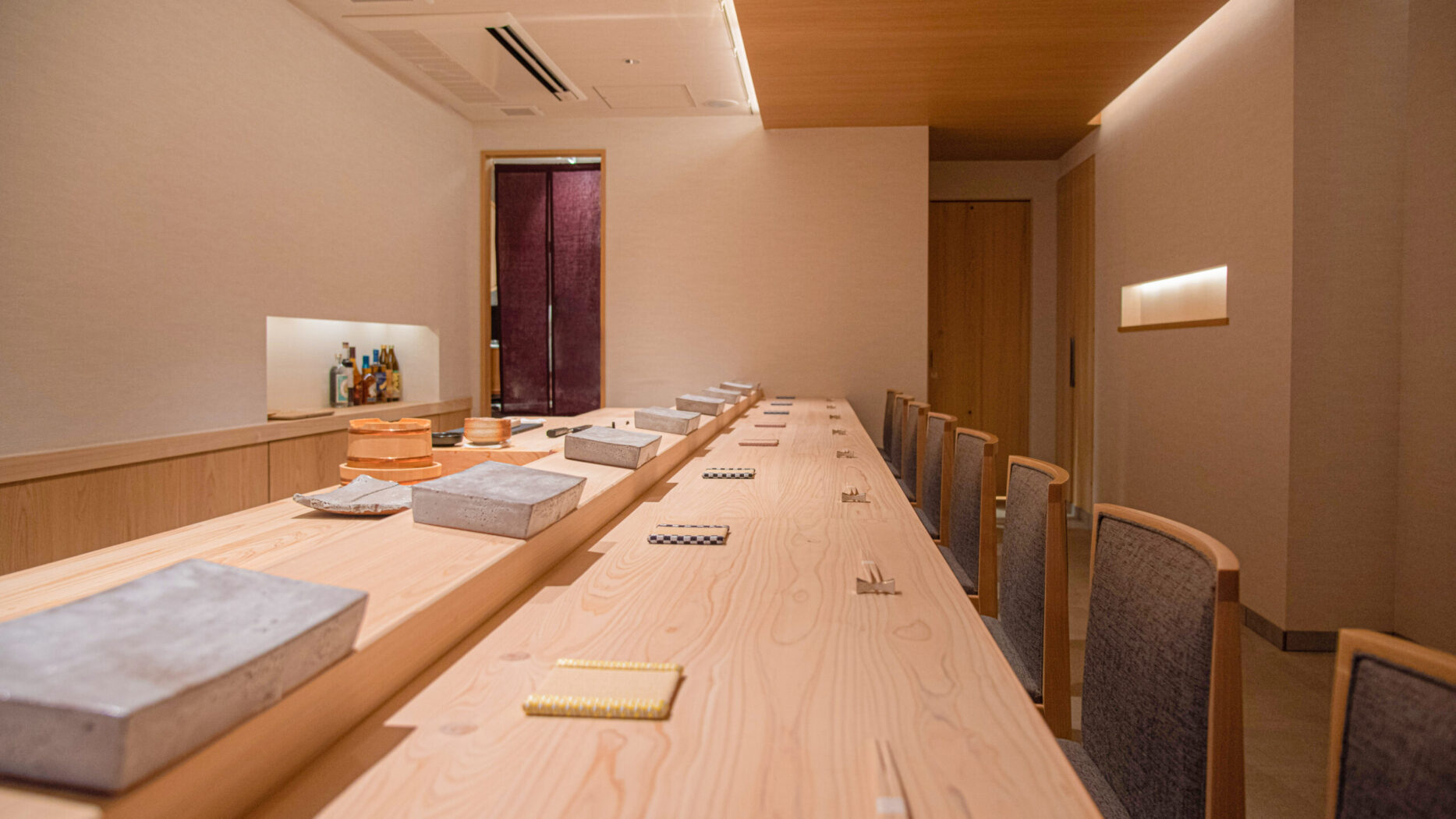
Sushi Kagura
Sushi restaurant in Tokyo [SUSHILIVE comment] -



Takagakino Sushi
Sushi restaurant in Tokyo [SUSHILIVE comment] -



Sushidokoro Shigeru
Sushi restaurant in Tokyo [SUSHILIVE comment] -



Oku
Sushi restaurant in Tokyo [SUSHILIVE comment] -


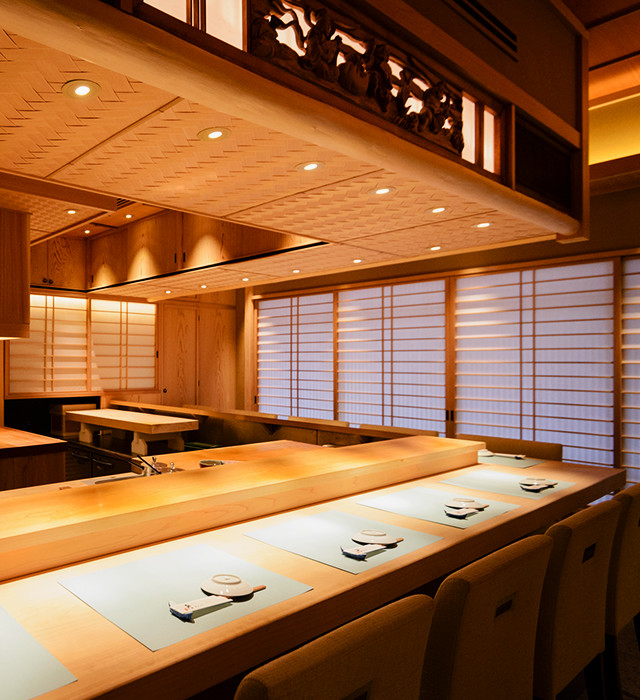
Edomae Sushi Hanabusa
Sushi restaurant in Tokyo [SUSHILIVE comment] -


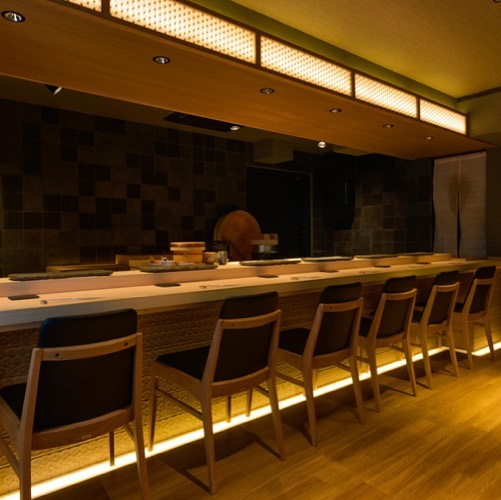
Jukuseizushi Yorozu
Sushi restaurant in Tokyo [SUSHILIVE comment] -


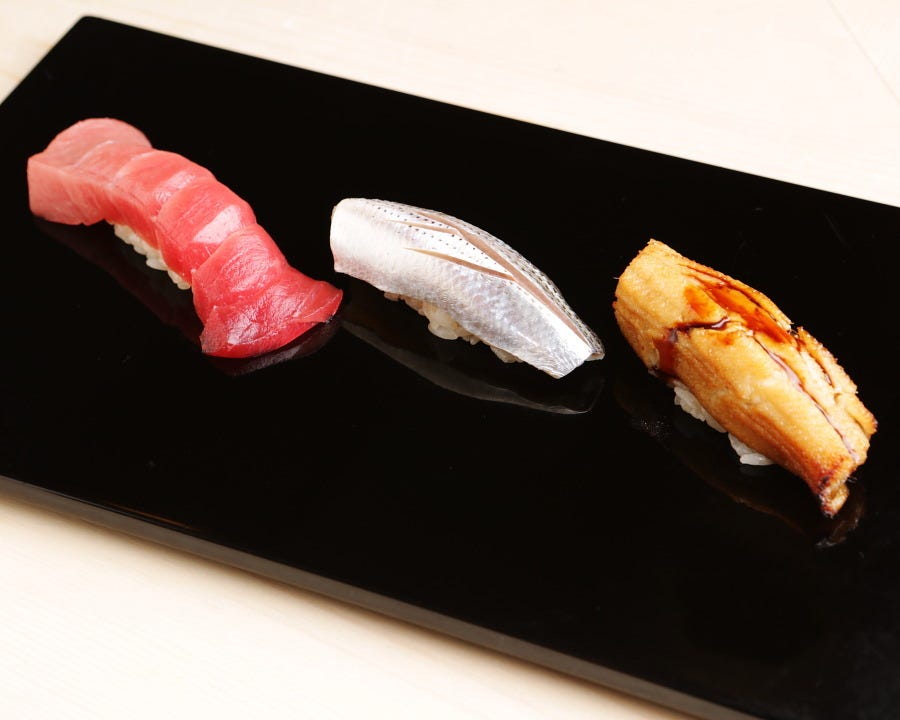
Sushi Kuwano
Sushi restaurant in Tokyo [SUSHILIVE comment] -


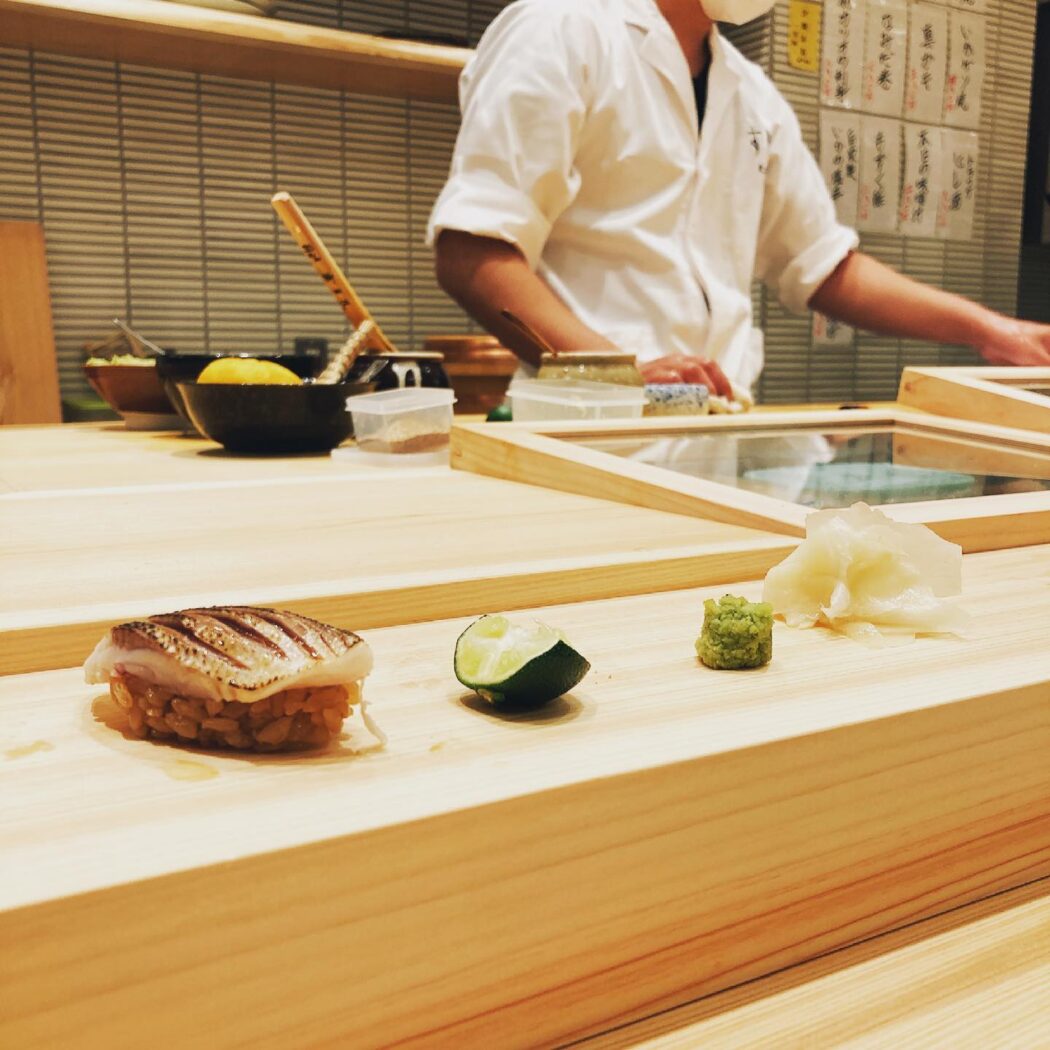
SUSHI KOURIN
Sushi restaurant in Tokyo [SUSHILIVE comment]
Recommended conveyor belt sushi restaurants in Tokyo,Japan
-


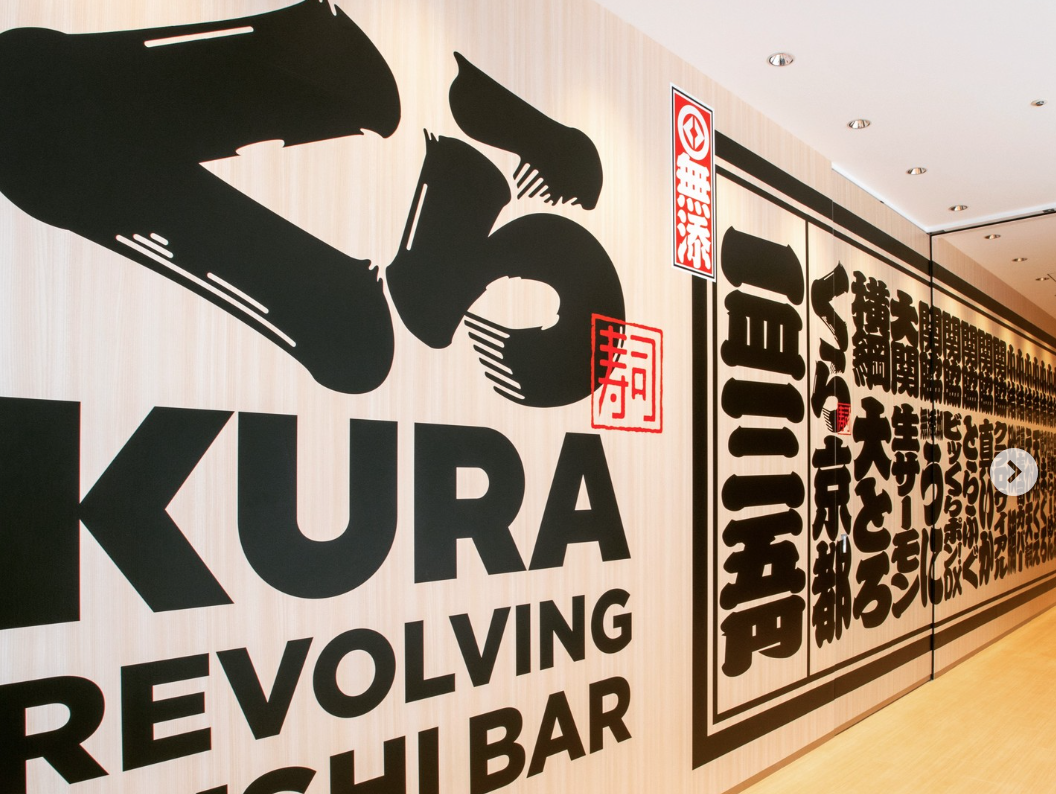
Kurazushi shibuya station
Sushi restaurant in Tokyo [SUSHILIVE comment] -


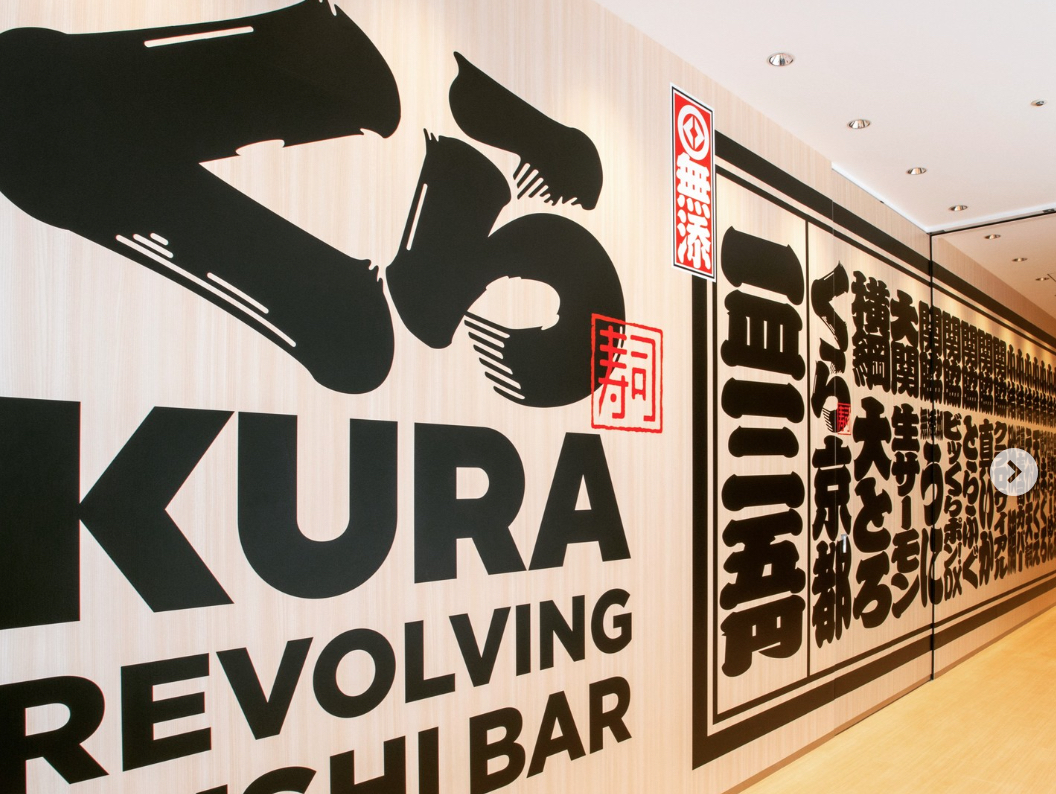
Kura Sushi Global Flagship Store Harajuku
Sushi restaurant in Tokyo [SUSHILIVE comment] -



Sushiro Shibuya Ekimae Store
Sushi restaurant in Tokyo [SUSHILIVE comment] -


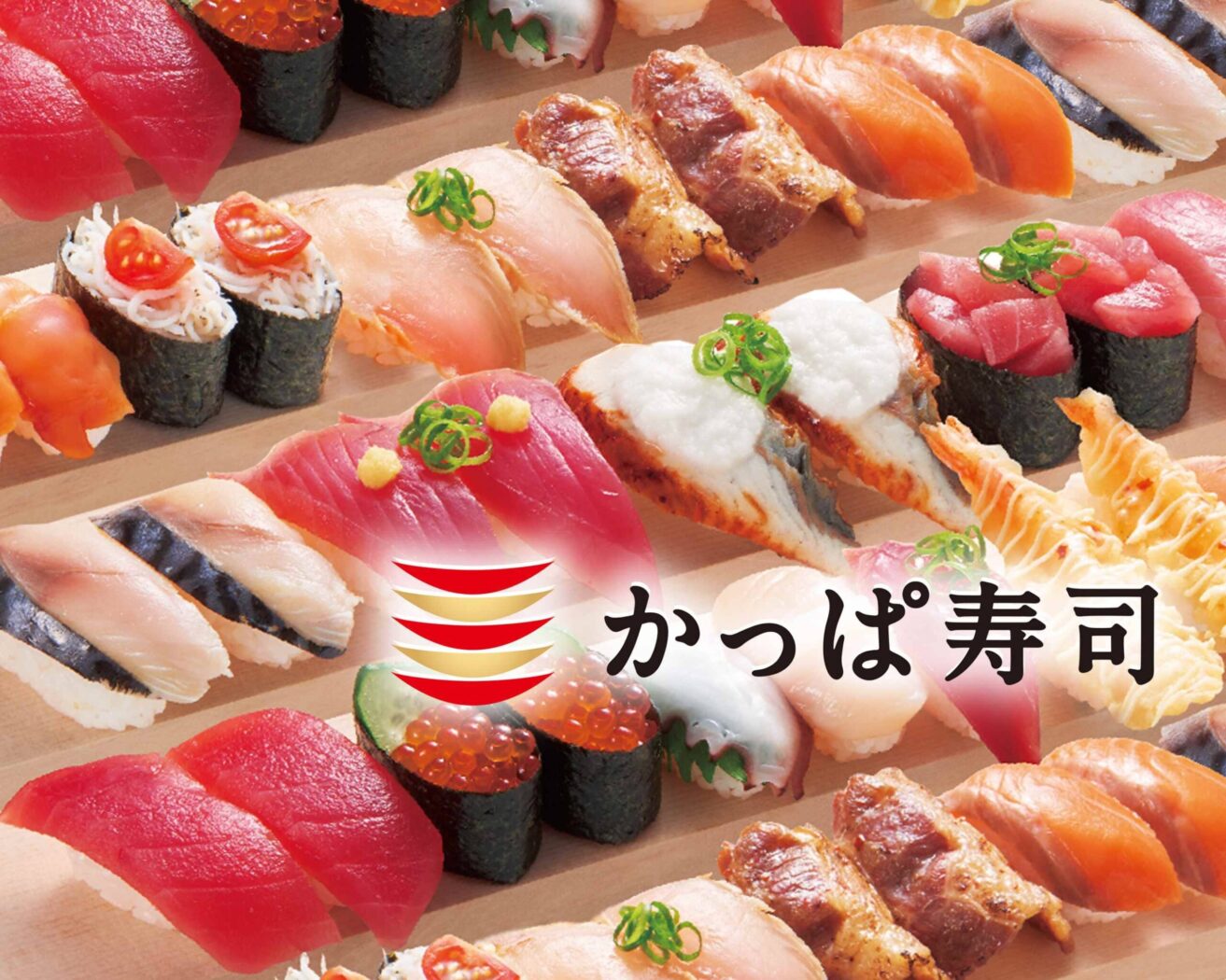
Kappa sushi Shinkoiwa Lumiere
Sushi restaurant in Tokyo [SUSHILIVE comment] -


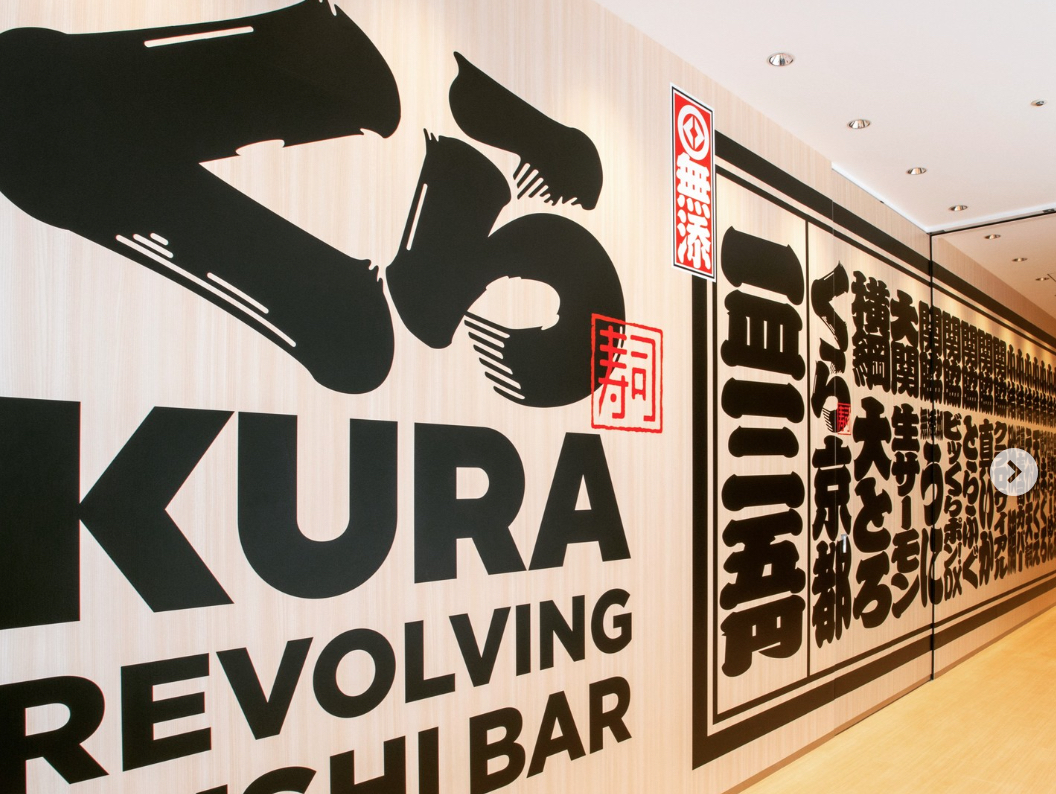
Kura Sushi Edogawa Store
Sushi restaurant in Tokyo [SUSHILIVE comment] -


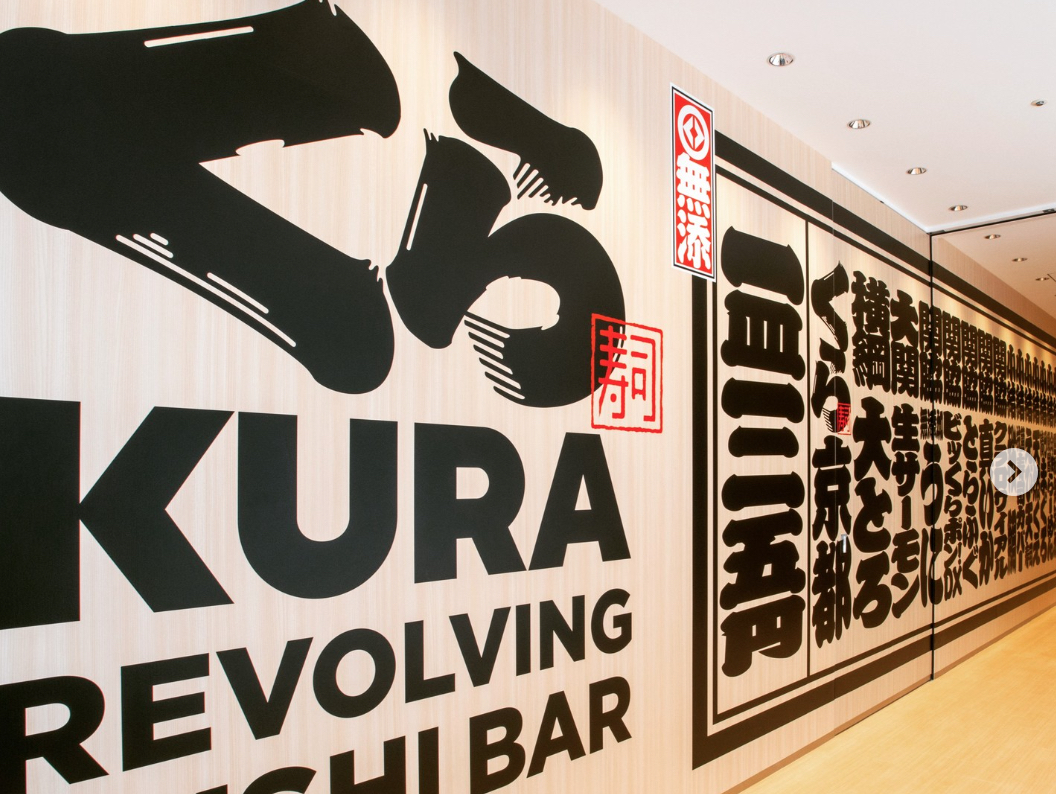
Kura Sushi Shinagawa Ekimae Branch
Sushi restaurant in Tokyo [SUSHILIVE comment] -


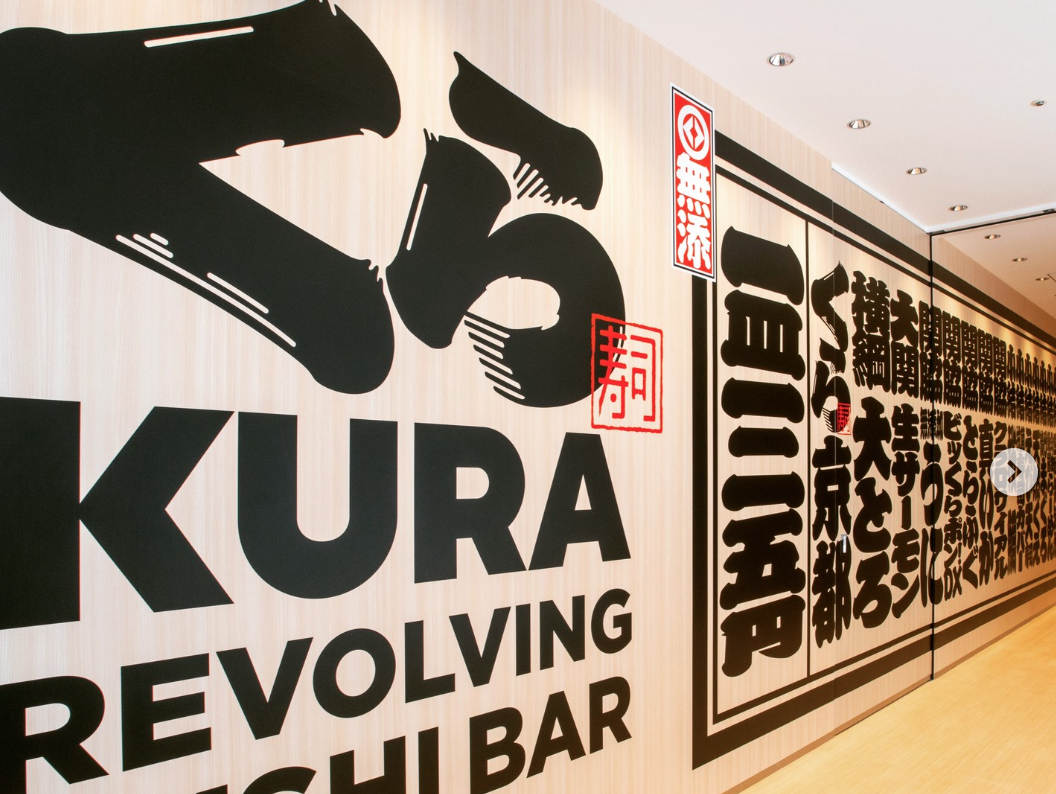
Kura Sushi Minami-Senju Store
Sushi restaurant in Tokyo [SUSHILIVE comment] -


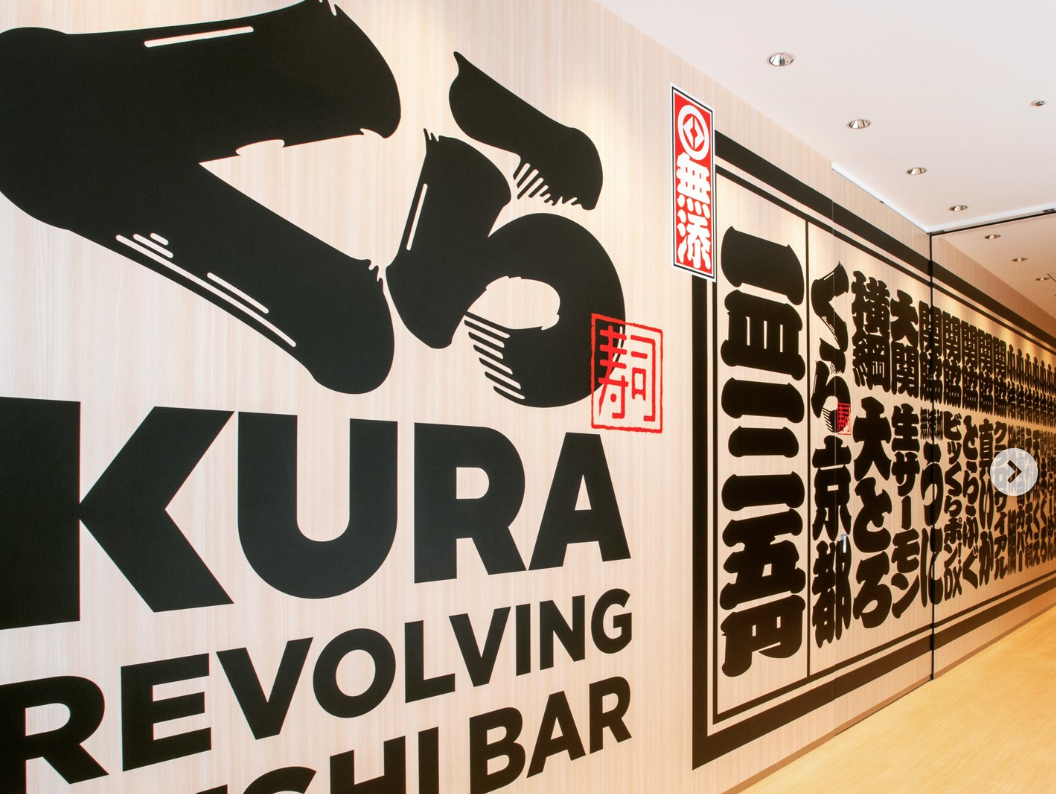
Kura Sushi Nitori Koganei
Sushi restaurant in Tokyo [SUSHILIVE comment] -


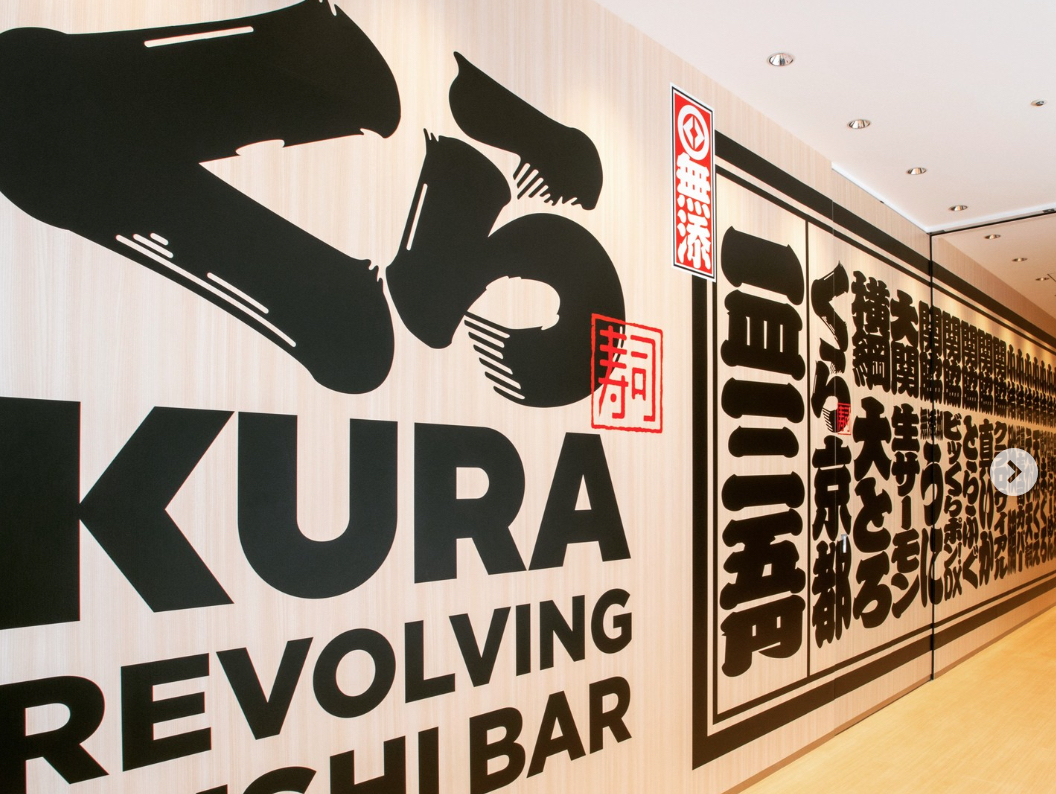
Kura Sushi Akishima Ekimae Branch
Sushi restaurant in Tokyo [SUSHILIVE comment] -


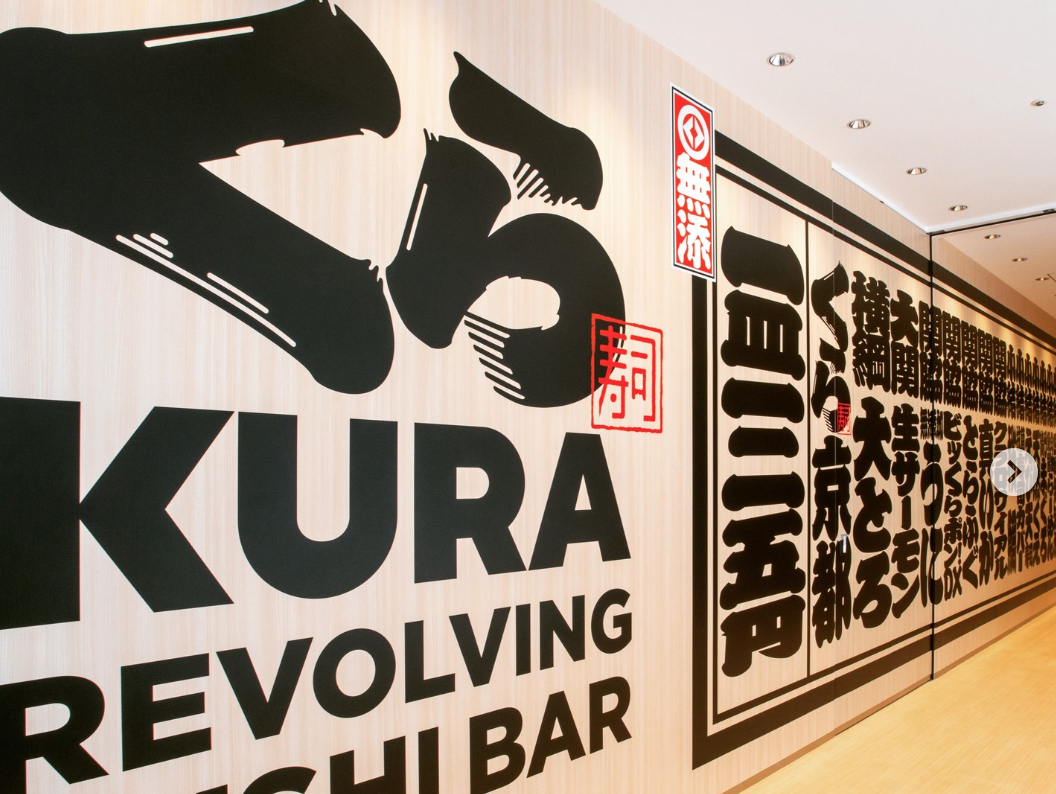
Kura Sushi Nitori Inakusa Hachimangu
Sushi restaurant in Tokyo [SUSHILIVE comment] -


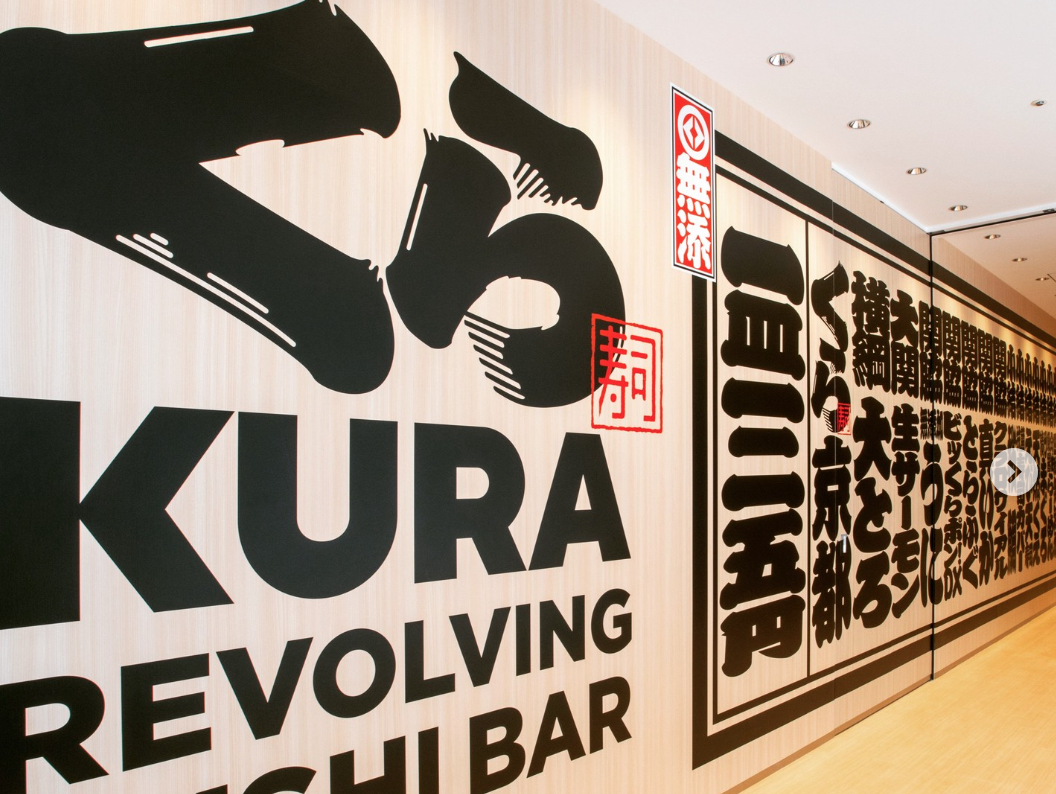
Kura Sushi Hibarigaoka Store
Sushi restaurant in Tokyo [SUSHILIVE comment] -


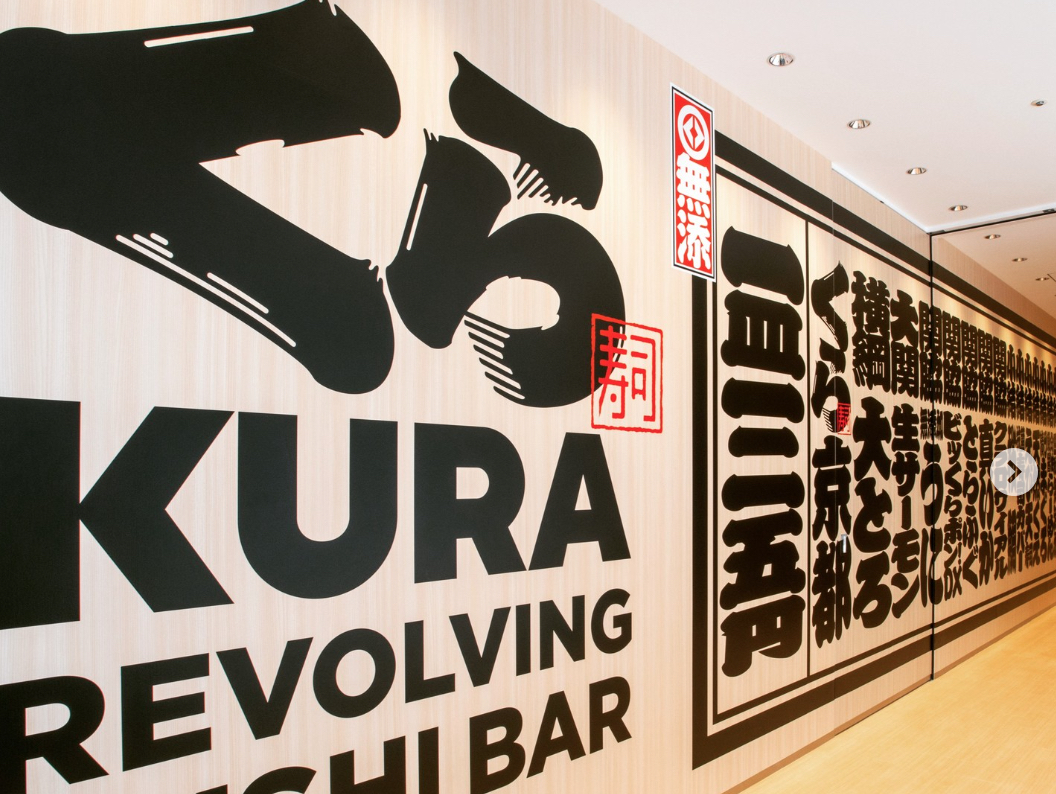
Kura Sushi Ome Store
Sushi restaurant in Tokyo [SUSHILIVE comment] -


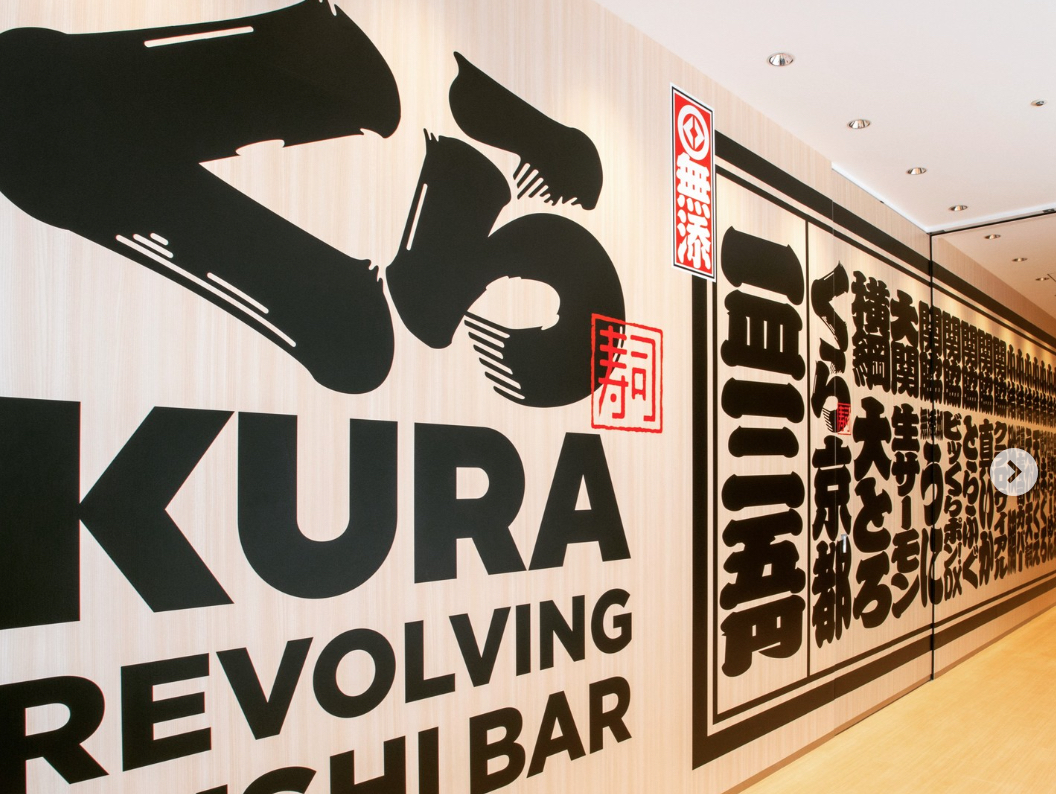
Kura Sushi Adachi Gangbei Store
Sushi restaurant in Tokyo [SUSHILIVE comment] -


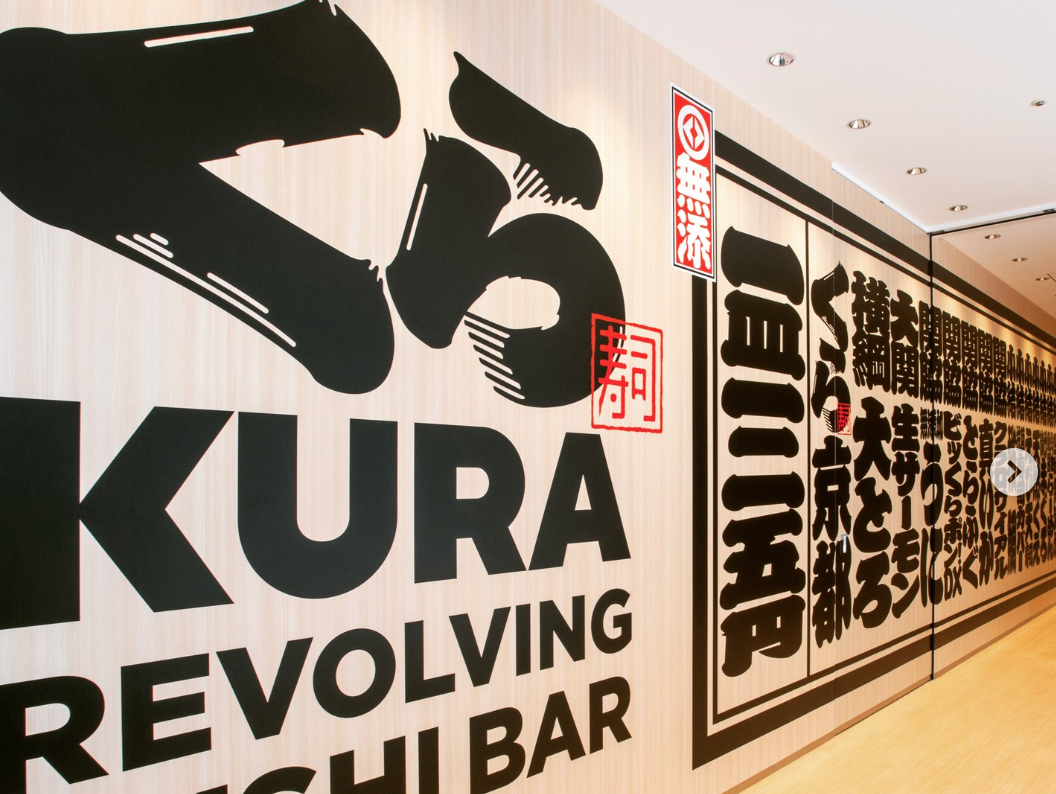
Kura Sushi Nitori Adachi Aoi
Sushi restaurant in Tokyo [SUSHILIVE comment] -


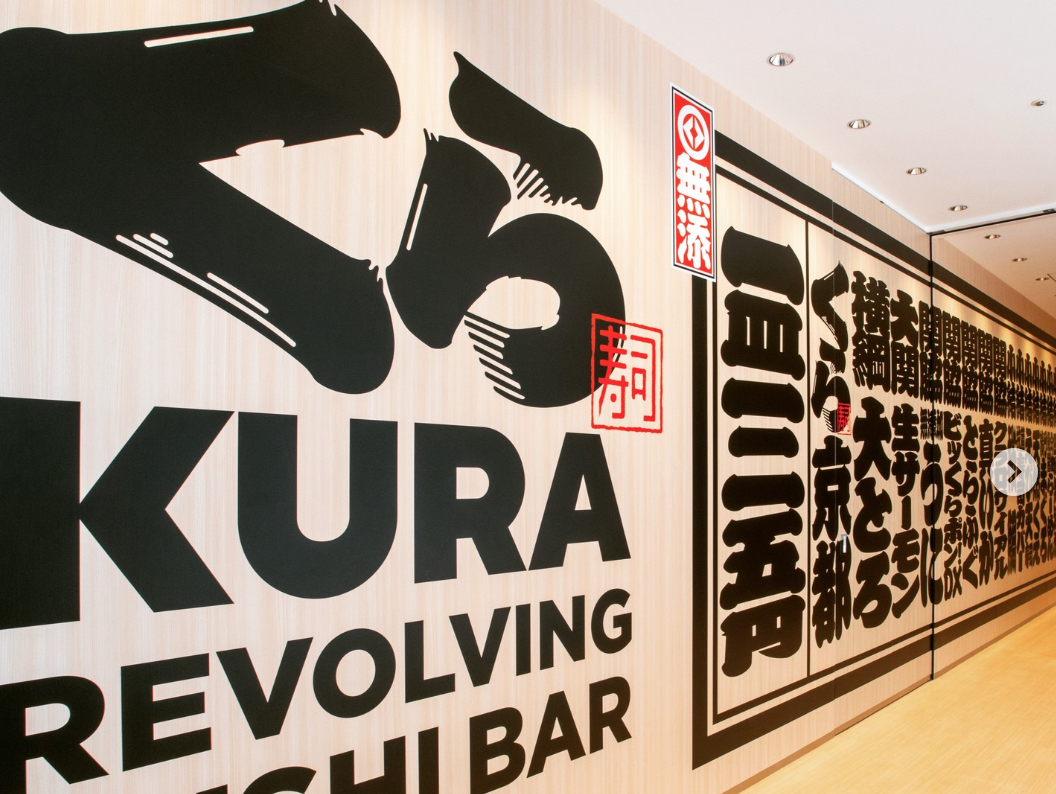
Kura Sushi Chofu Tsutsujigaoka Store
Sushi restaurant in Tokyo [SUSHILIVE comment] -


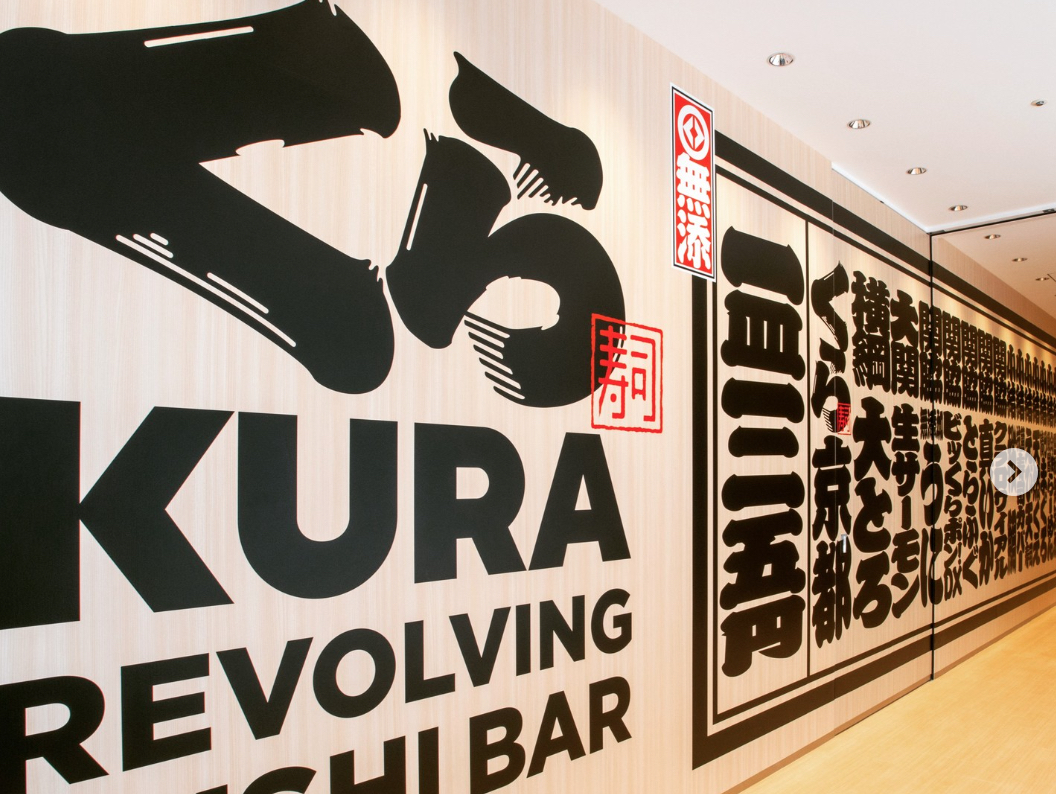
Kura Sushi Nitori Todaiwa
Sushi restaurant in Tokyo [SUSHILIVE comment] -


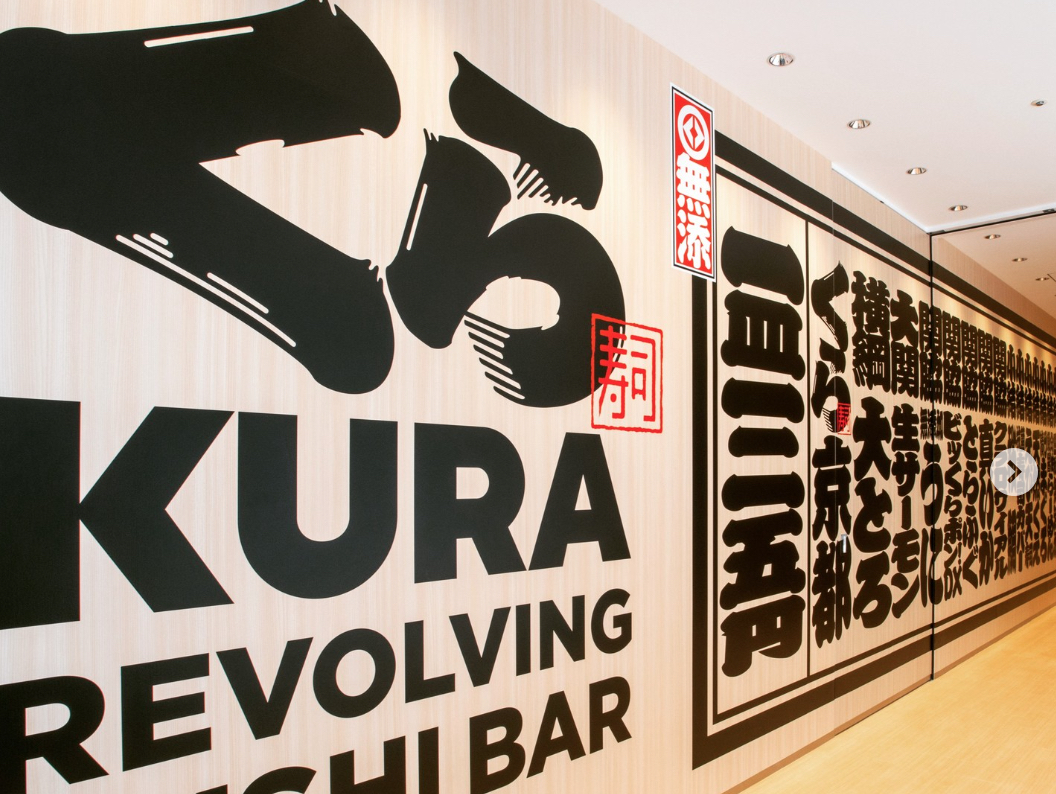
Kura Sushi Hachioji Interchange
Sushi restaurant in Tokyo [SUSHILIVE comment] -


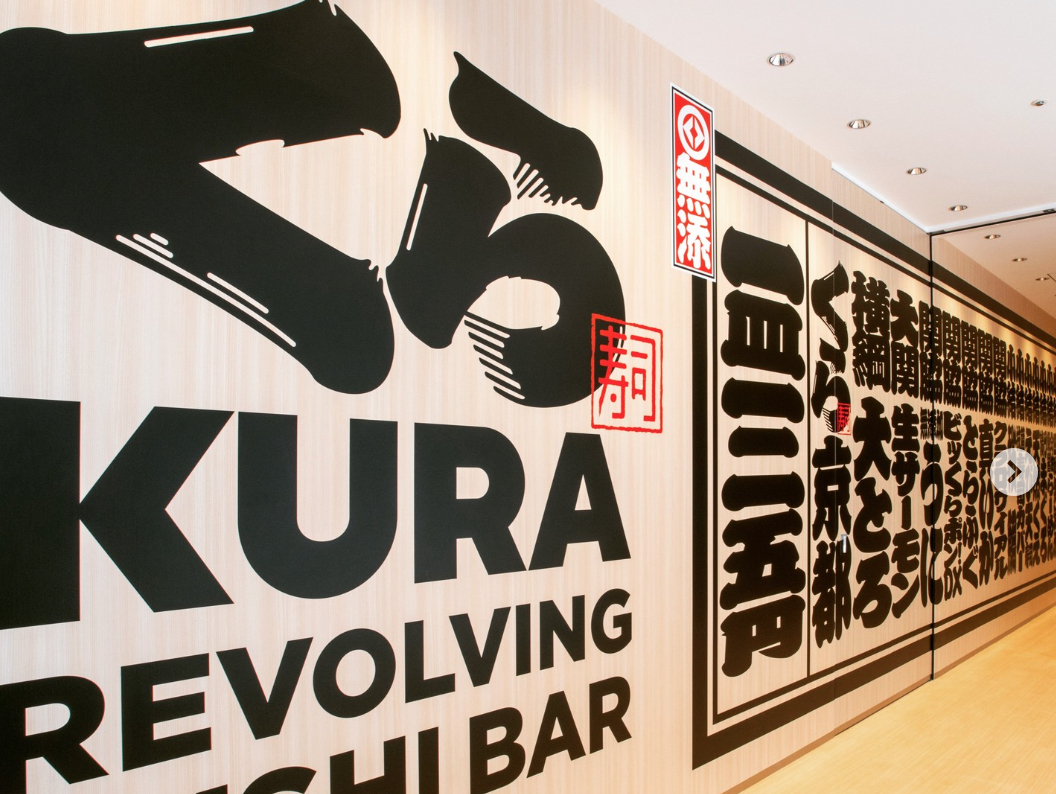
Kura Sushi Tama New Town Store
Sushi restaurant in Tokyo [SUSHILIVE comment] -


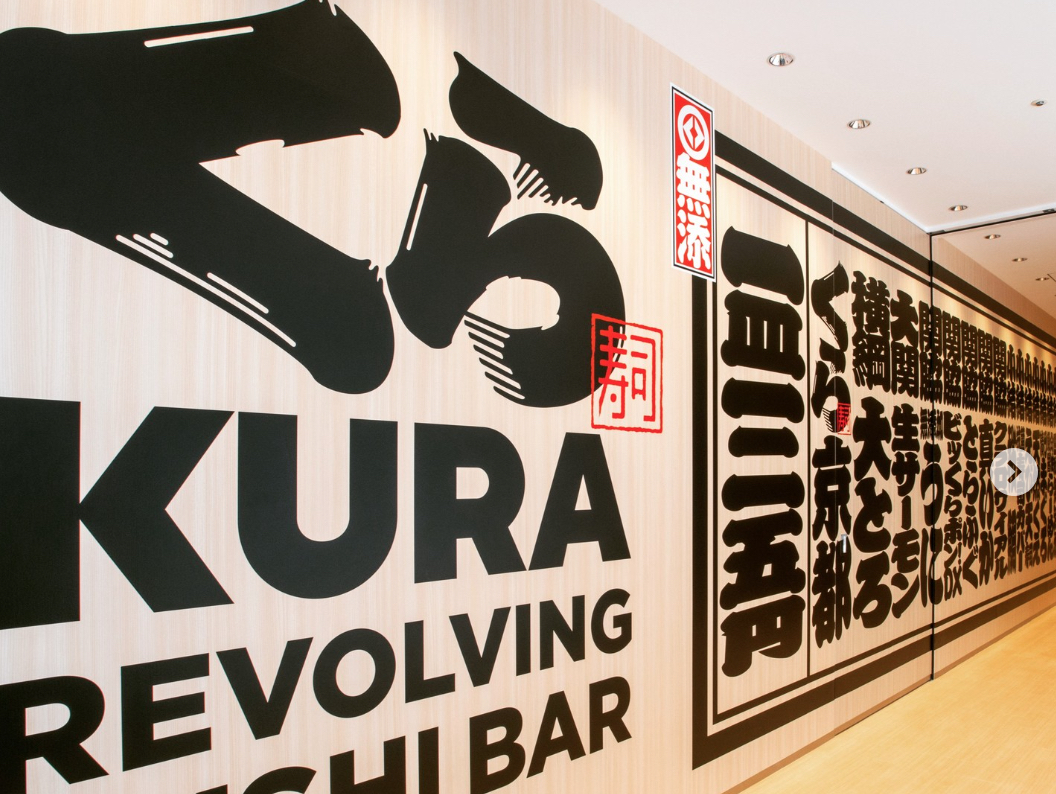
Kura Sushi Mejirodai Store
Sushi restaurant in Tokyo [SUSHILIVE comment] -


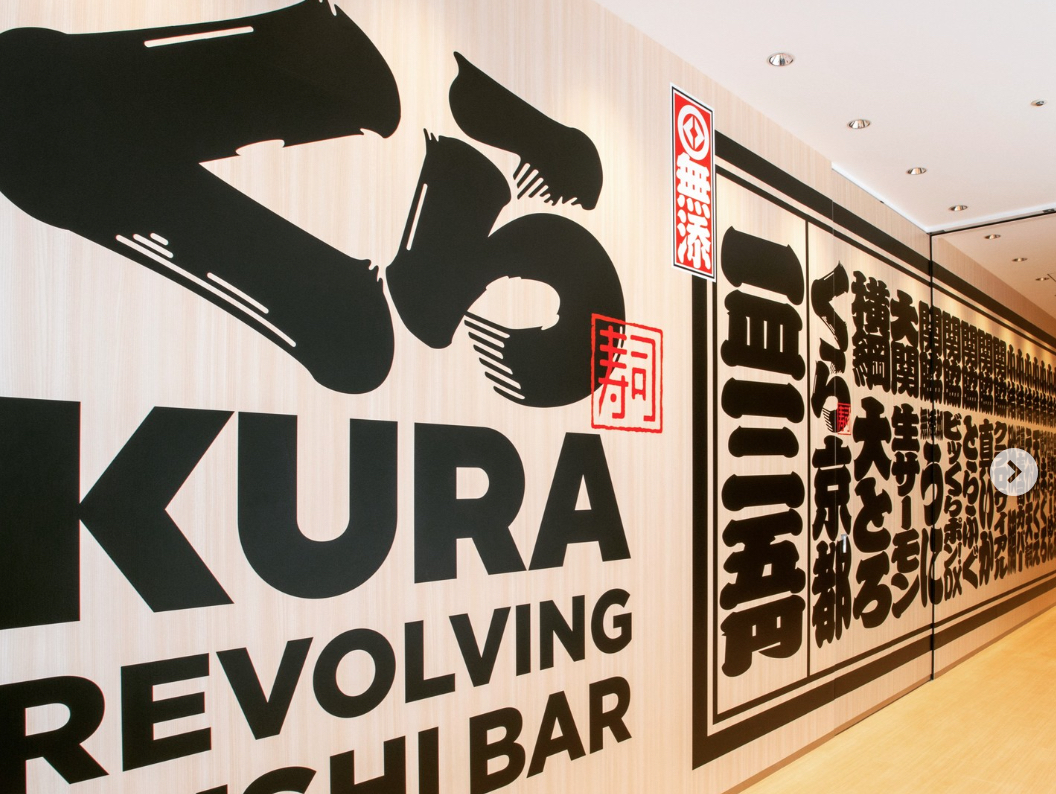
Kura Sushi Seven Town Azusawa Store
Sushi restaurant in Tokyo [SUSHILIVE comment] -


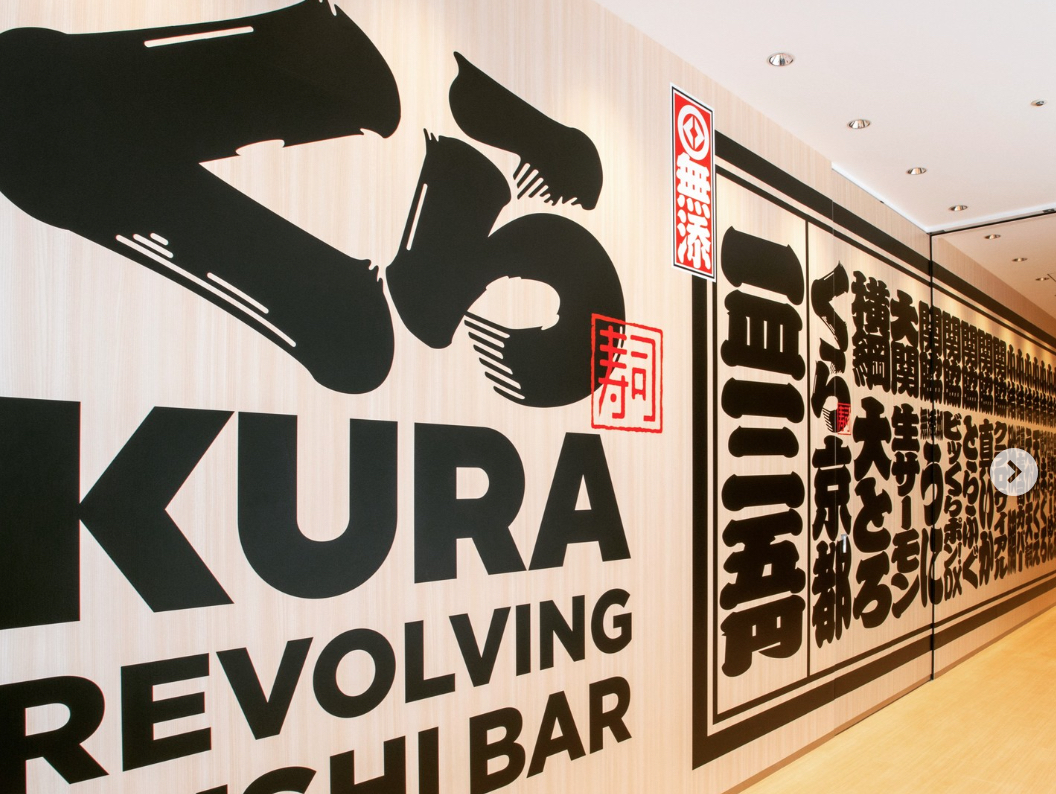
Kura Sushi Fuchu Store
Sushi restaurant in Tokyo [SUSHILIVE comment] -


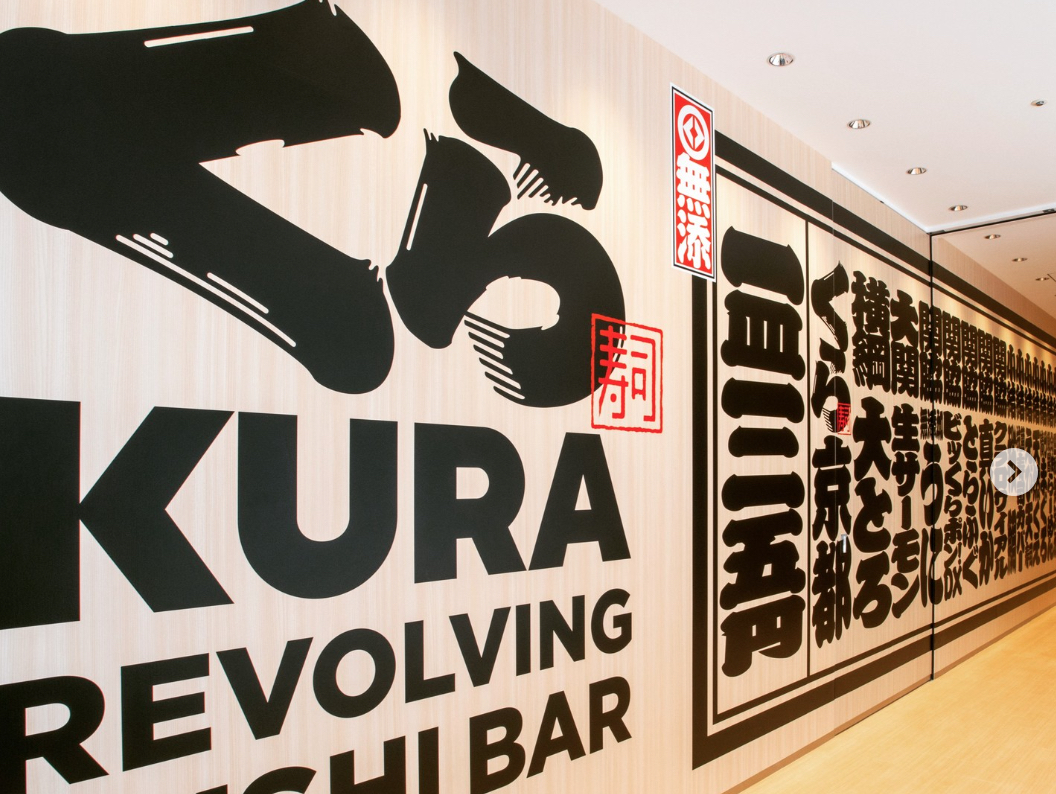
Kura Sushi Nitori Togashima
Sushi restaurant in Tokyo [SUSHILIVE comment] -


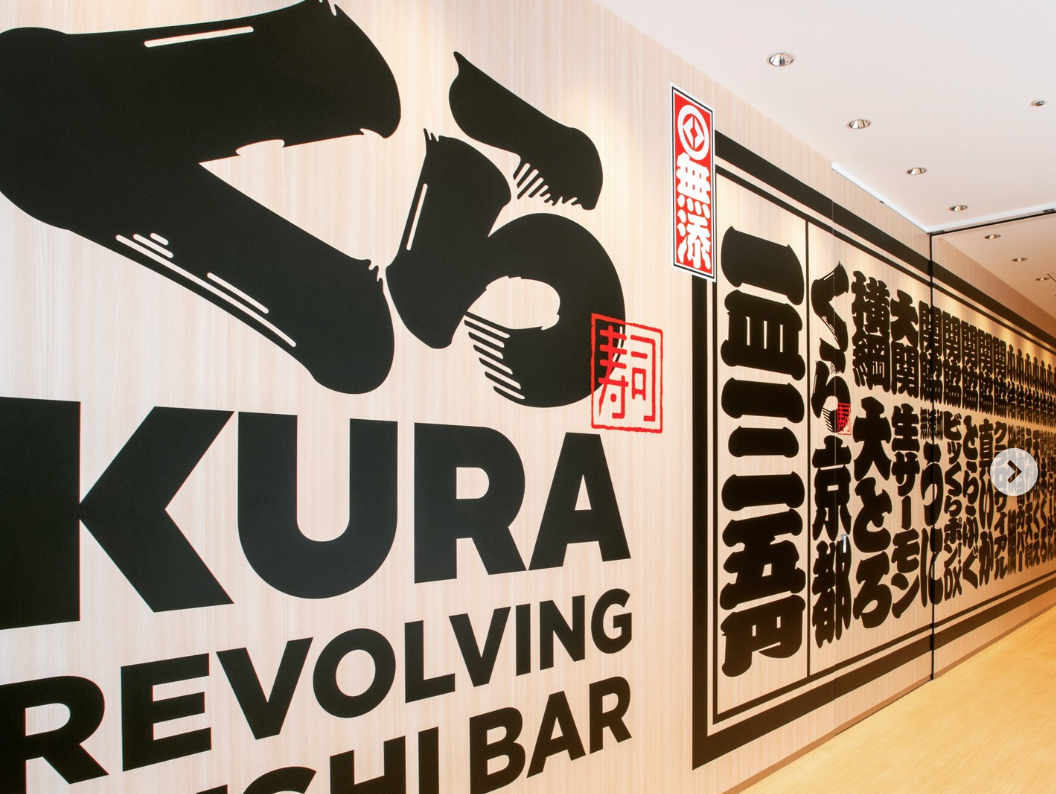
Kura Sushi Tachikawa Store
Sushi restaurant in Tokyo [SUSHILIVE comment] -


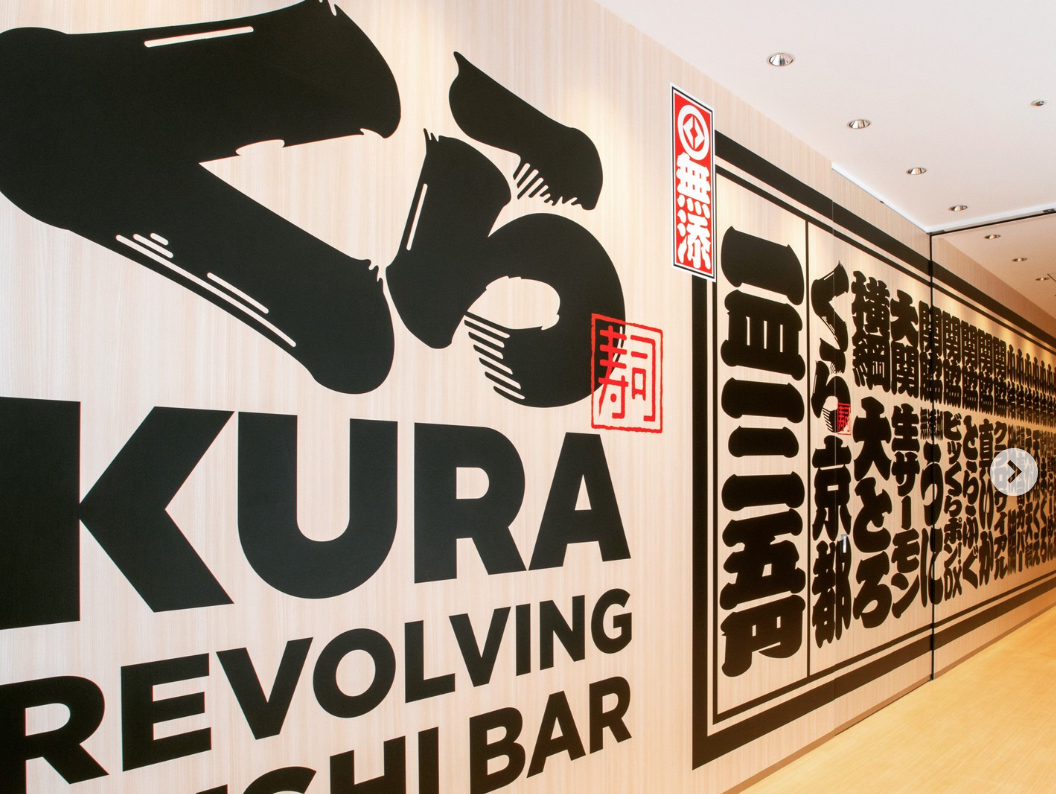
Kura Sushi Oizumi Interchange
Sushi restaurant in Tokyo [SUSHILIVE comment] -


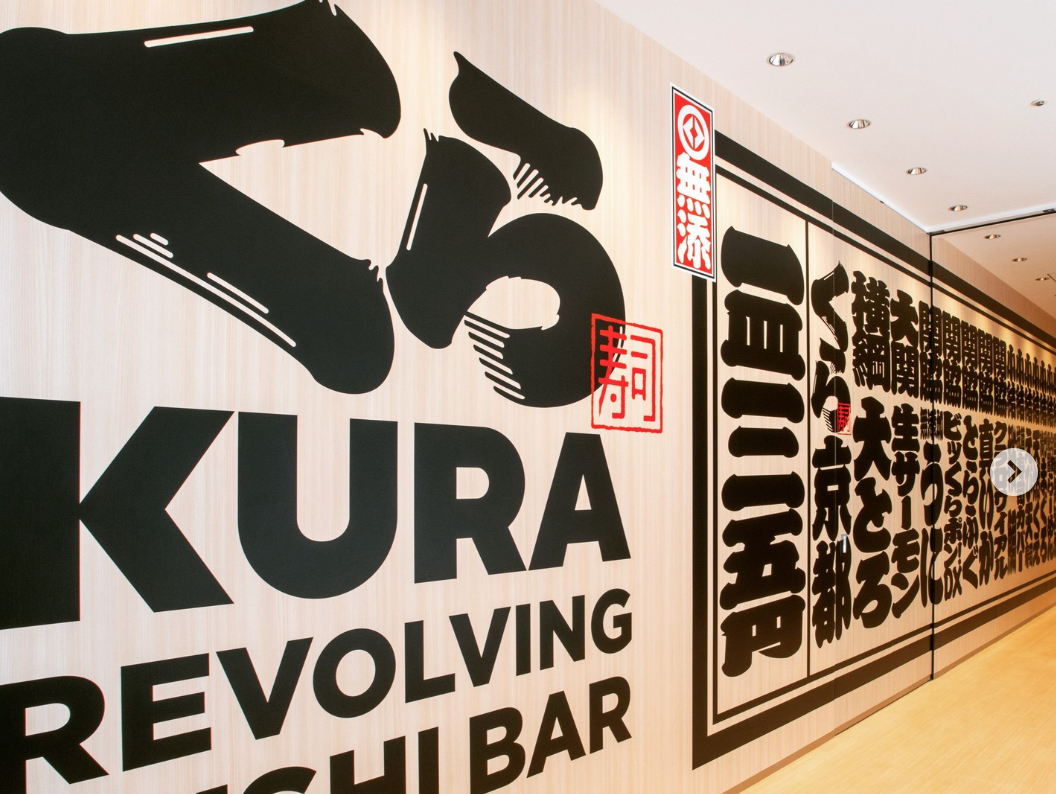
Kura Sushi Setagaya Bajikouen
Sushi restaurant in Tokyo [SUSHILIVE comment] -


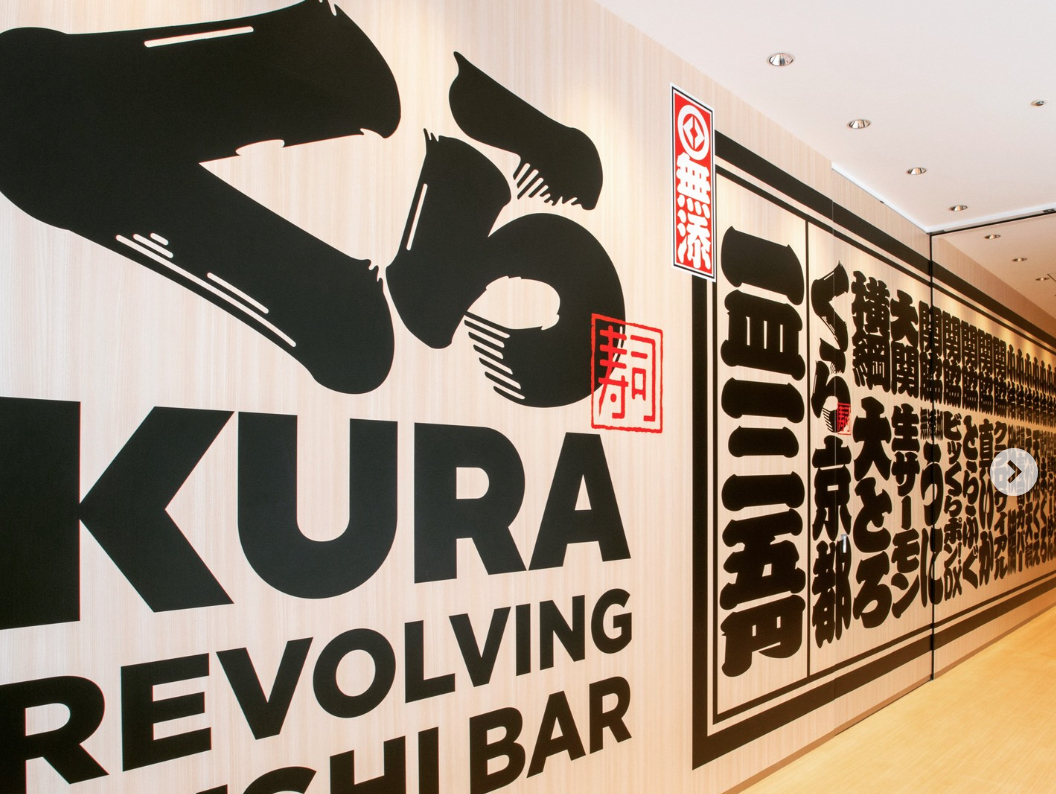
Kura Sushi Setagaya Kitami
Sushi restaurant in Tokyo [SUSHILIVE comment] -


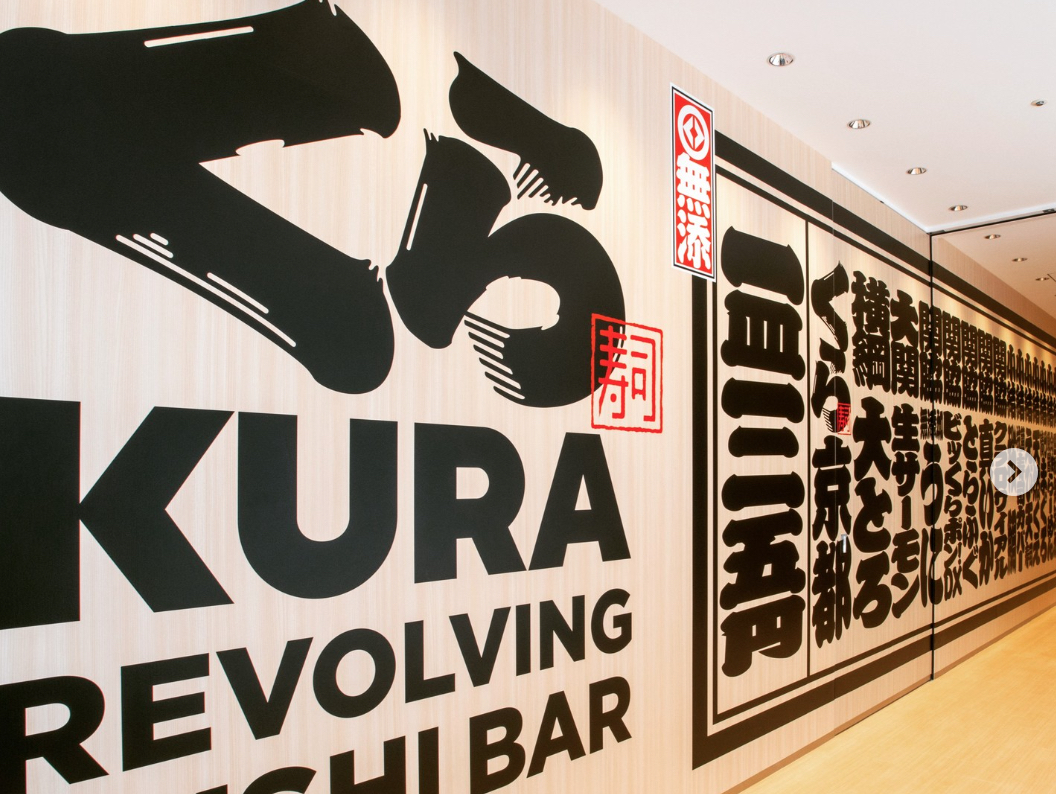
Kura Sushi Musashino Nishikubo
Sushi restaurant in Tokyo [SUSHILIVE comment] -


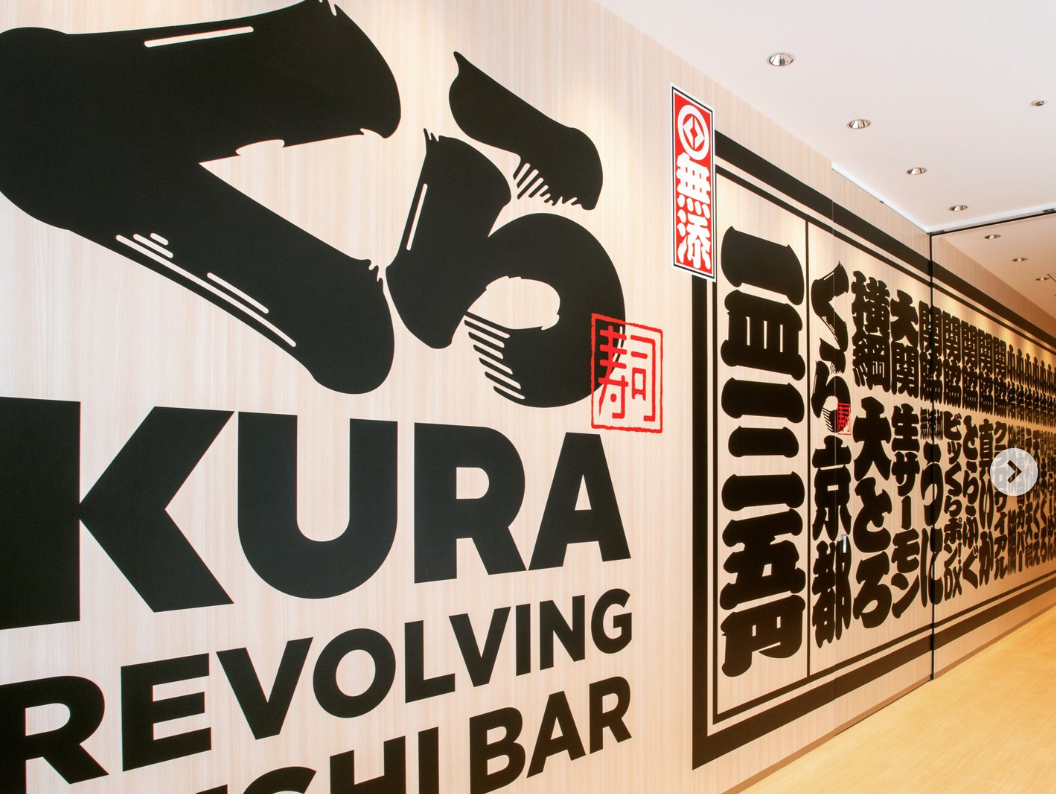
Kura Sushi Takashimadaira Store
Sushi restaurant in Tokyo [SUSHILIVE comment] -


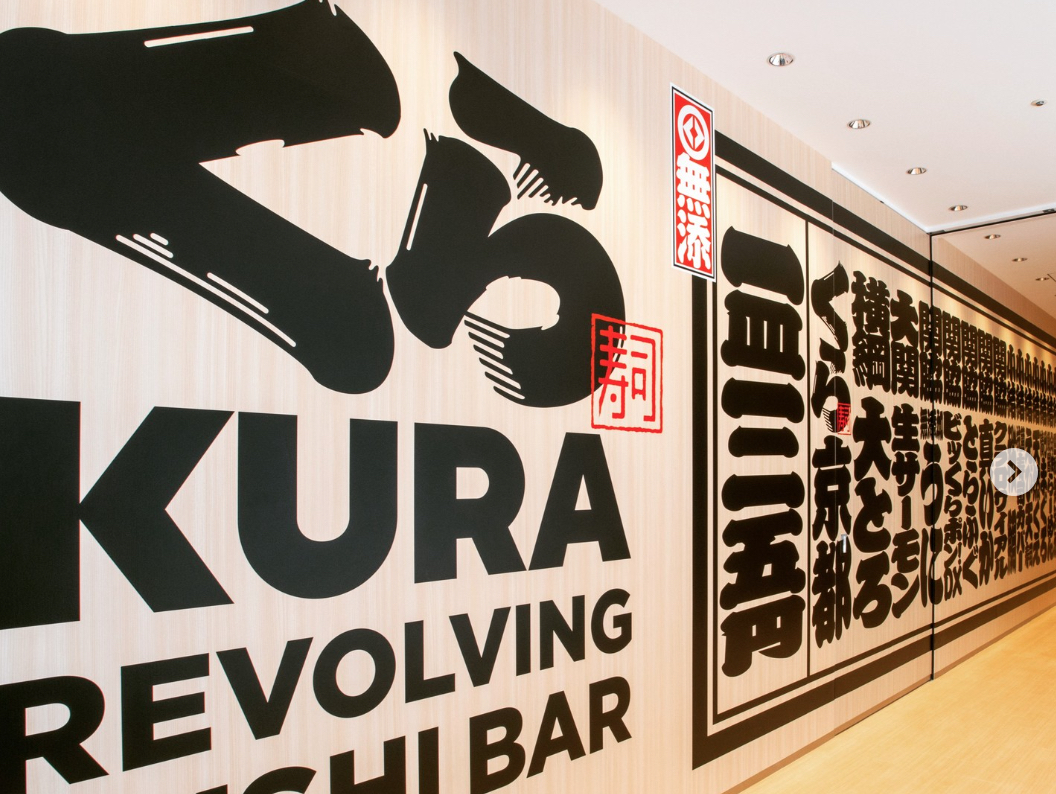
Kura Sushi Ikebukuro East Exit Store
Sushi restaurant in Tokyo [SUSHILIVE comment] -


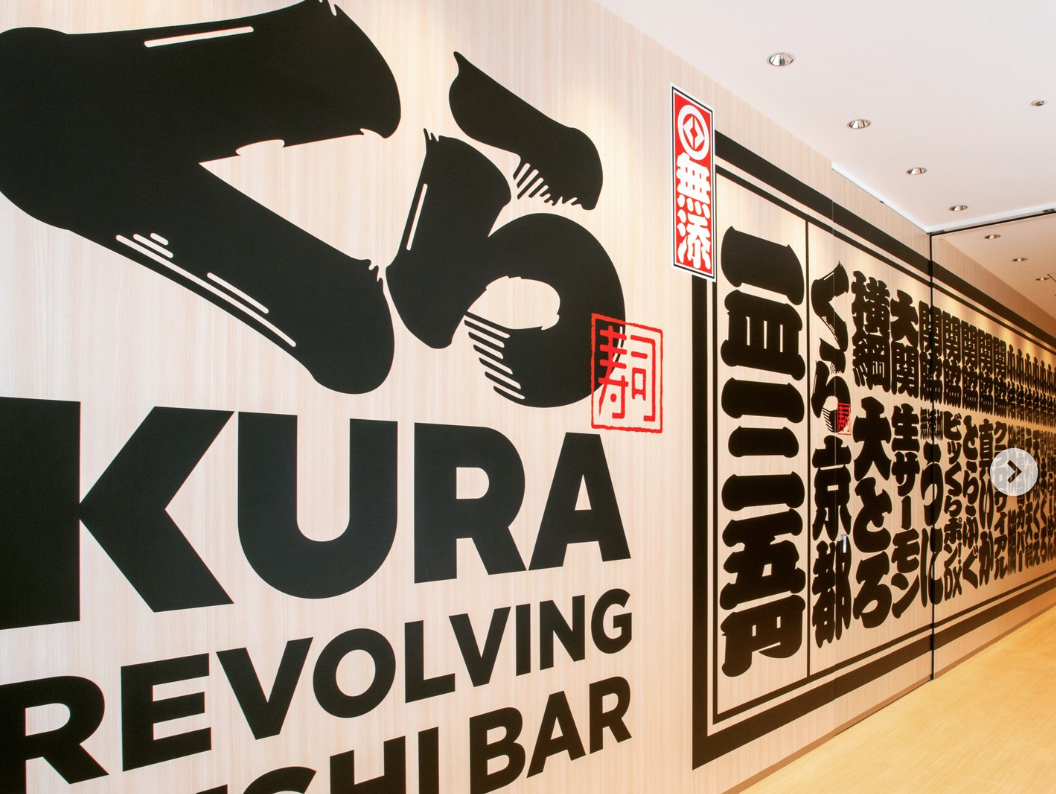
Kura Sushi Nitori Donggasi
Sushi restaurant in Tokyo [SUSHILIVE comment]
Recommended sushi restaurants in Osaka,Japan
-


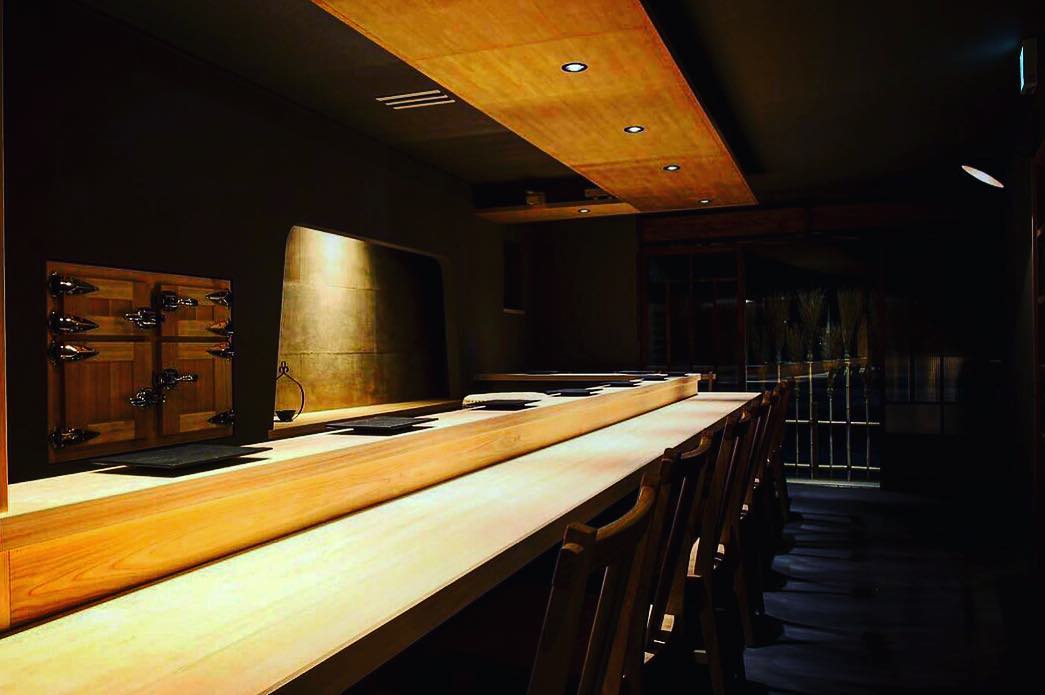
Sushi Sanshin
Sushi restaurant in Osaka [SUSHILIVE comment] -



Sushi Ohata
Sushi restaurant in Osaka [SUSHILIVE comment] -



Sushi Minazuki
Sushi restaurant in Osaka [SUSHILIVE comment] -


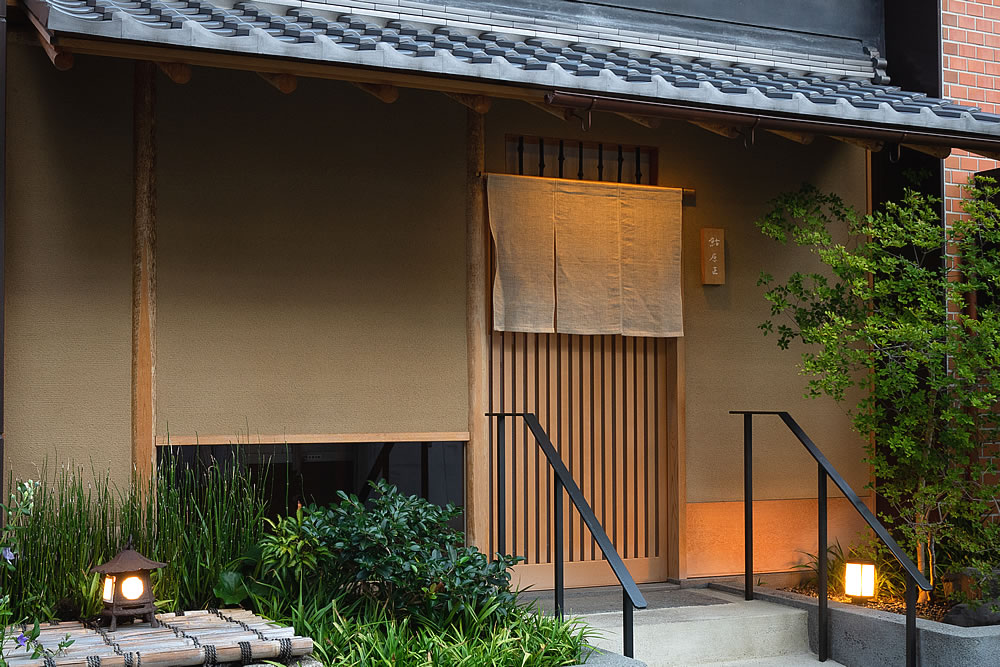
Sushi Harasho
Sushi restaurant in Osaka [SUSHILIVE comment] -



Sushisho Nehachi
Sushi restaurant in Osaka [SUSHILIVE comment] -


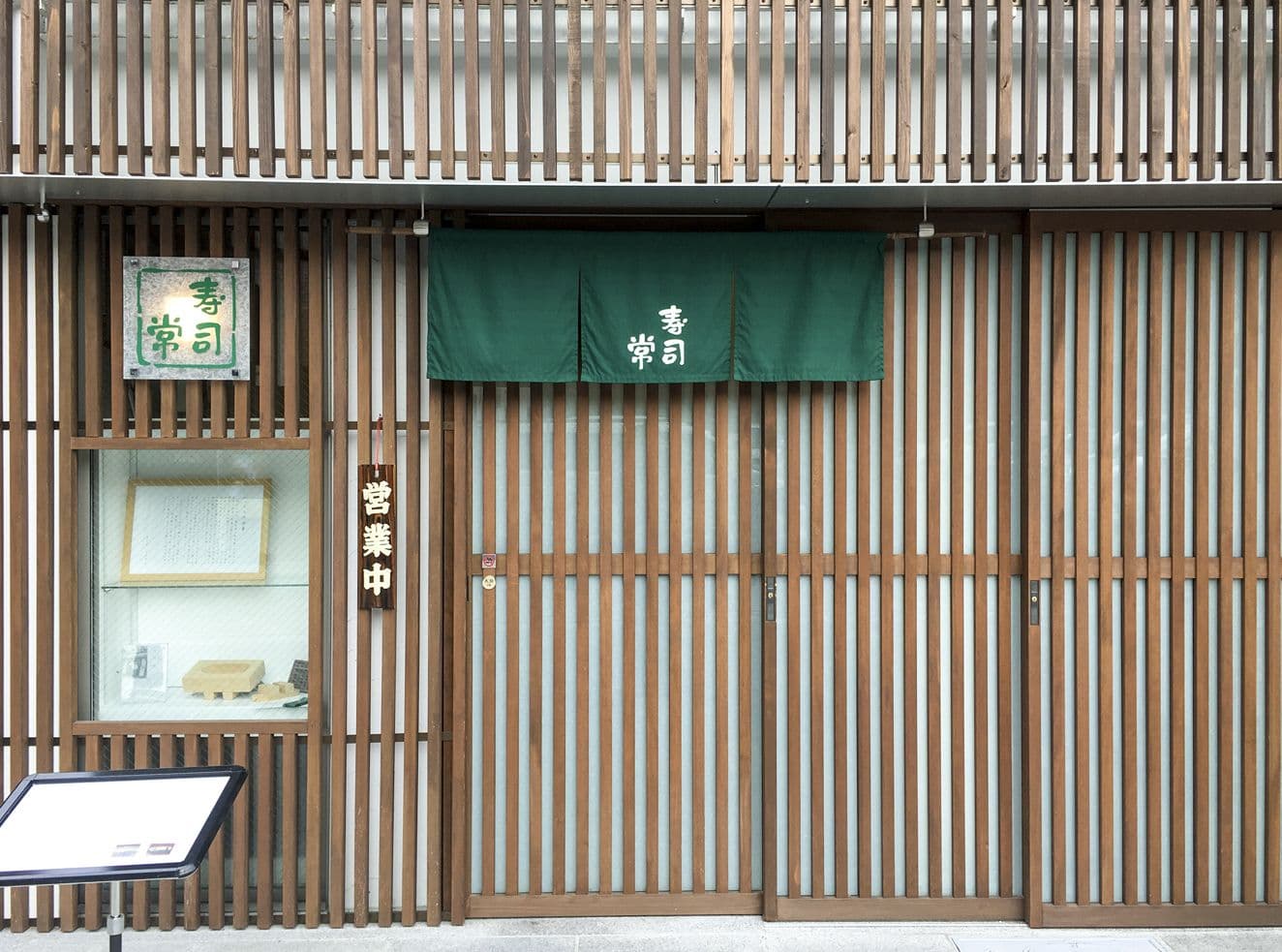
Sushitsune
Sushi restaurant in Osaka [SUSHILIVE comment] -



Sakamoto Sushi
Sushi restaurant in Osaka [SUSHILIVE comment] -



Sushi Marumine
Sushi restaurant in Osaka [SUSHILIVE comment] -


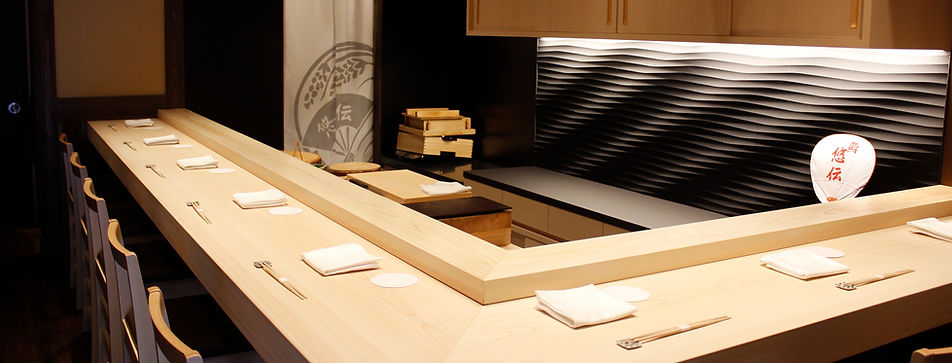
Sushi Yuden
Sushi restaurant in Osaka [SUSHILIVE comment] -



Sushi Murakami Jiro
Sushi restaurant in Osaka [SUSHILIVE comment] -


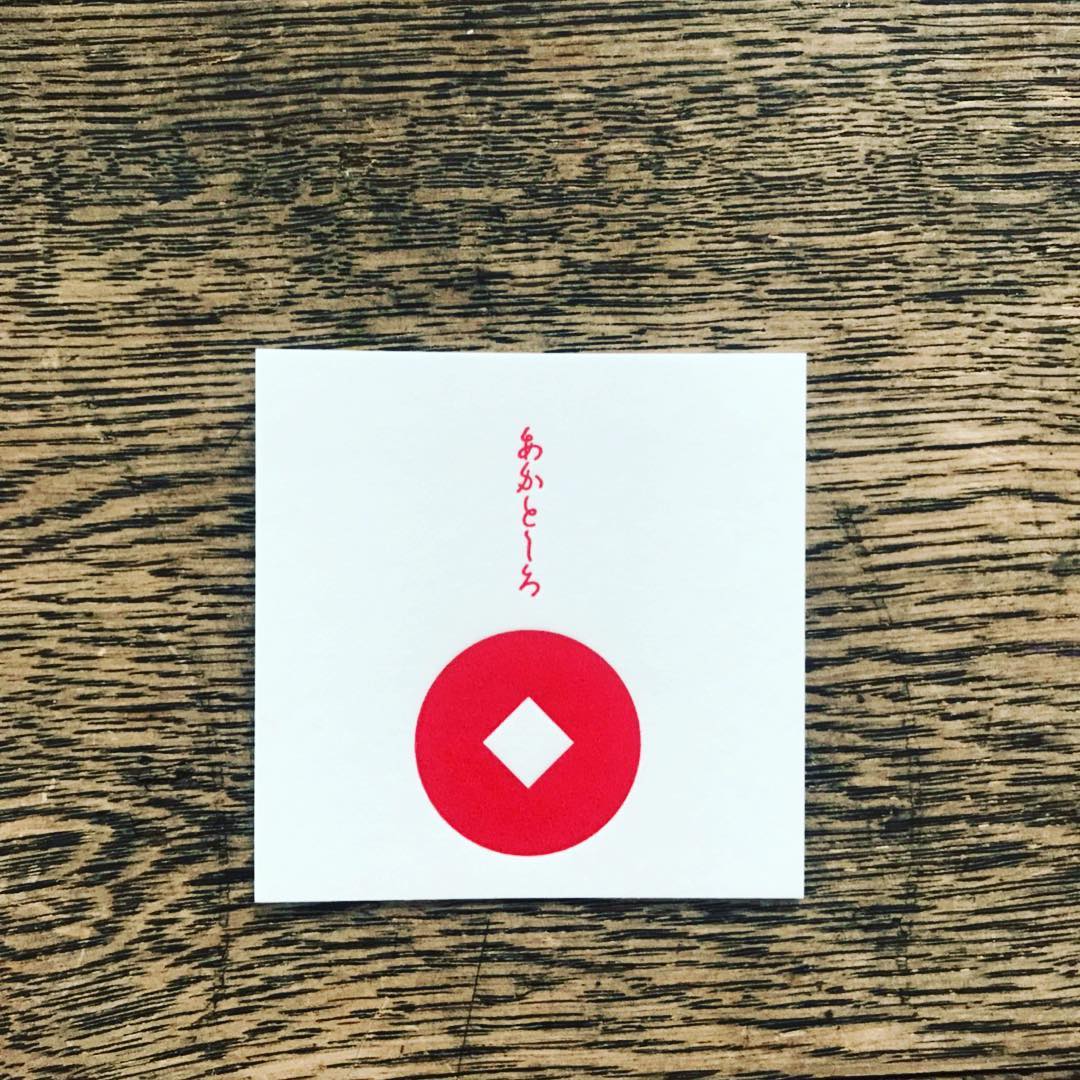
AKA to SHIRO
Sushi restaurant in Osaka [SUSHILIVE comment] -



Sushi Hoshiyama
Sushi restaurant in Osaka [SUSHILIVE comment] -



Sushidokoro Kaihara
Sushi restaurant in Osaka [SUSHILIVE comment] -



Sushiroku
Sushi restaurant in Osaka [SUSHILIVE comment] -


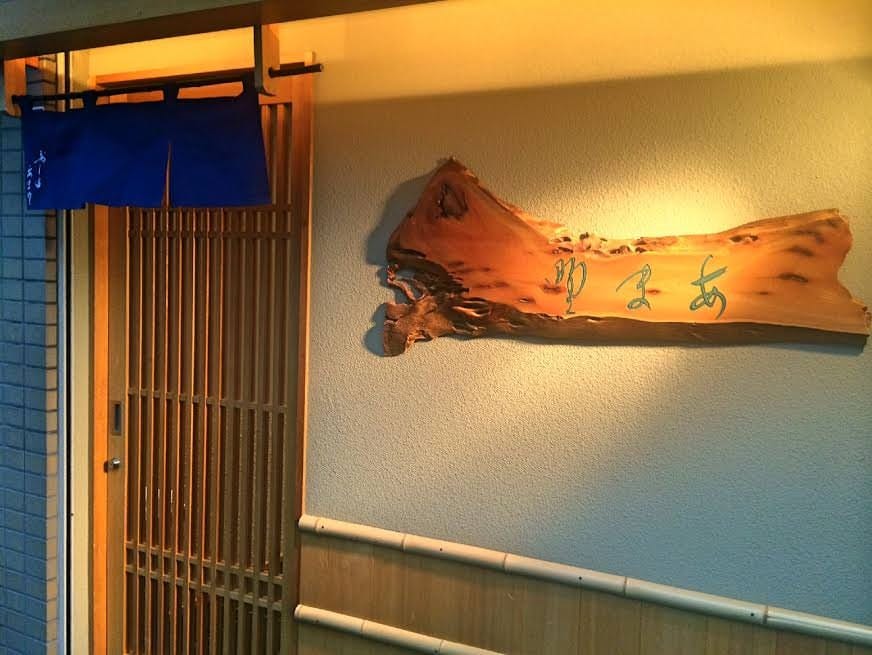
Sushidokoro Amano
Sushi restaurant in Osaka [SUSHILIVE comment] -


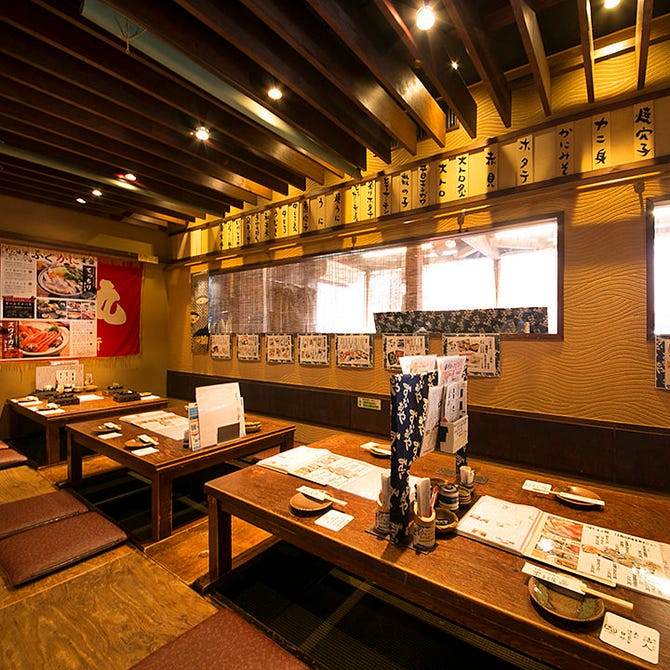
Sushimaruya Higashimikuni Branch
Sushi restaurant in Osaka [SUSHILIVE comment] -


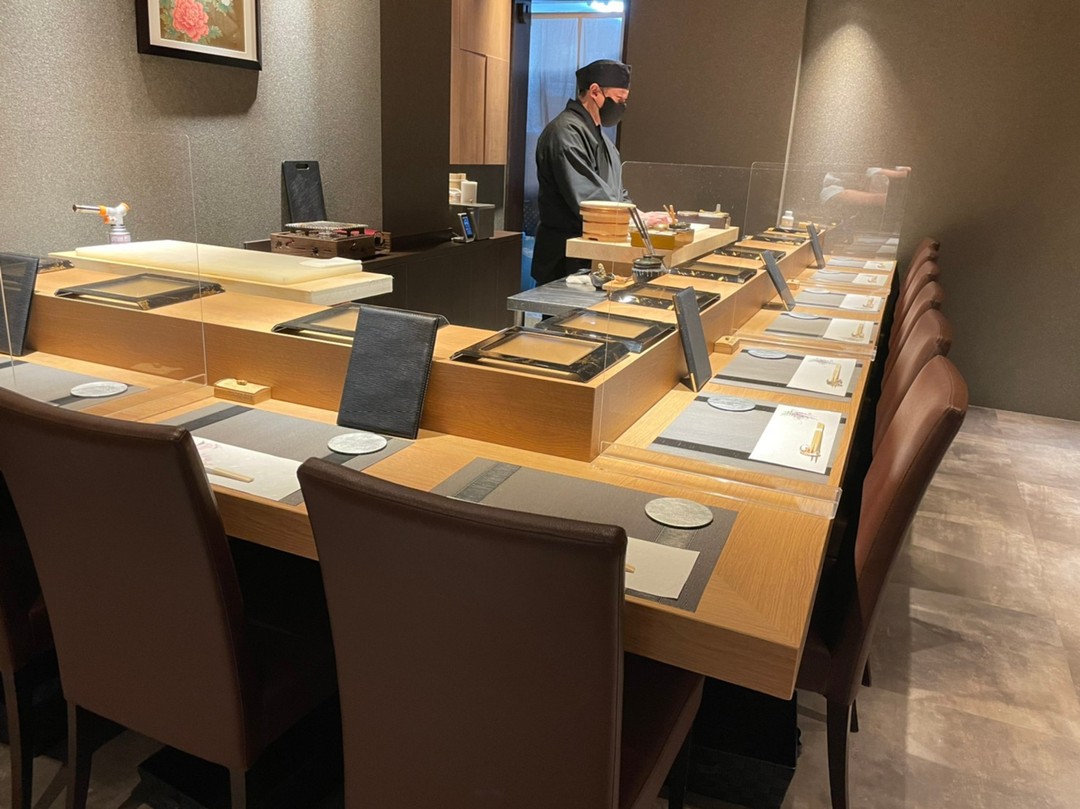
Osaka Kyobashi Sushi Kuroshio Kaikoh [former name] Kyobashi Sushi Sublime
Sushi restaurant in Osaka [SUSHILIVE comment] -


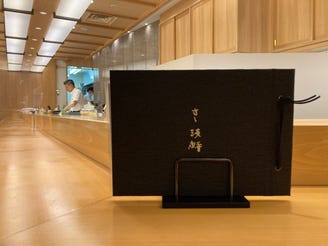
Cynoglossus joyneri
Sushi restaurant in Osaka [SUSHILIVE comment] -


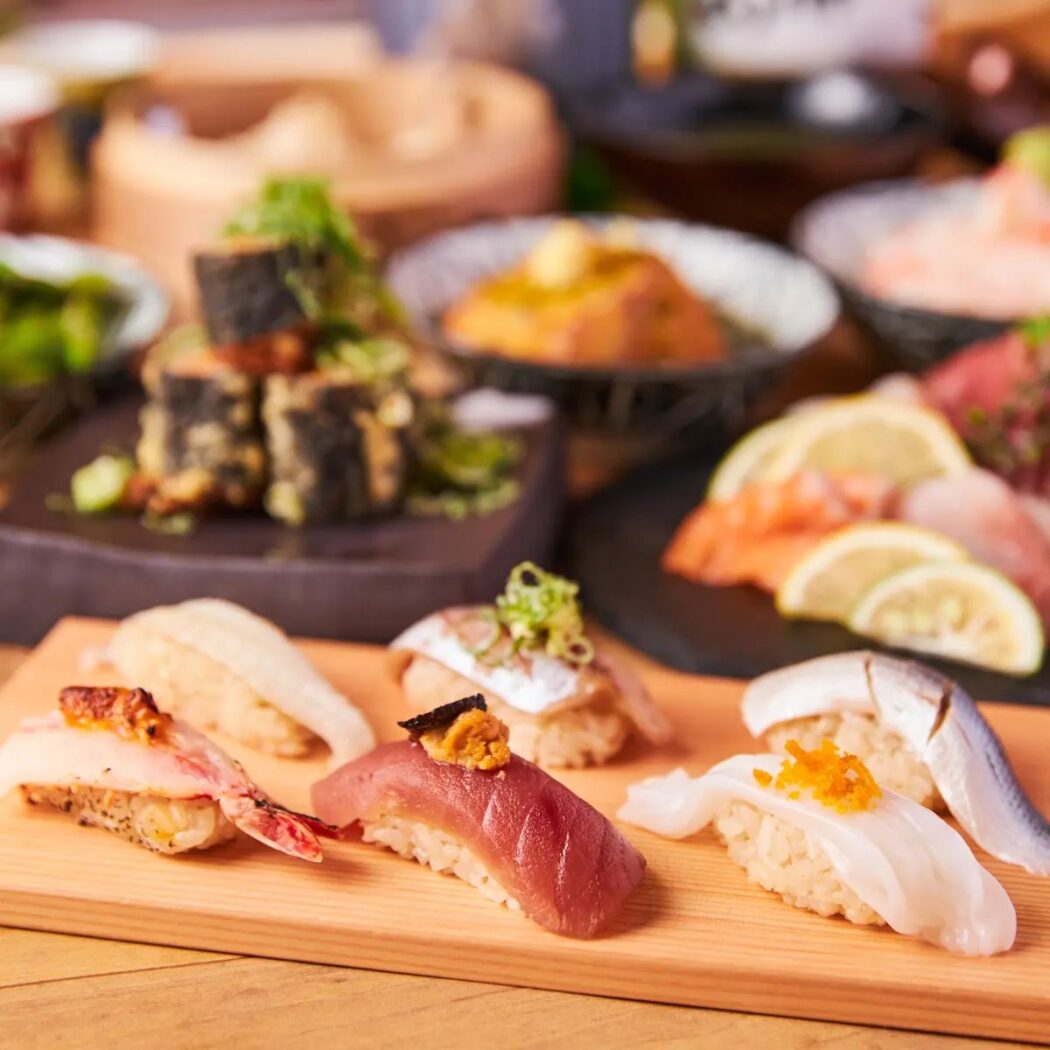
Urananba Sakana Ebisu Namba Sennichimae
Sushi restaurant in Osaka [SUSHILIVE comment] -



Sushi Kobo Nagamasa
Sushi restaurant in Osaka [SUSHILIVE comment] -



KISSAKI , Shinsaibashi, Tokyo
Sushi restaurant in Osaka [SUSHILIVE comment] -


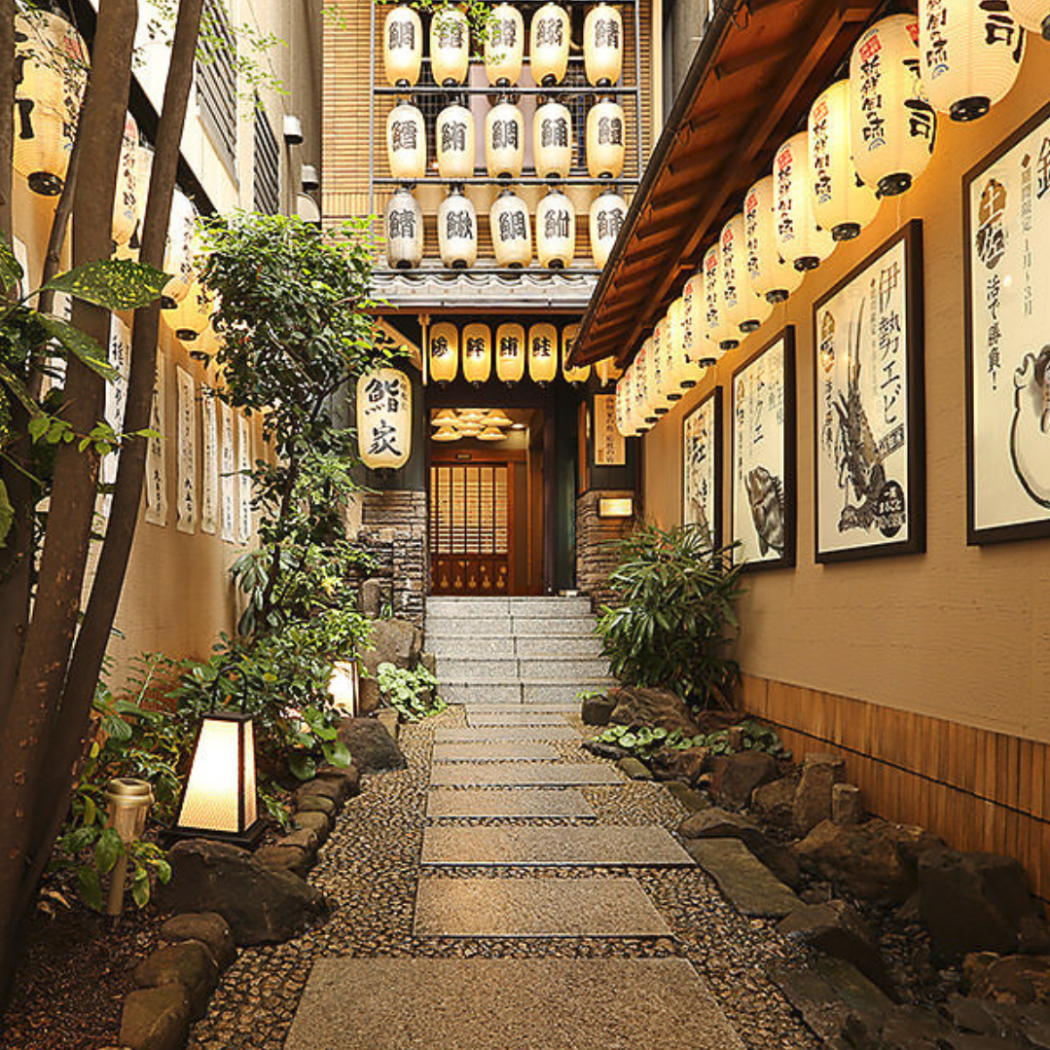
Tosa Sushi and Charcoal Grill Orankuya Kitashinchi Villa
Sushi restaurant in Osaka [SUSHILIVE comment] -


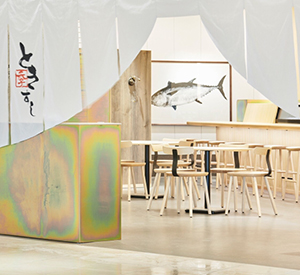
Tokisushi Namba Parks
Sushi restaurant in Osaka [SUSHILIVE comment] -


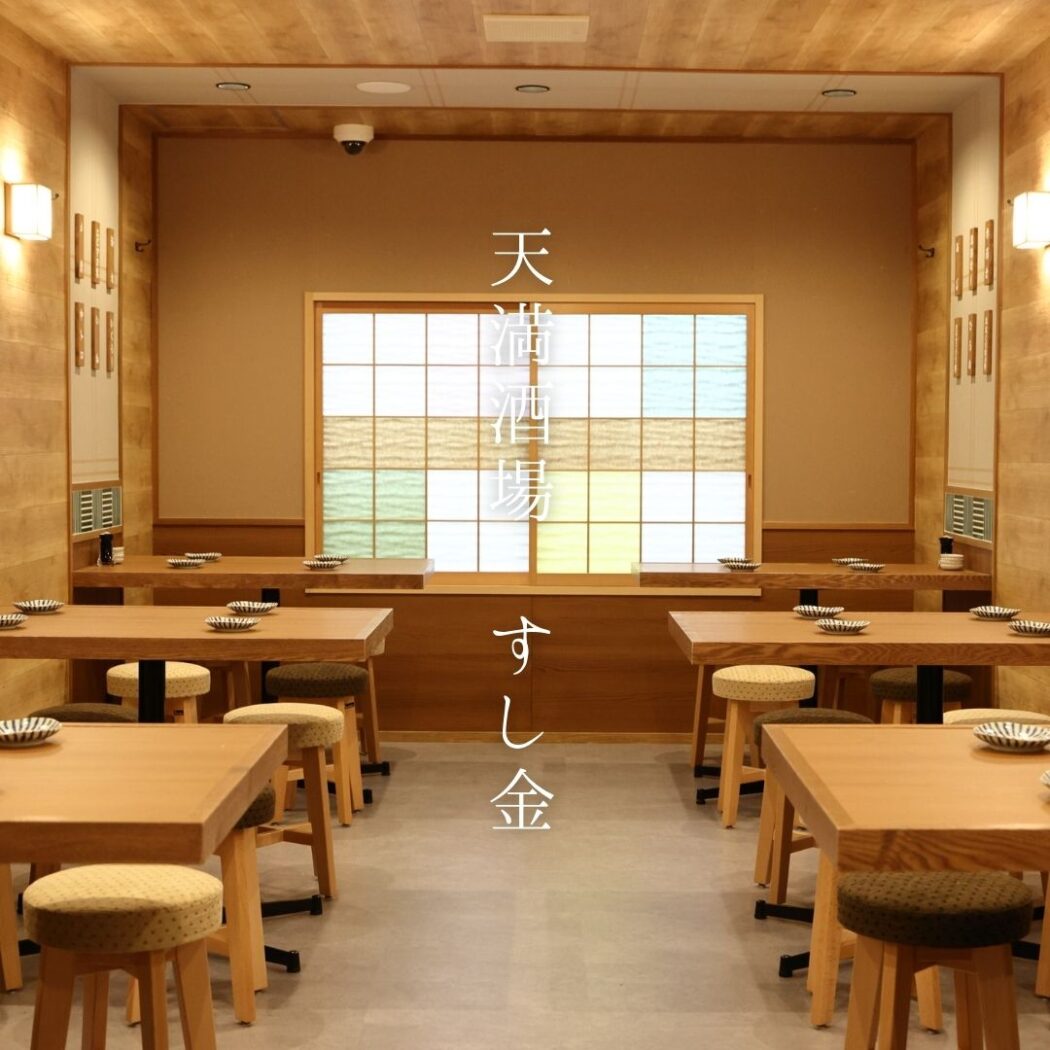
Tenma Bar Sushikin
Sushi restaurant in Osaka [SUSHILIVE comment] -



Kansai-style sushi
Sushi restaurant in Osaka [SUSHILIVE comment] -


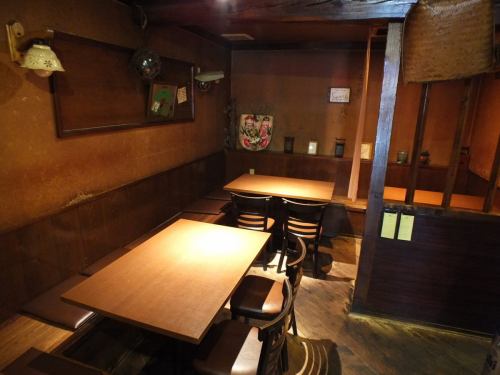
Sankai Club Nishi-Tanabe Main Store
Sushi restaurant in Osaka [SUSHILIVE comment] -


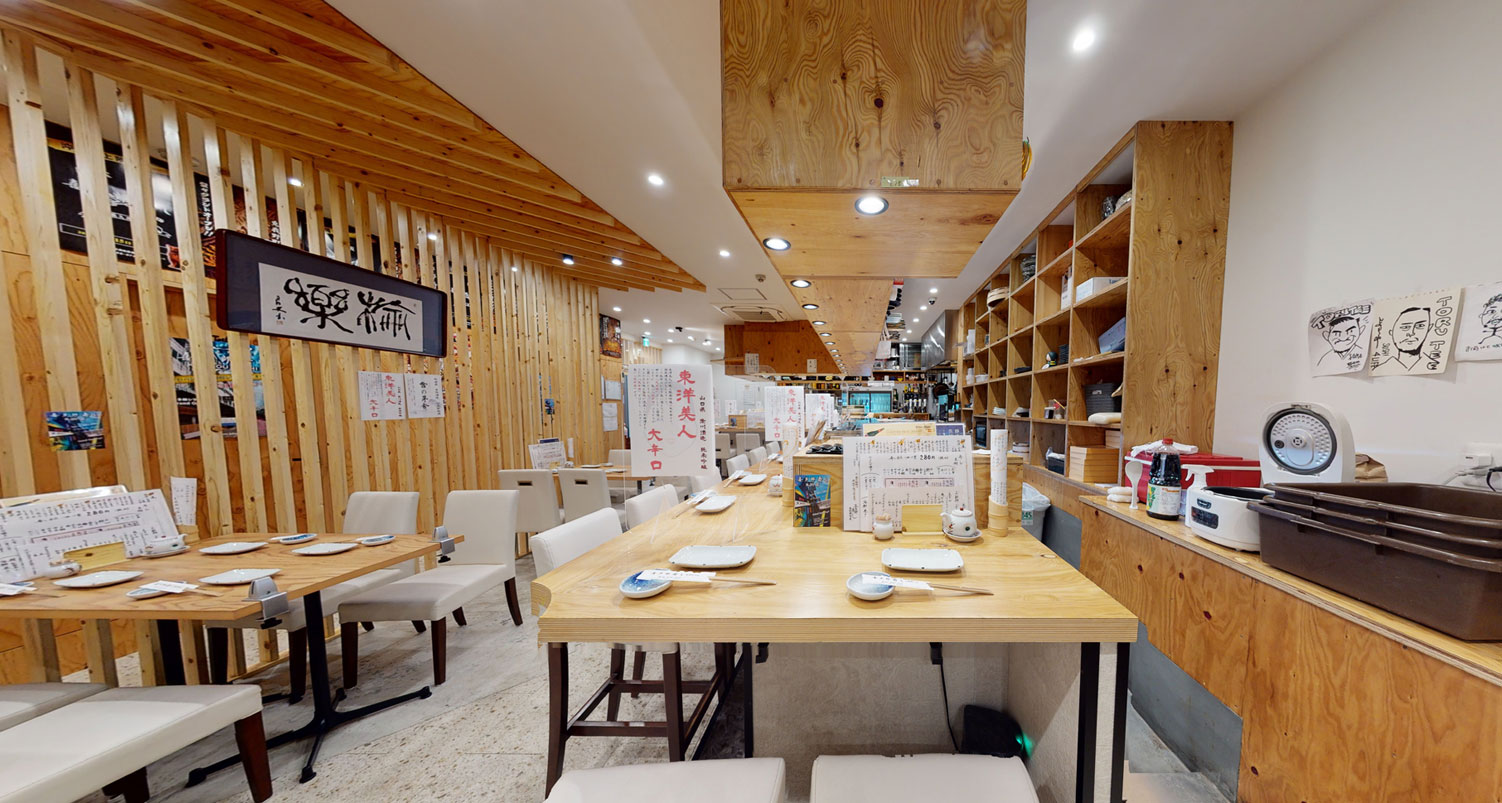
Kitaro Sushi Usagi No Machi
Sushi restaurant in Osaka [SUSHILIVE comment] -


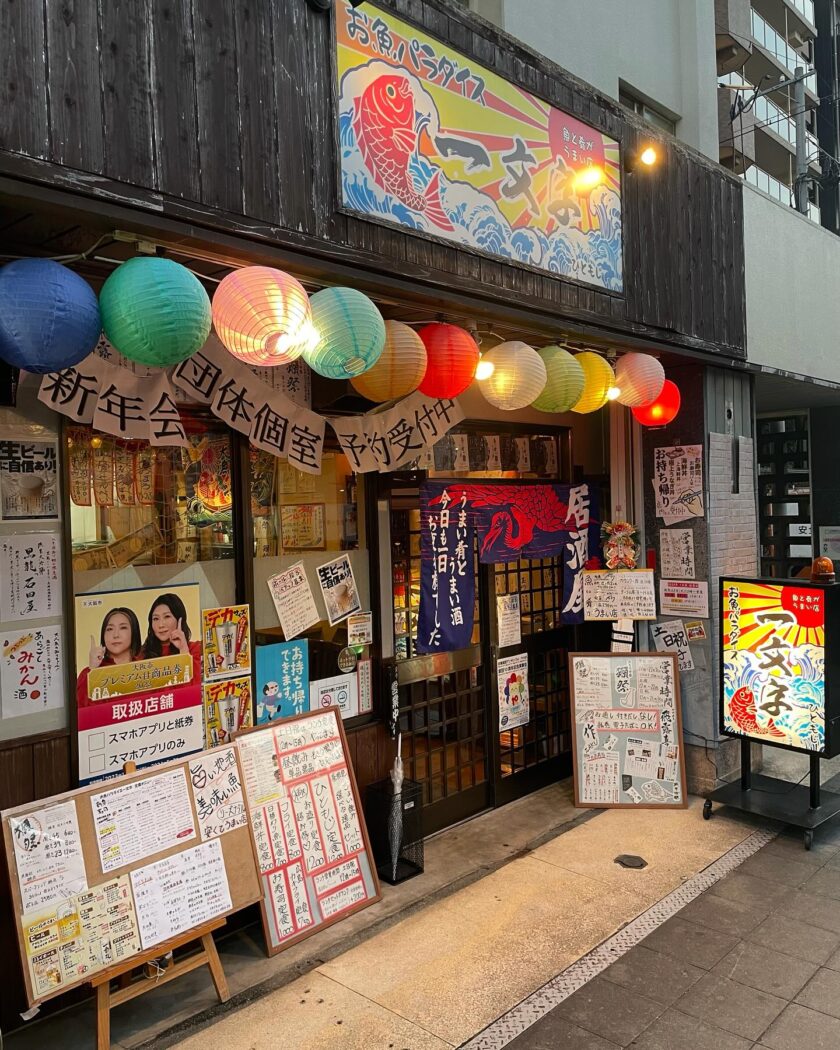
Fish Paradise Ichimonji – a restaurant with great fish and snacks
Sushi restaurant in Osaka [SUSHILIVE comment] -



sushi bank
Sushi restaurant in Osaka [SUSHILIVE comment] -


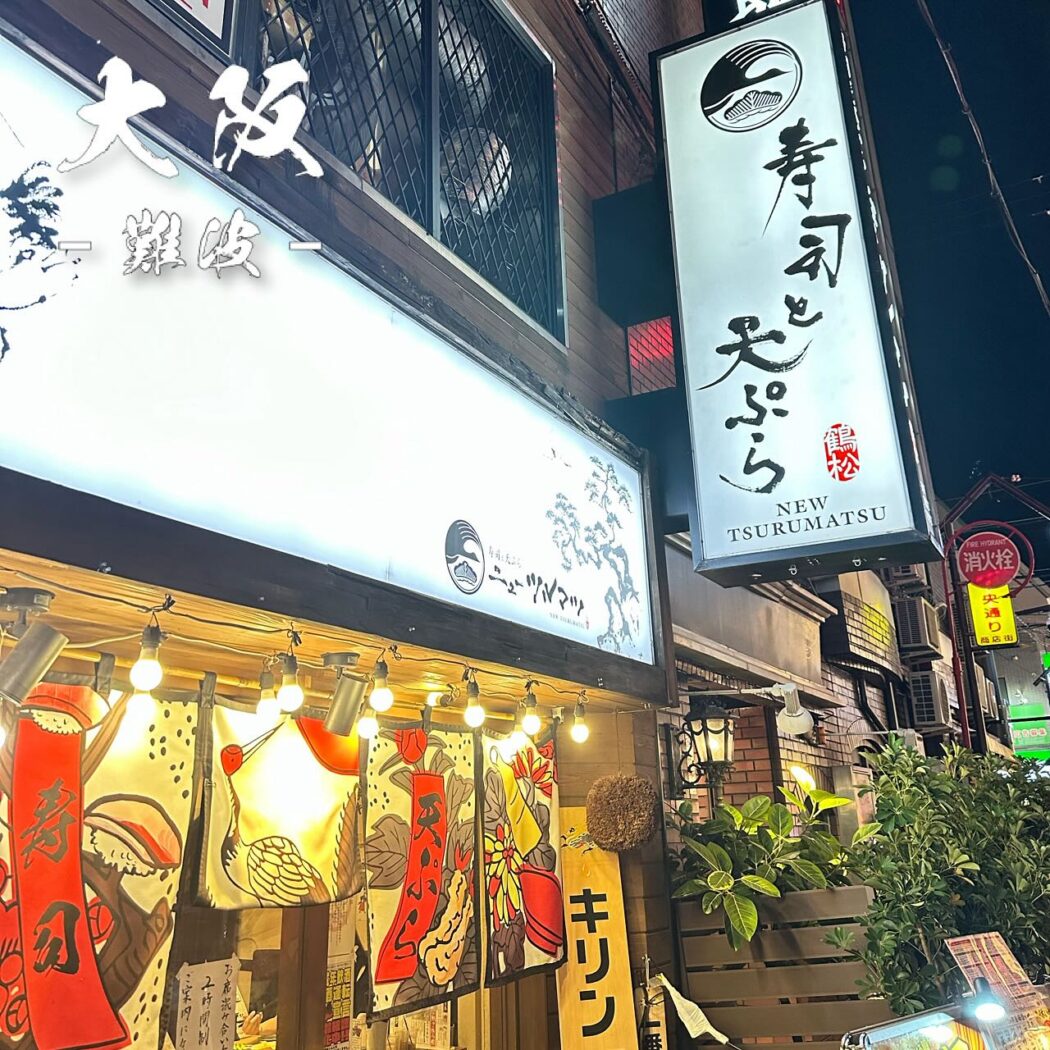
Sushi and Tempura NEW TSURUMATSU
Sushi restaurant in Osaka [SUSHILIVE comment]
Recommended sushi restaurants in Osaka,Japan
-


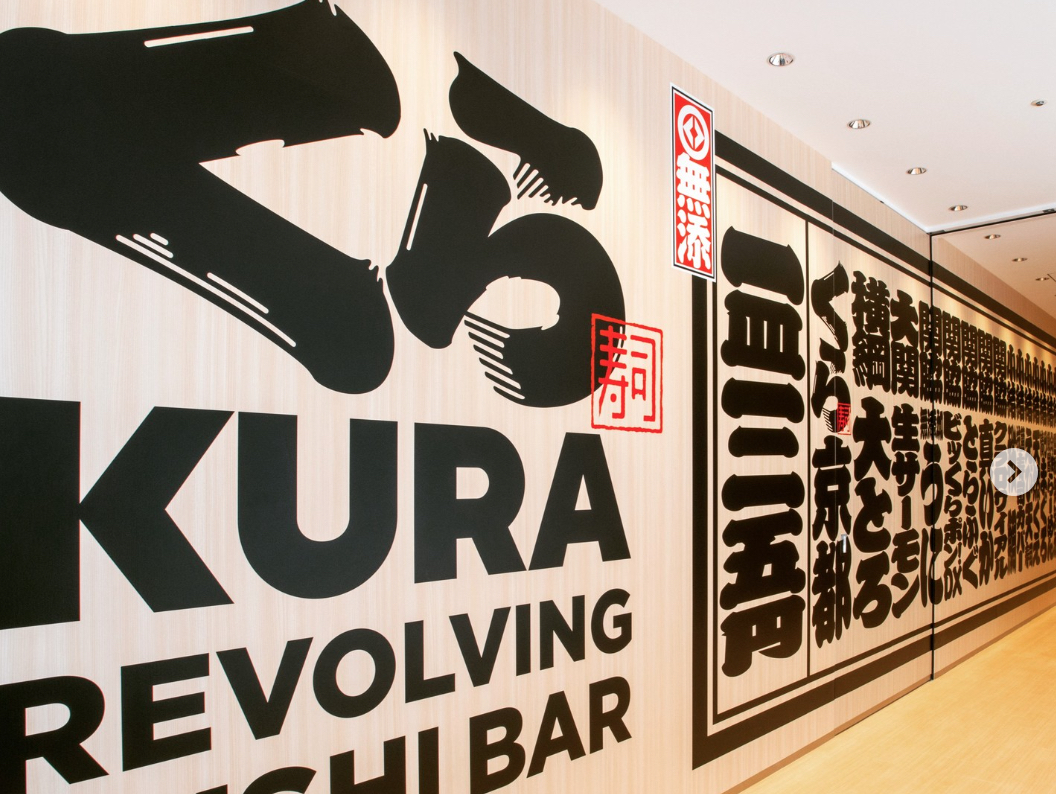
Kura Sushi Kaizuka Wakihama Store
Sushi restaurant in Osaka [SUSHILIVE comment] -


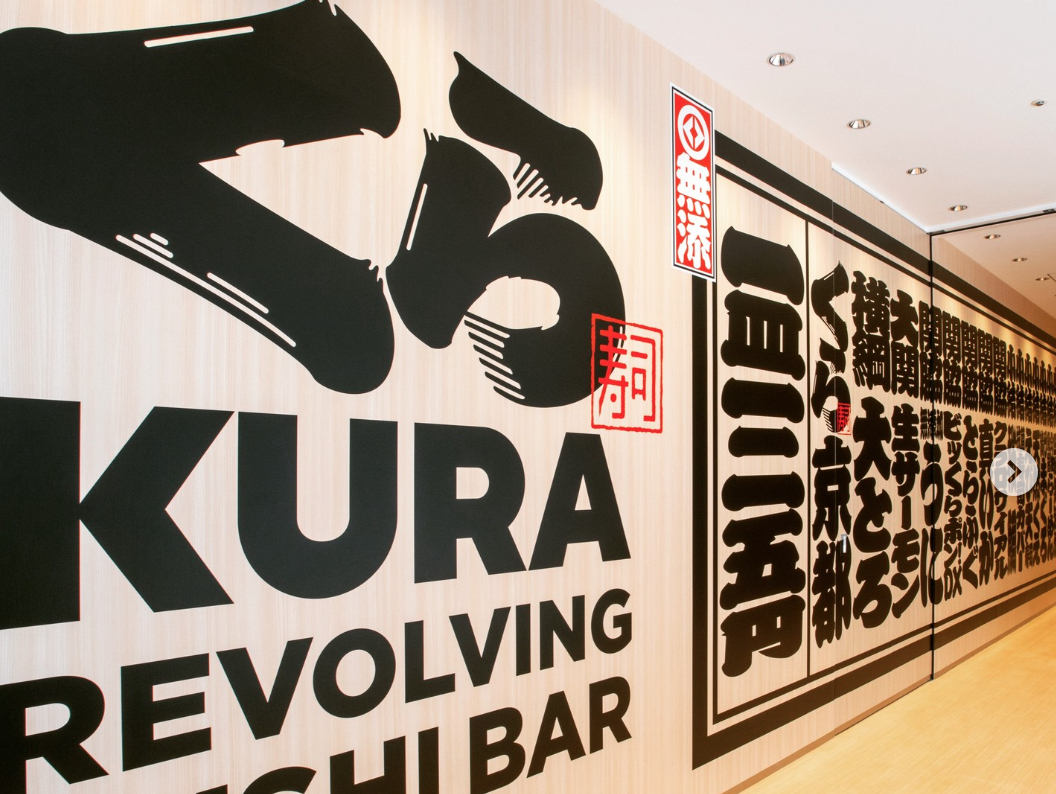
Kura Sushi Imagi Store
Sushi restaurant in Osaka [SUSHILIVE comment] -


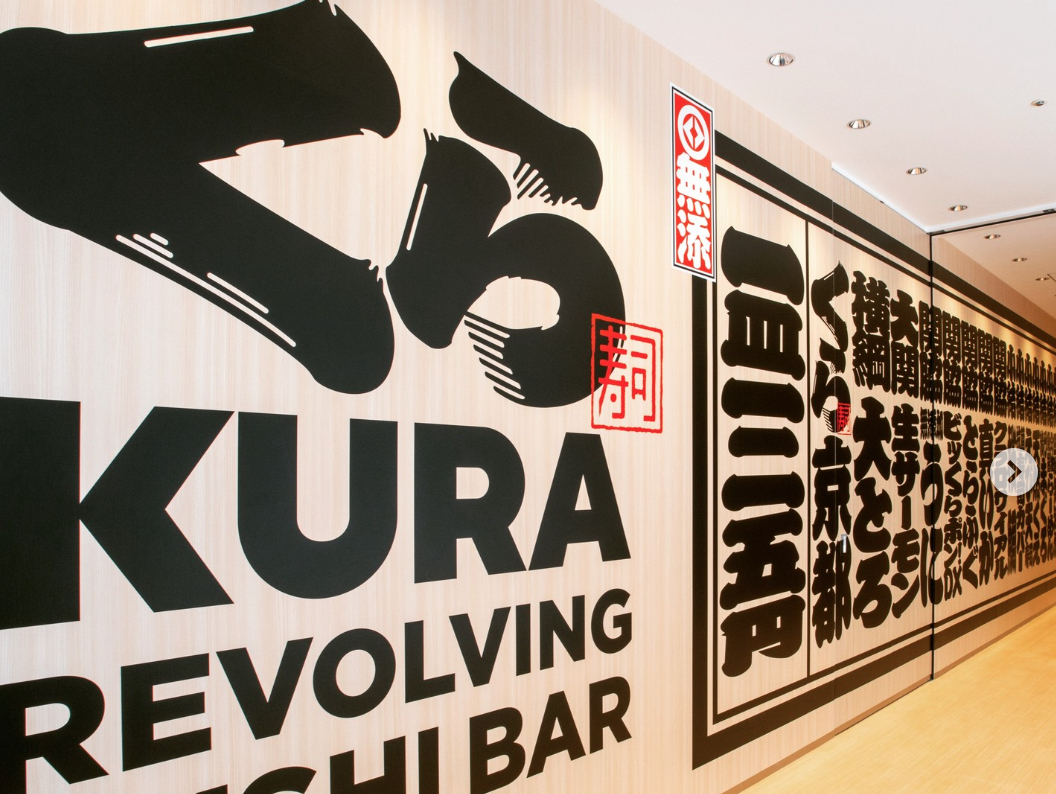
Kura Sushi Nitori Komatsuri
Sushi restaurant in Osaka [SUSHILIVE comment] -


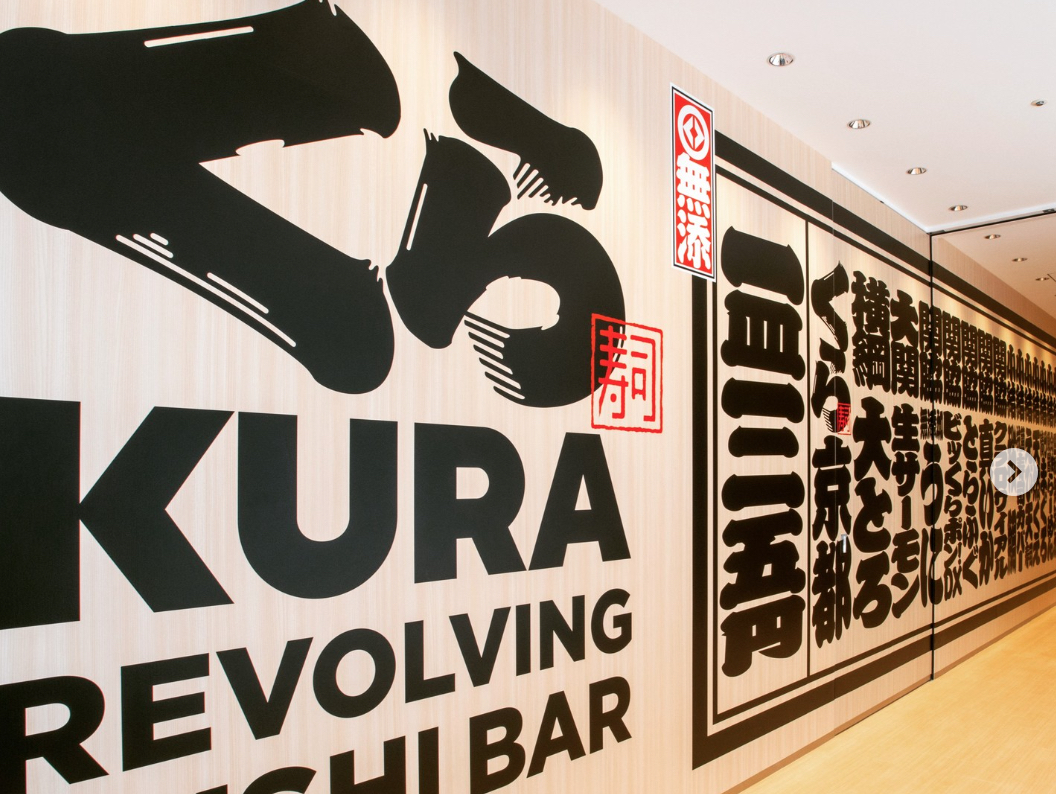
Kura Sushi Nitori Kono
Sushi restaurant in Osaka [SUSHILIVE comment] -


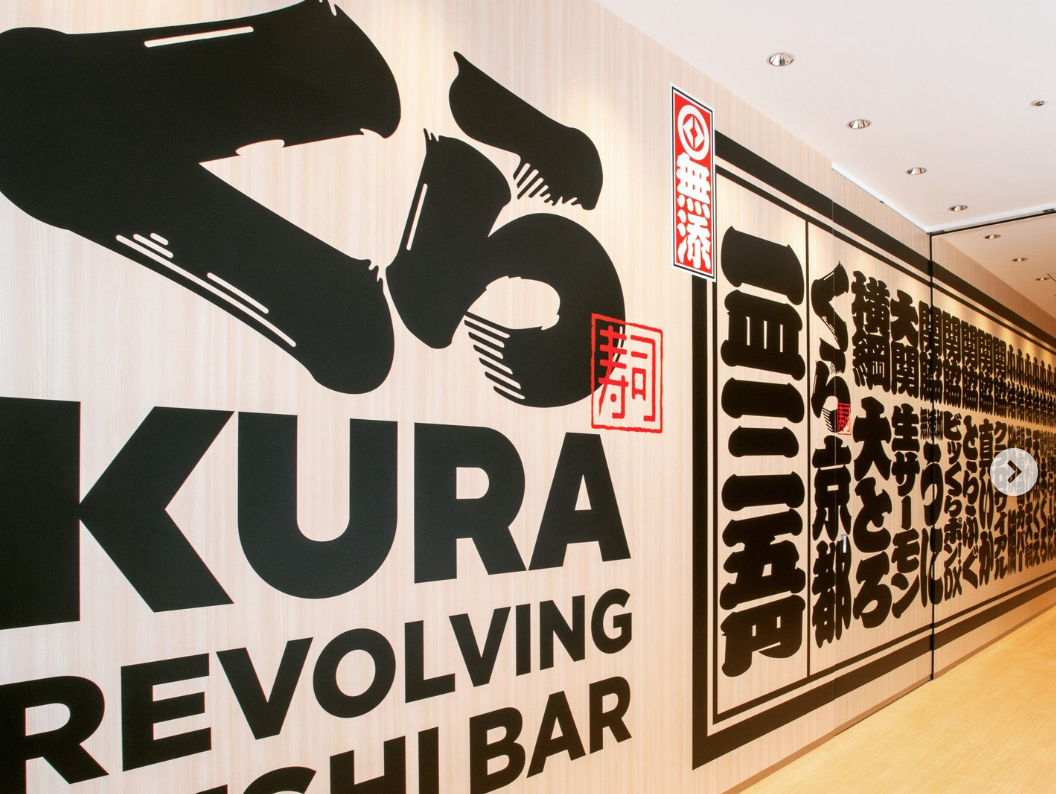
Kura Sushi Takaishi Store
Sushi restaurant in Osaka [SUSHILIVE comment] -


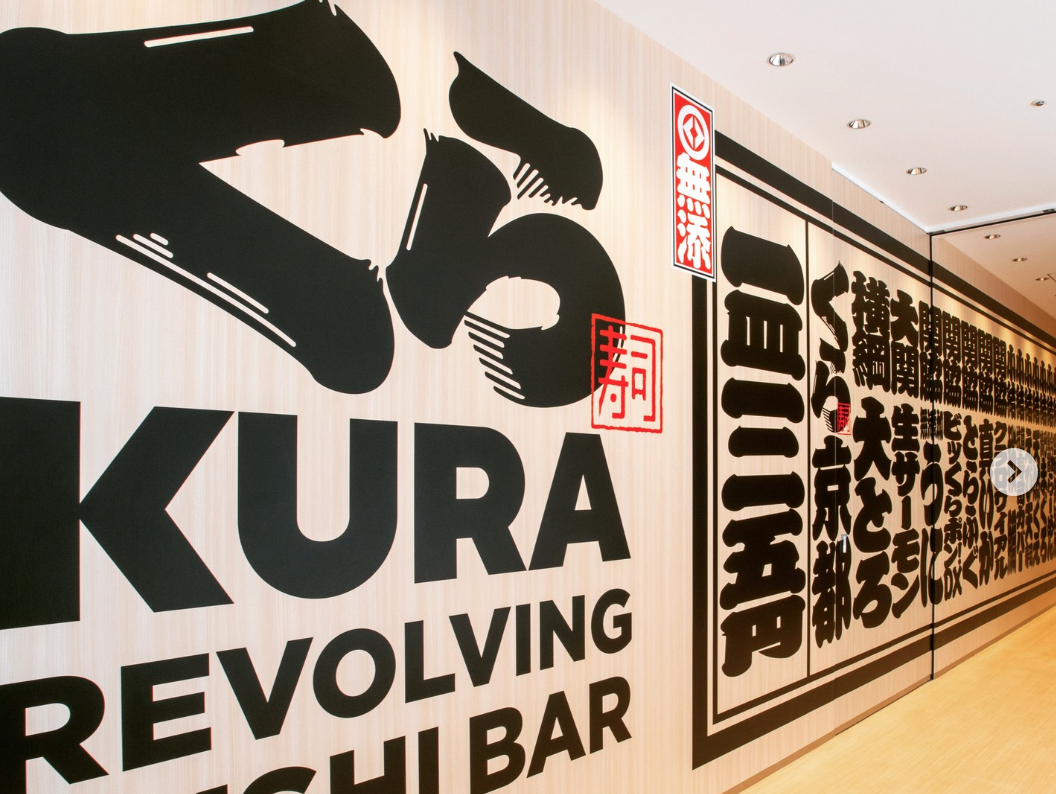
Kura Sushi five-leaf store
Sushi restaurant in Osaka [SUSHILIVE comment] -


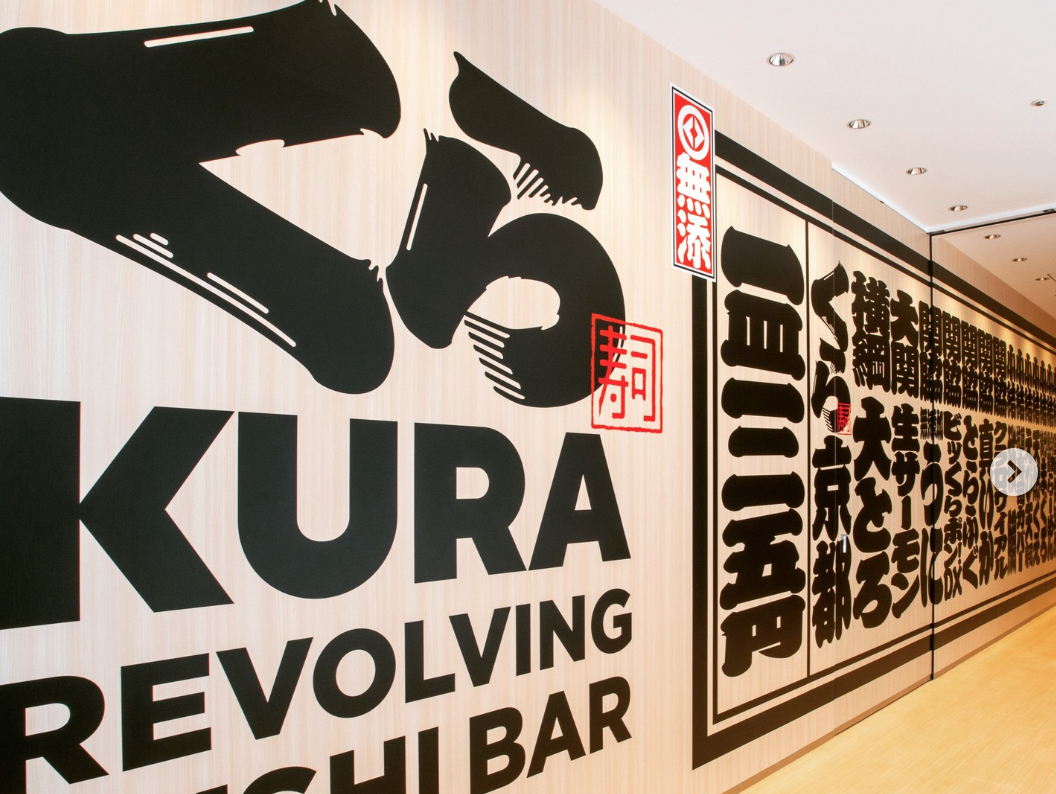
Kura Sushi Akutagawa Store
Sushi restaurant in Osaka [SUSHILIVE comment] -


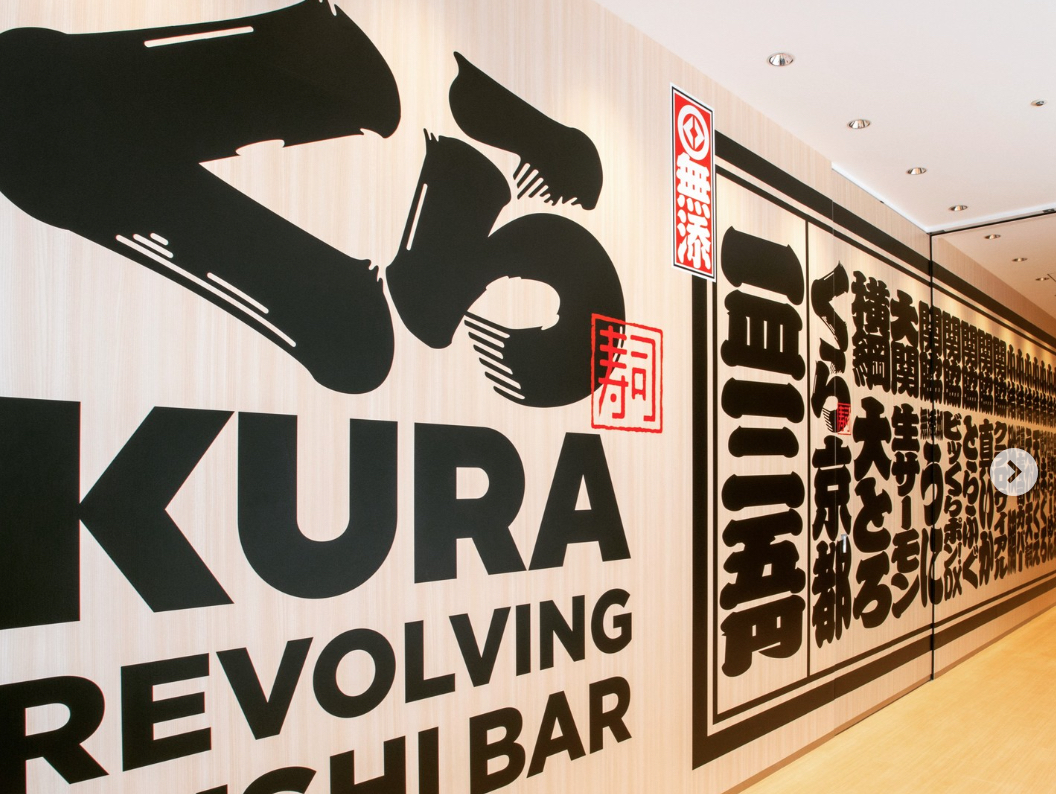
Kura Sushi Nitori Hirai
Sushi restaurant in Osaka [SUSHILIVE comment] -


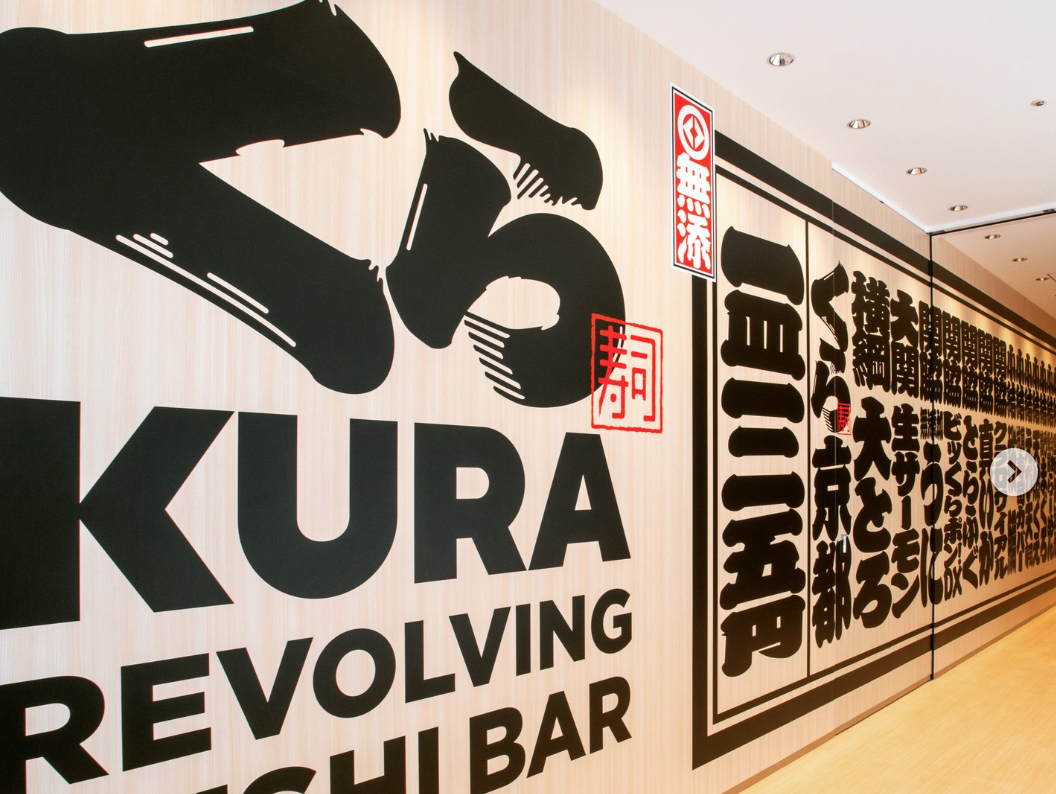
Kura Sushi Nitori Ishihara
Sushi restaurant in Osaka [SUSHILIVE comment] -


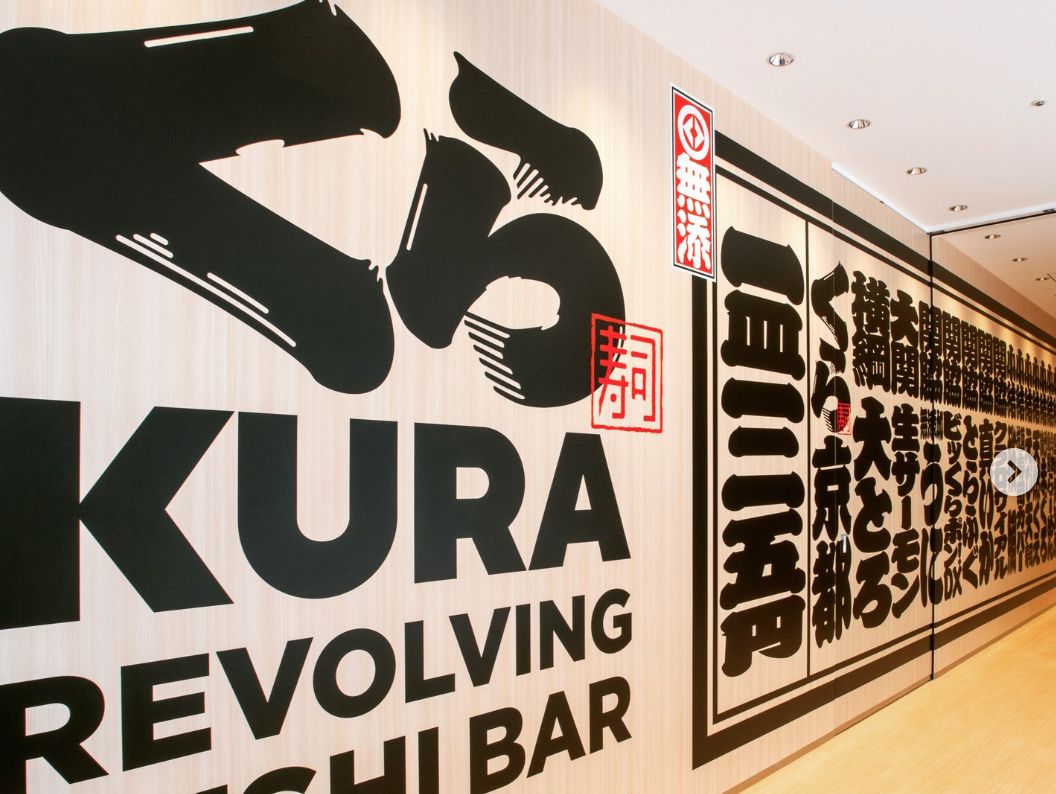
Kura Sushi Chuanbei Store
Sushi restaurant in Osaka [SUSHILIVE comment] -


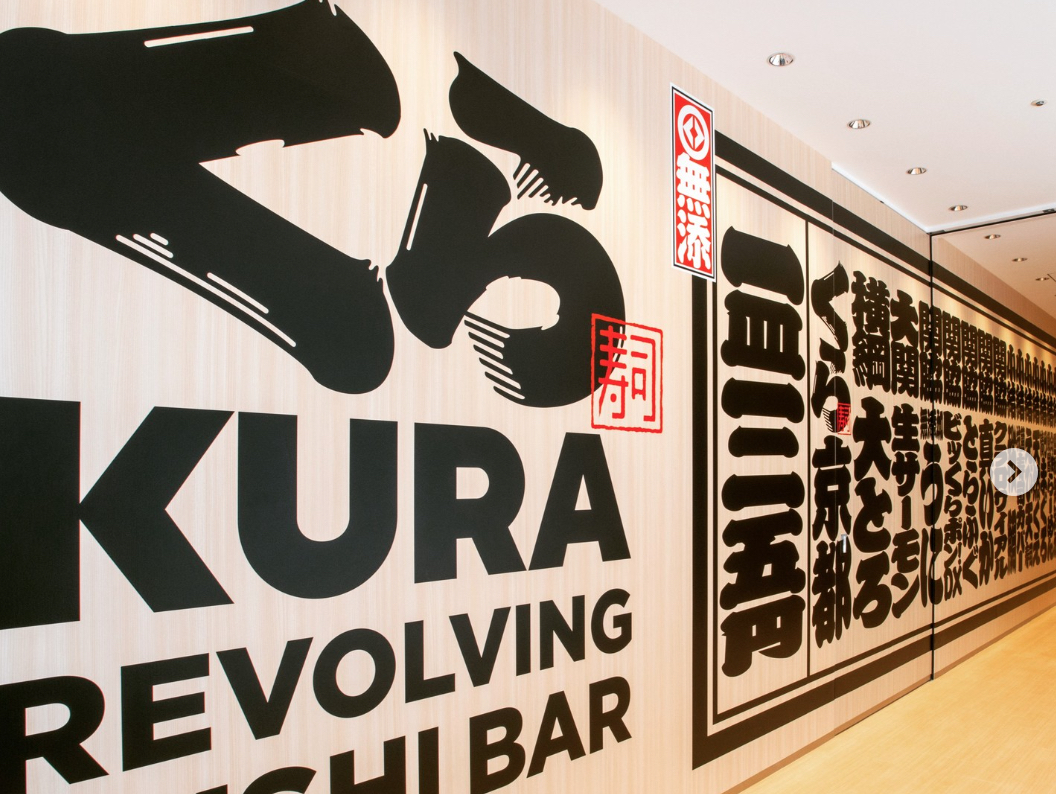
Kura Sushi Nitori Kitahanada
Sushi restaurant in Osaka [SUSHILIVE comment] -


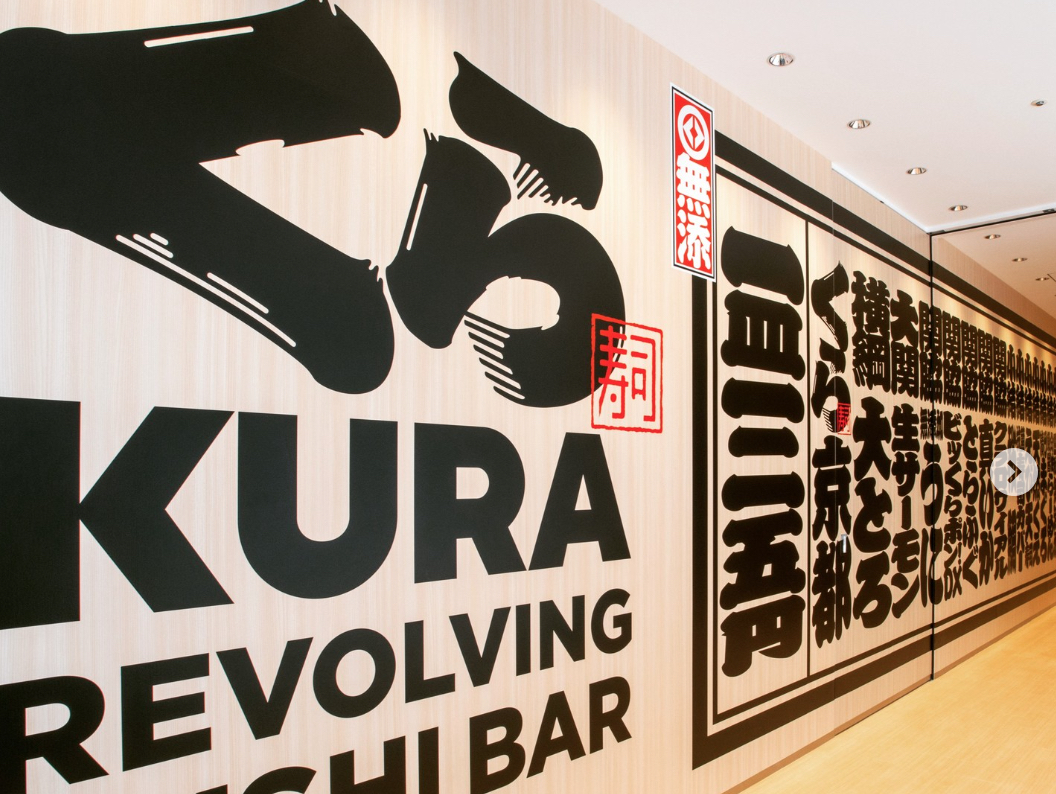
Kura Sushi Nitori Neyagawa-Tatami
Sushi restaurant in Osaka [SUSHILIVE comment] -


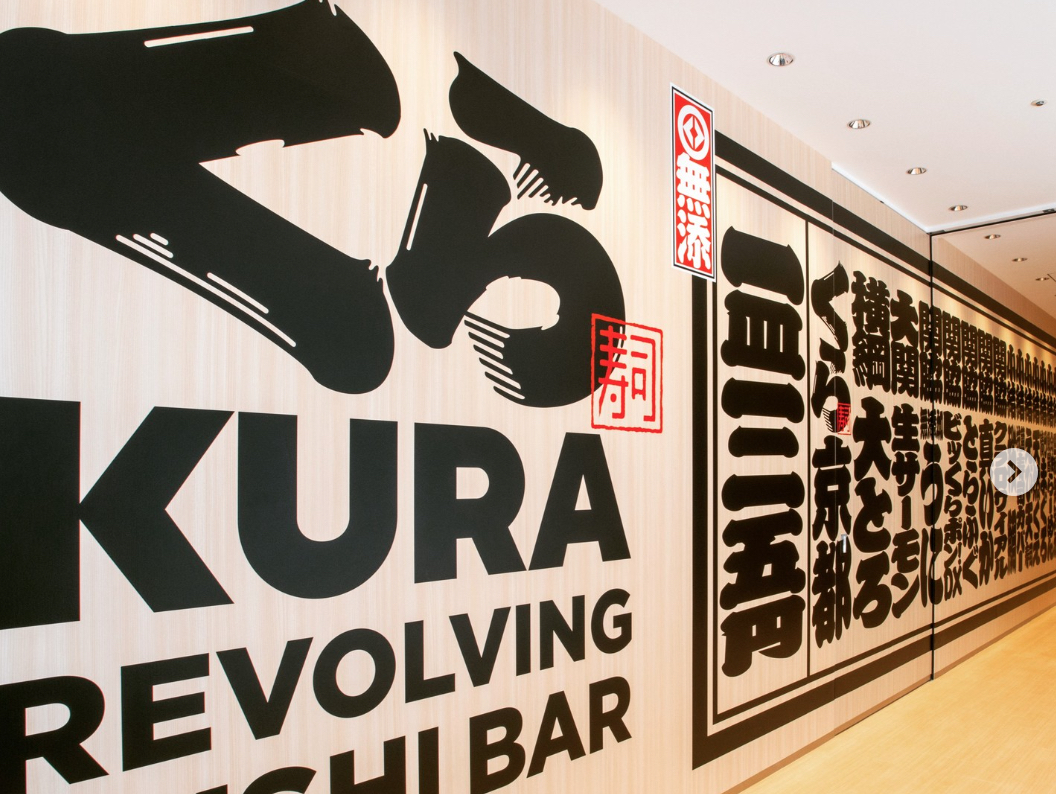
Kura Sushi Neyagawa Branch
Sushi restaurant in Osaka [SUSHILIVE comment] -


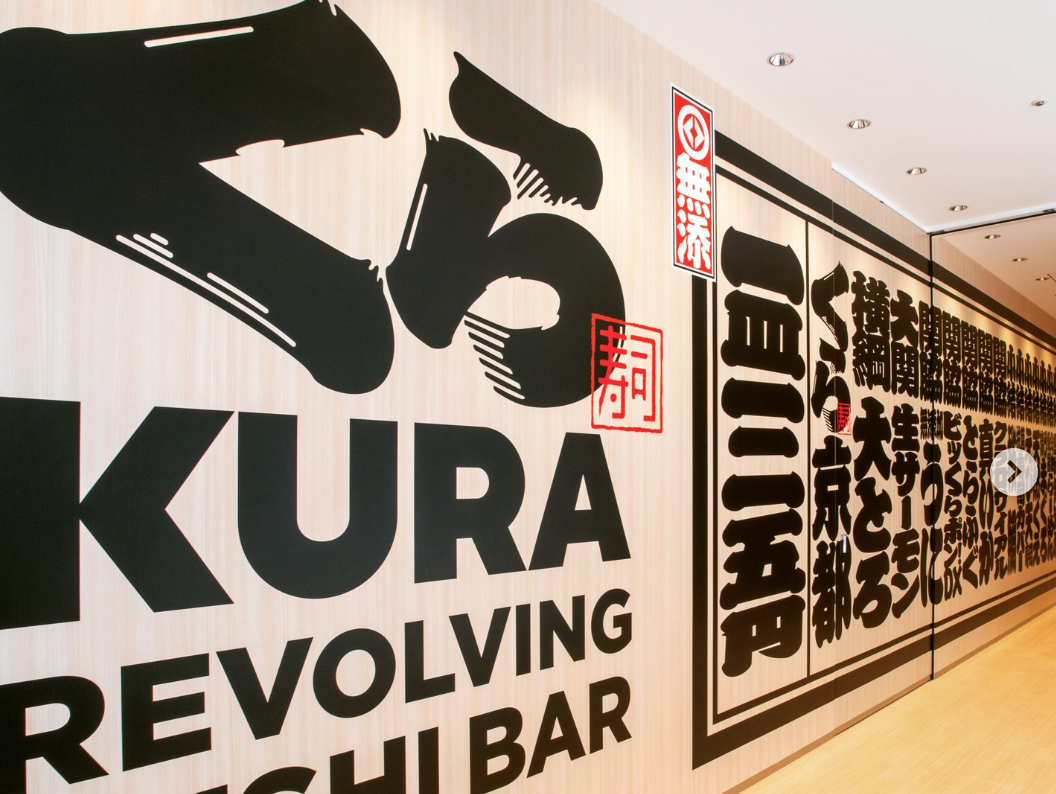
Kura Sushi Chirigaoka Store
Sushi restaurant in Osaka [SUSHILIVE comment] -


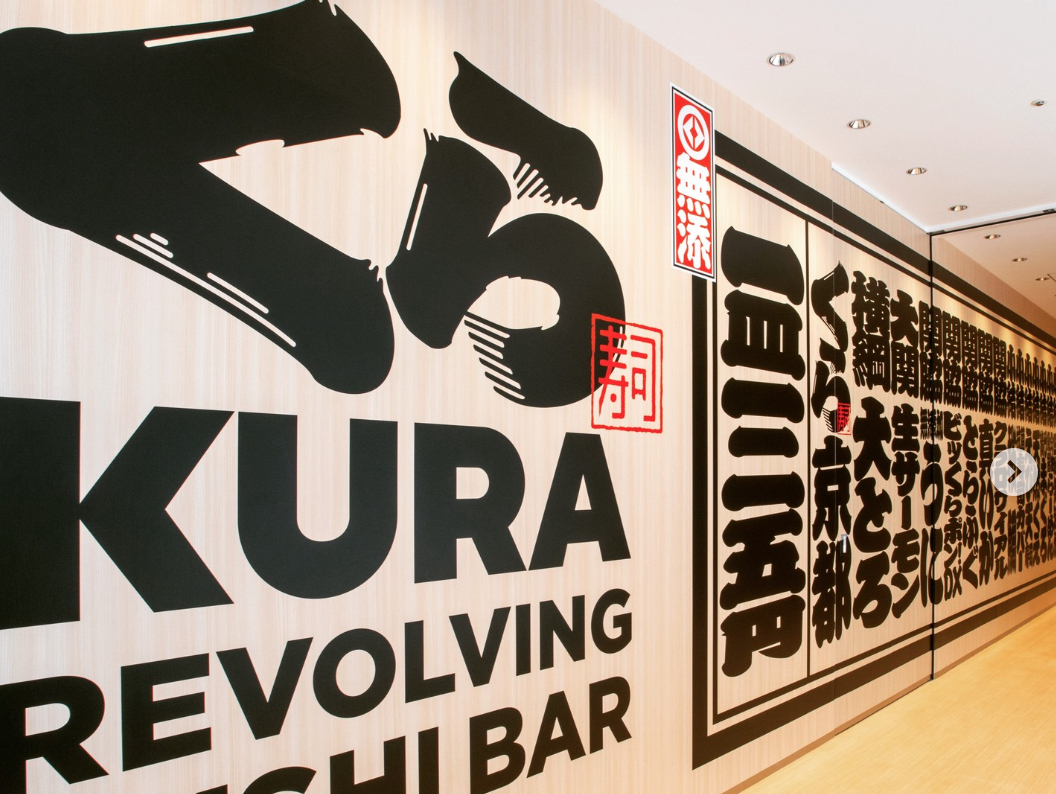
Kura Sushi Nitori Esaka
Sushi restaurant in Osaka [SUSHILIVE comment] -


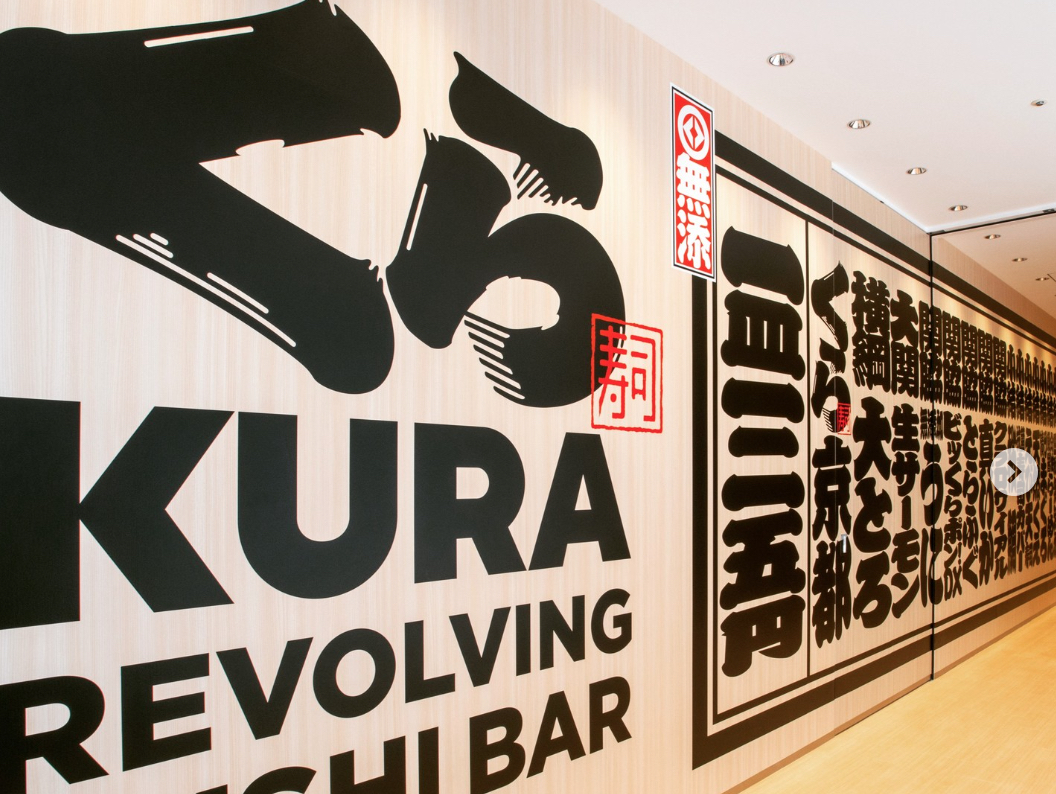
Kura Sushi Settsu Branch
Sushi restaurant in Osaka [SUSHILIVE comment] -


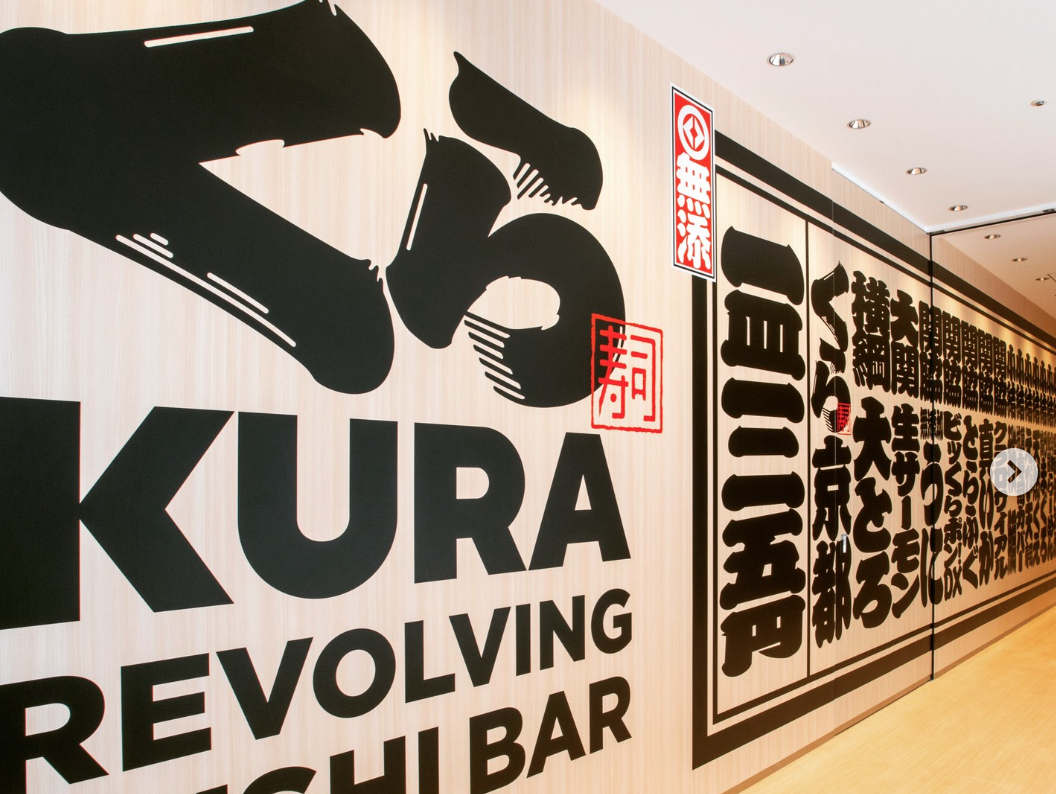
Kura Sushi Izumisano Store
Sushi restaurant in Osaka [SUSHILIVE comment] -


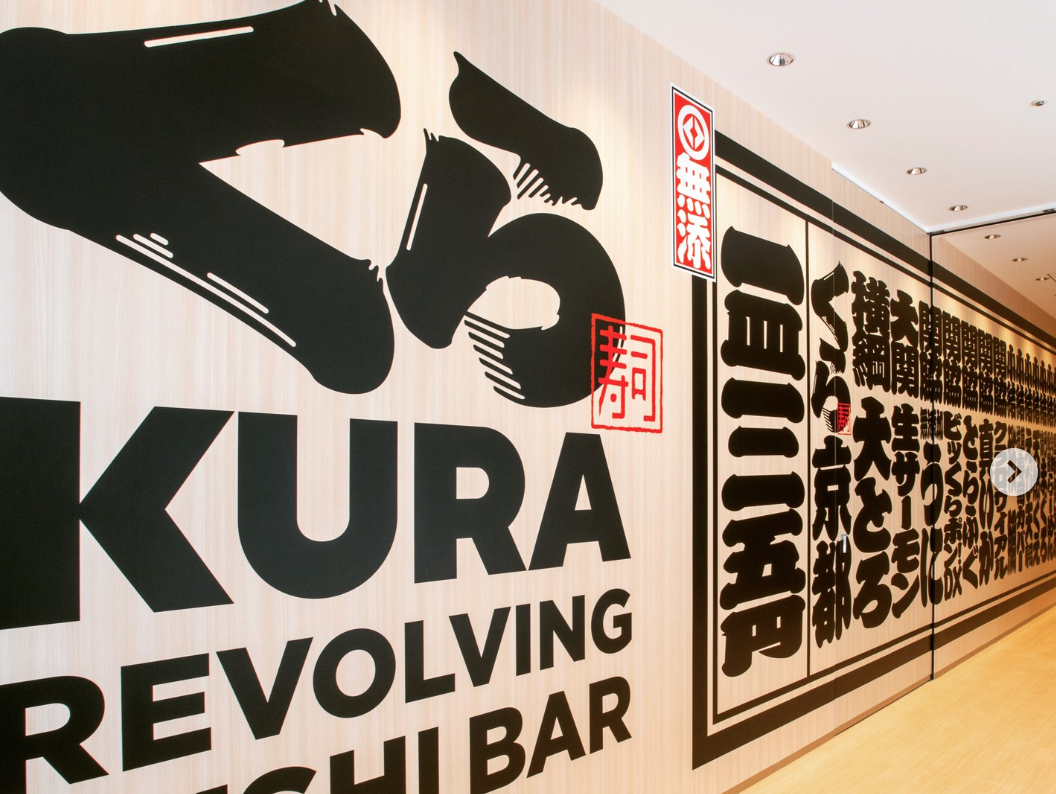
Kura Sushi store selling boiled vegetables, fish, and beans
Sushi restaurant in Osaka [SUSHILIVE comment] -


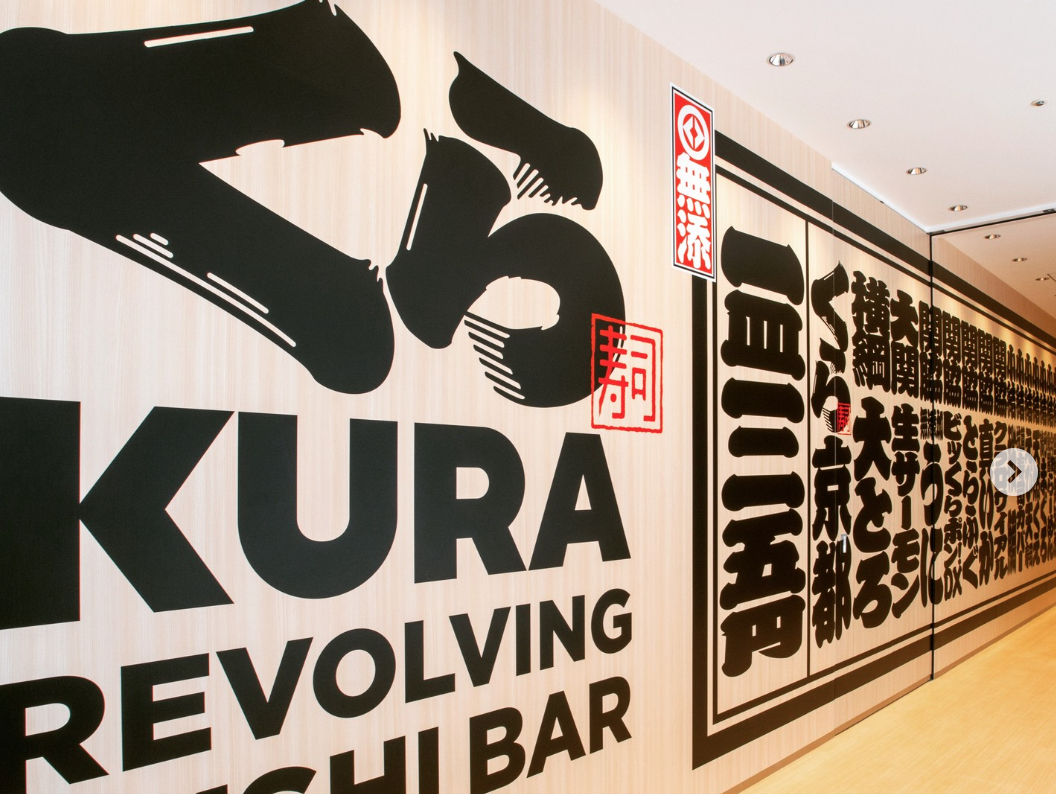
Kura Sushi Nitori Nagoya
Sushi restaurant in Osaka [SUSHILIVE comment] -


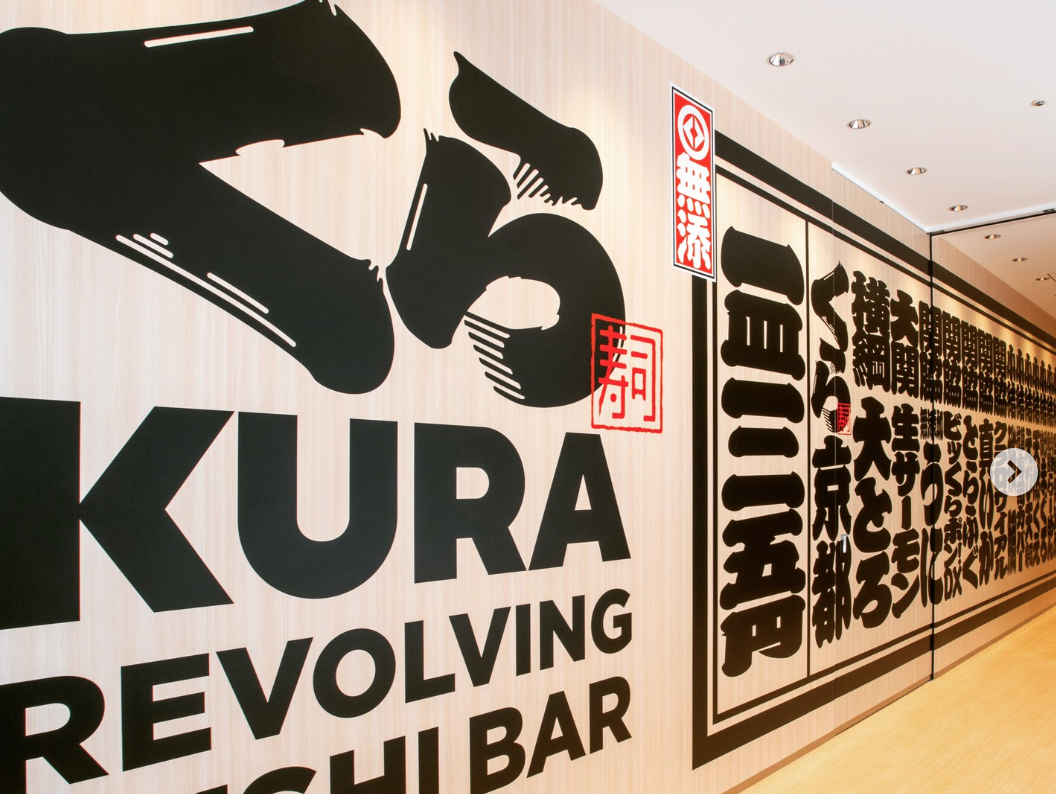
Kura Sushi Kagaya Store
Sushi restaurant in Osaka [SUSHILIVE comment] -


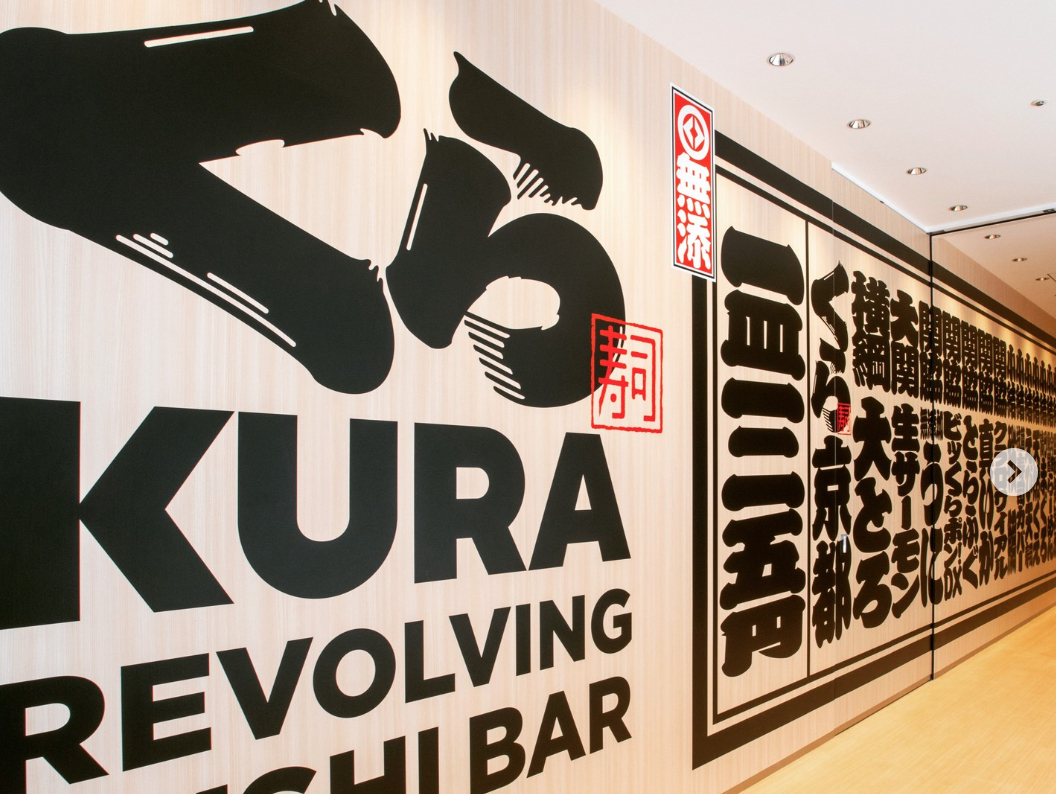
Kura Sushi Suminoe North Island Branch
Sushi restaurant in Osaka [SUSHILIVE comment] -


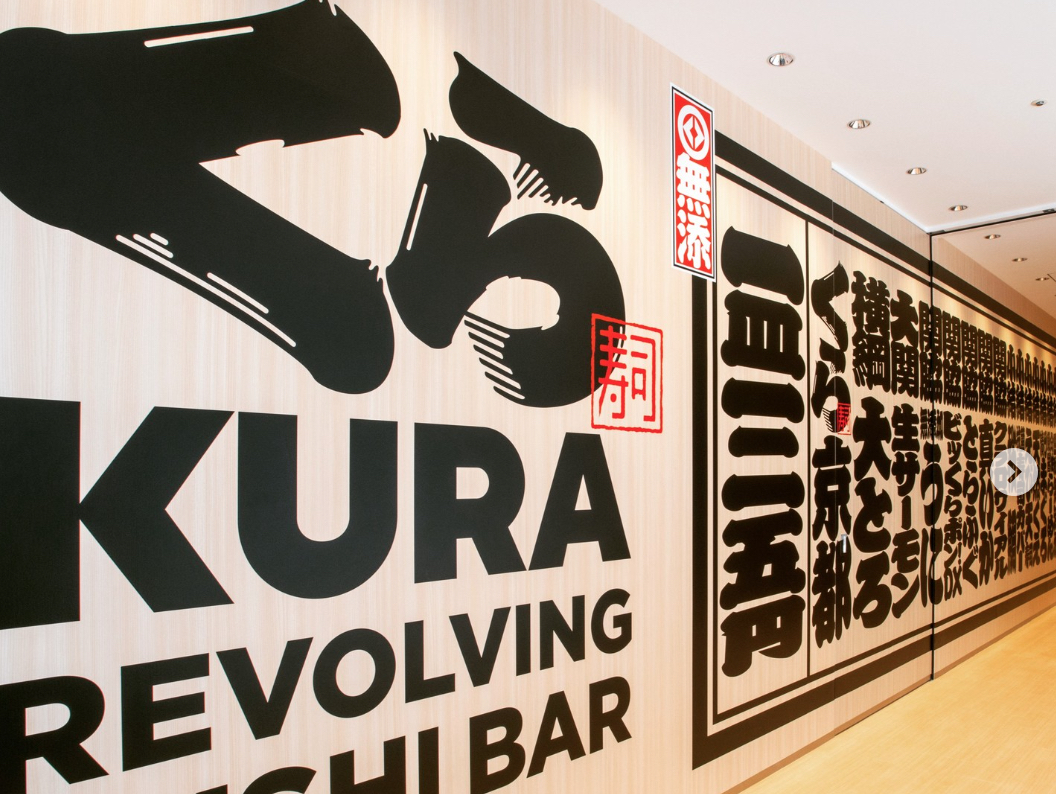
Kura Sushi Sekime store
Sushi restaurant in Osaka [SUSHILIVE comment] -


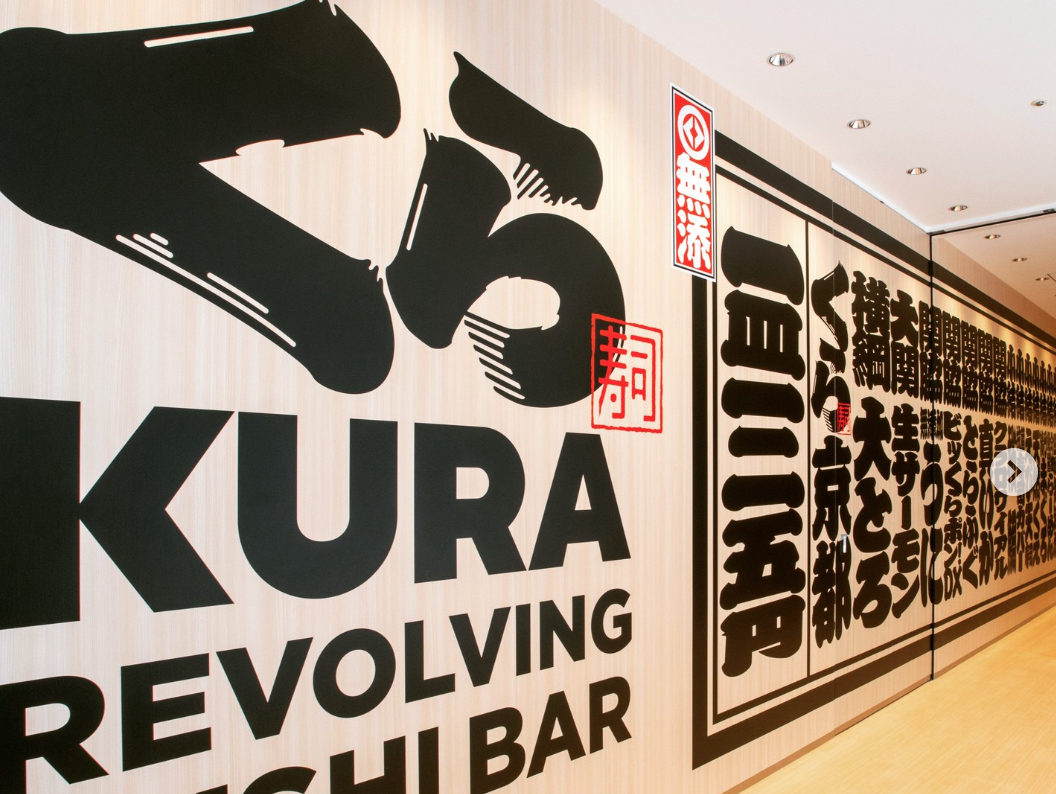
Kura Sushi Shing Tung Kin Fook Shop
Sushi restaurant in Osaka [SUSHILIVE comment] -


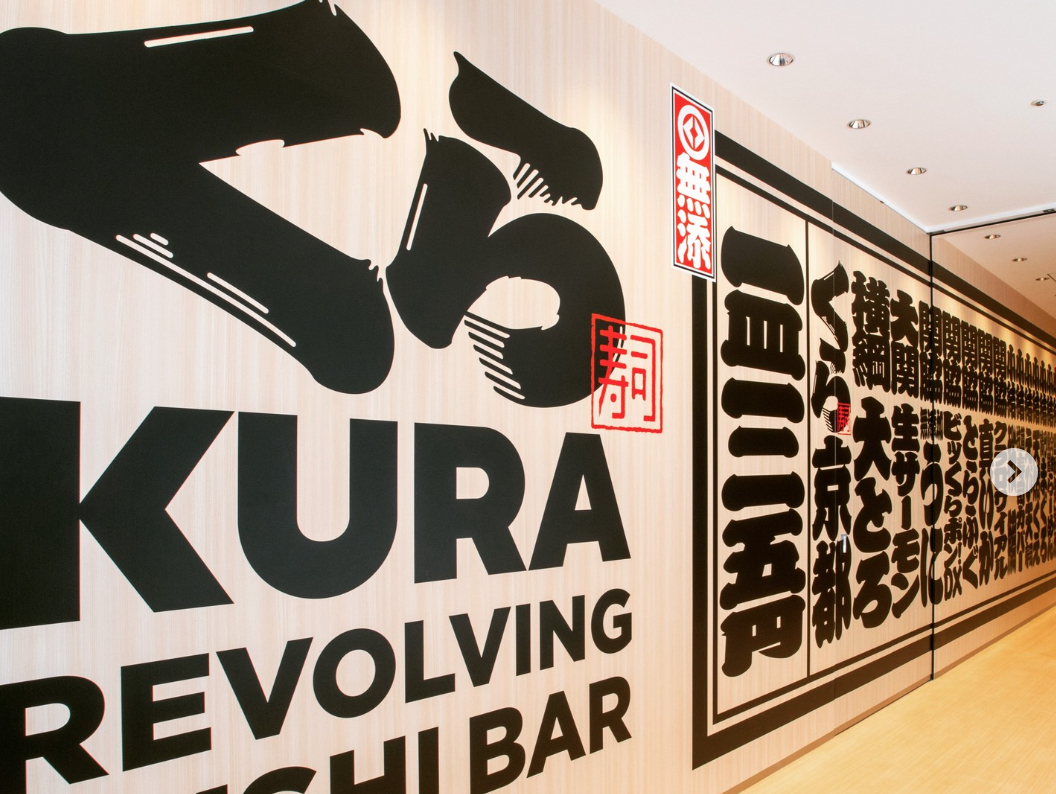
Kura Sushi Kitatsu Mamoru Nitori
Sushi restaurant in Osaka [SUSHILIVE comment] -


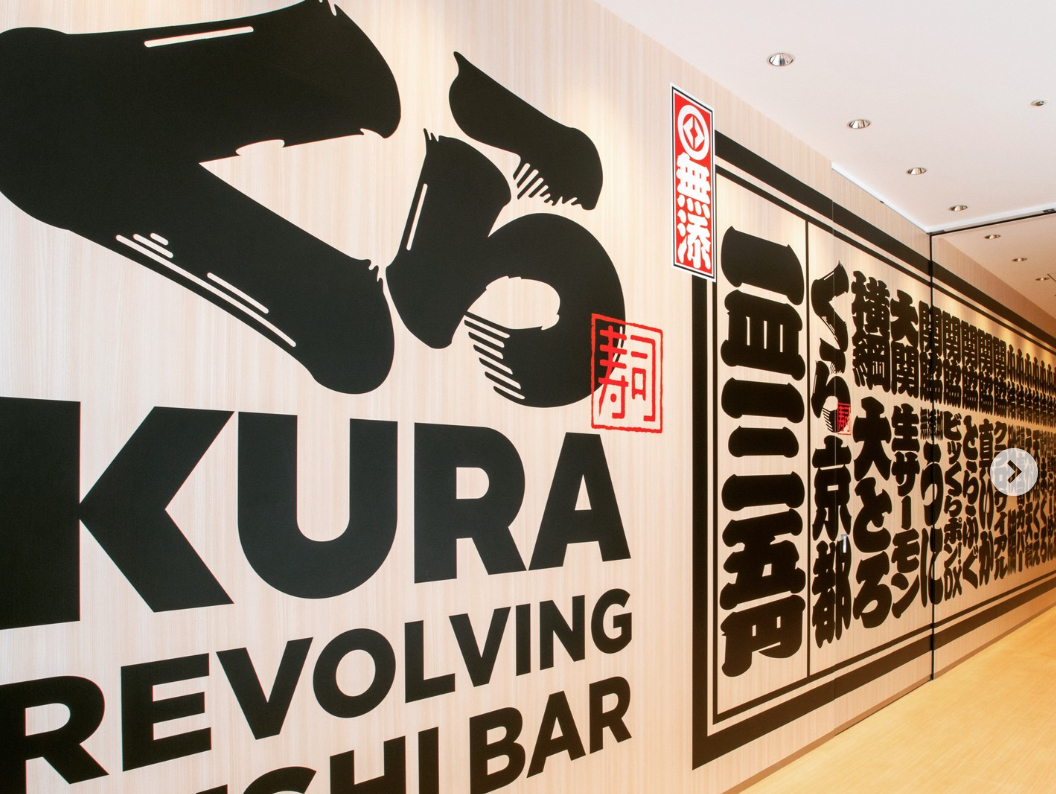
Kura Sushi Osaka Tsurumi Store
Sushi restaurant in Osaka [SUSHILIVE comment] -


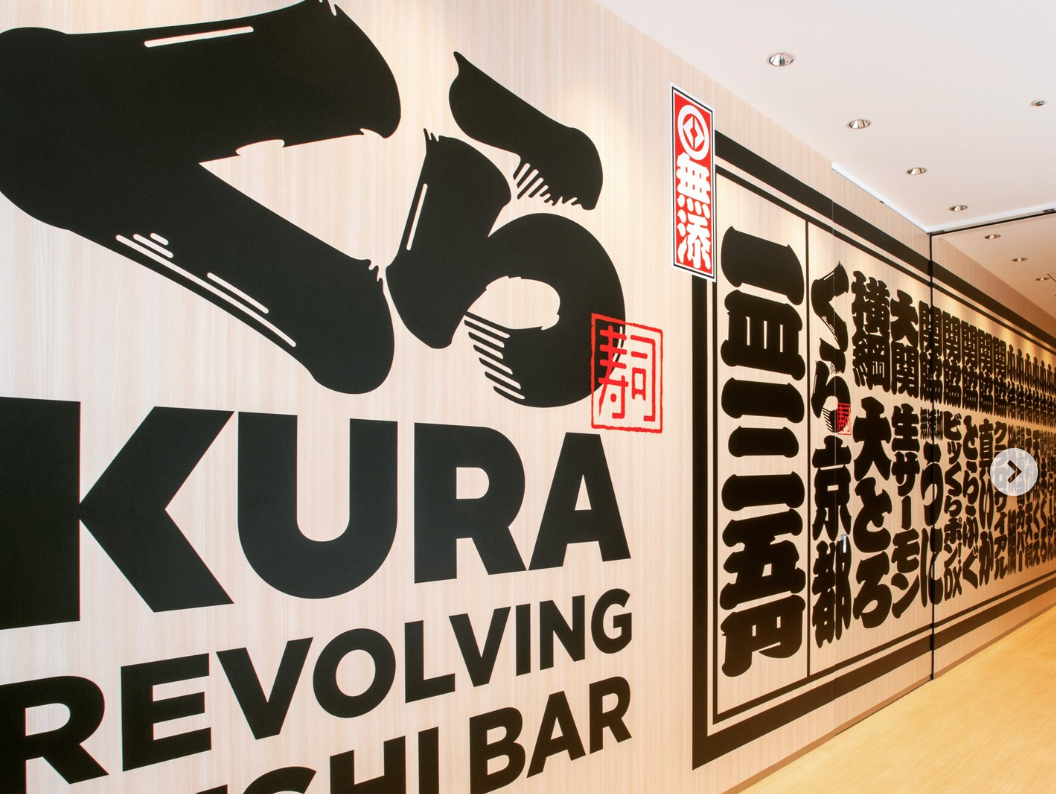
Kura Sushi Nitori Imagawa
Sushi restaurant in Osaka [SUSHILIVE comment] -


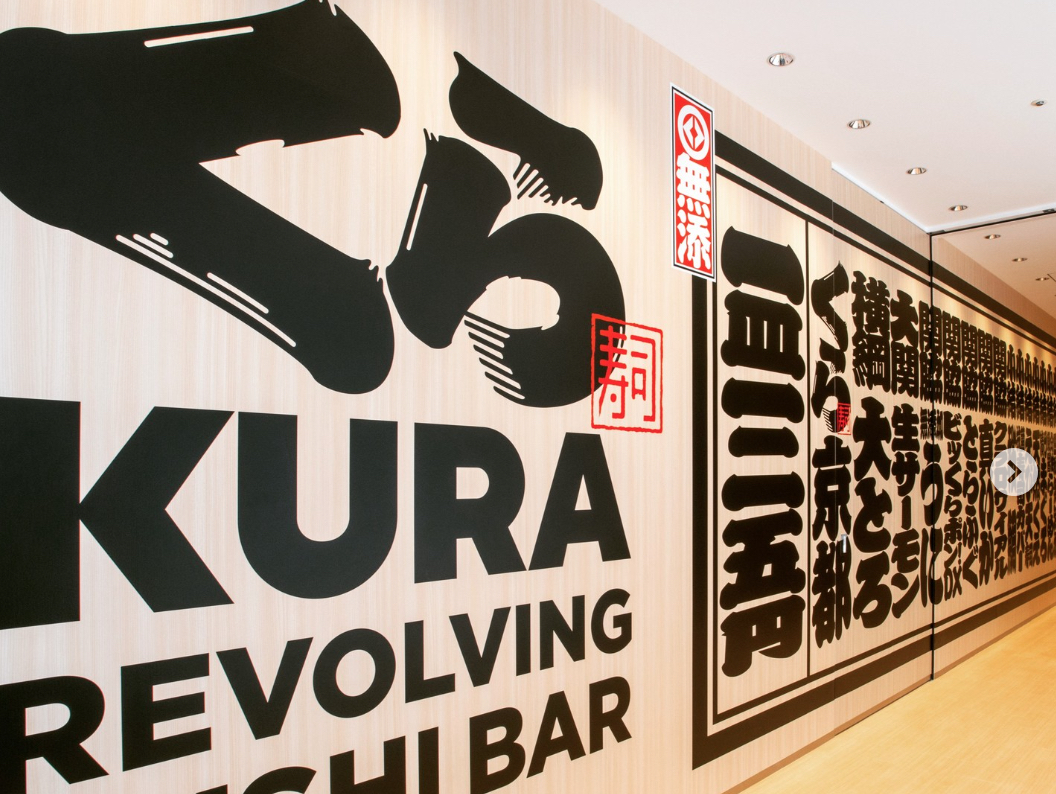
Kura Sushi Sugawara Store
Sushi restaurant in Osaka [SUSHILIVE comment] -


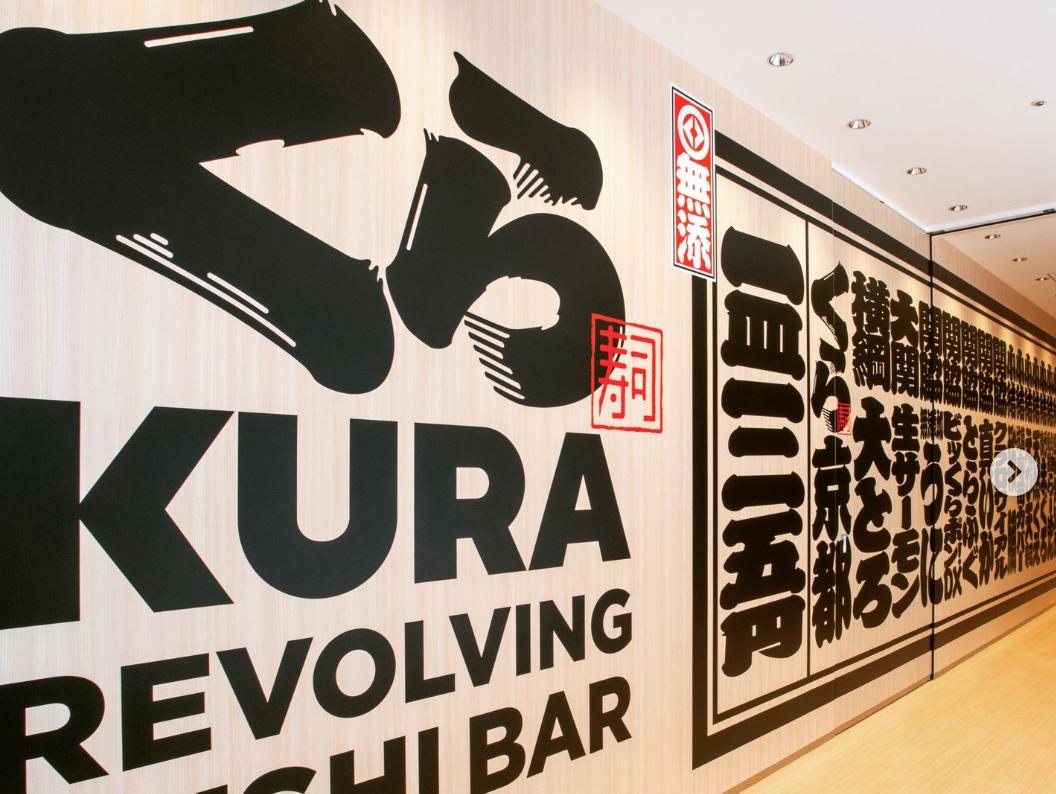
Kura Sushi Namba Motomachi Store
Sushi restaurant in Osaka [SUSHILIVE comment] -


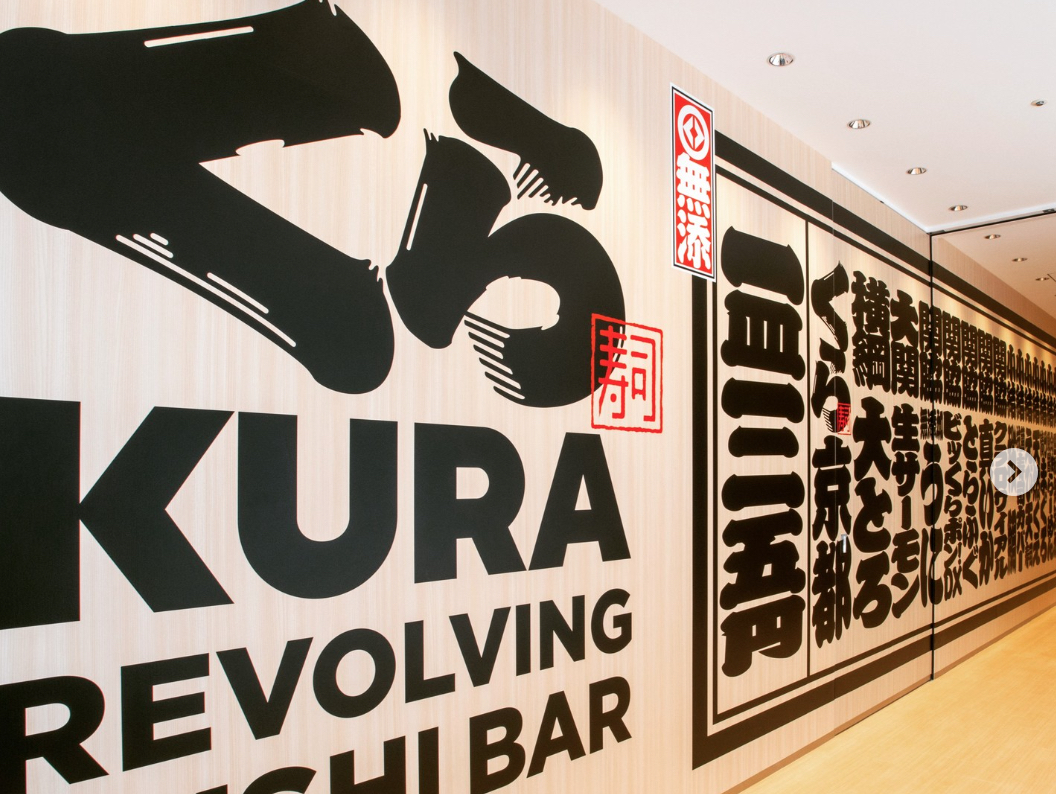
Kura Sushi various stores
Sushi restaurant in Osaka [SUSHILIVE comment] -


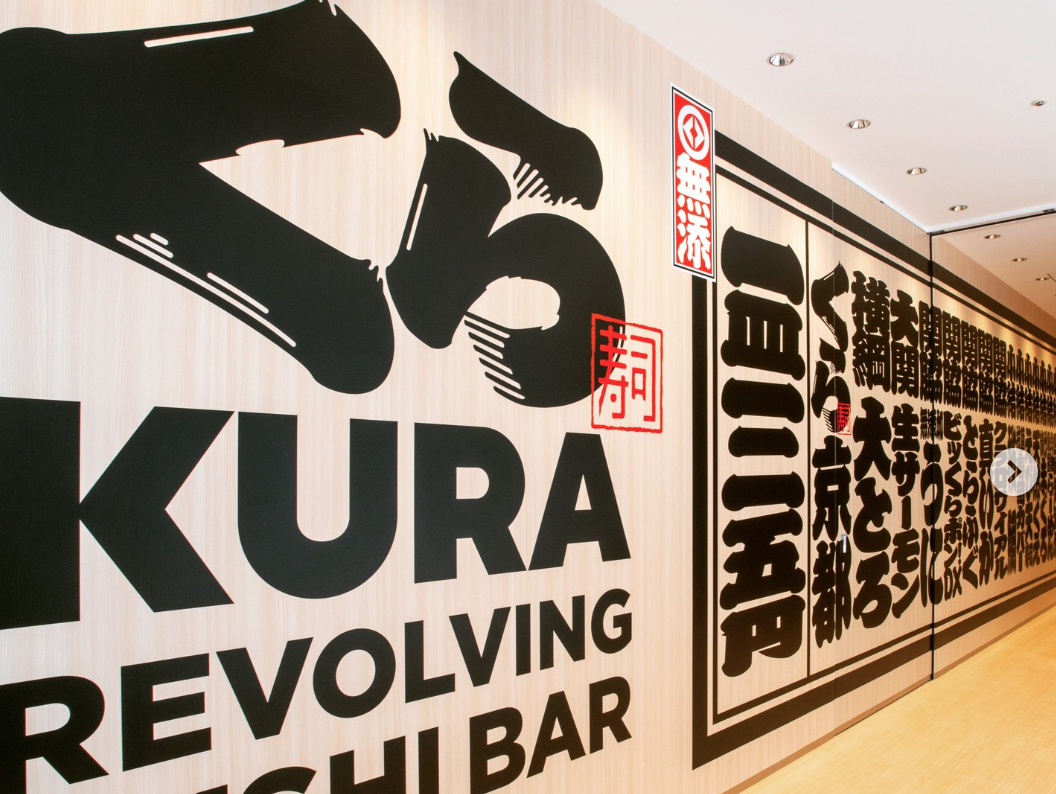
Kura Sushi Nitori Ikeda West
Sushi restaurant in Osaka [SUSHILIVE comment]
Characteristics of Japan’s Cuisine
The Charm of a Traditional and Innovative Island Nation, Japan
Japan, an island nation located in East Asia, consists of 6,852 islands with a population of approximately 125 million people, with Tokyo as its capital. Roughly 70% of the country is mountainous, featuring distinct seasons, beautiful natural landscapes such as Mount Fuji, cherry blossoms, and hot springs.
As the world’s third-largest economy, its main industries include manufacturing and services, with pop culture elements like anime, manga, and games being popular worldwide. Traditional cultures include Kabuki, Noh, tea ceremony, ikebana, and calligraphy, with 25 registered World Heritage Sites.
Despite facing challenges such as an aging population and economic slowdown, Japan continues to work towards the future through innovation and social security system reform.
An Island Nation Nurtured in Nature and Culture
The Japanese archipelago, characterized by its mountainous terrain and surrounded by sea, has been significantly influenced by its geography in developing rice cultivation and forming its maritime character.
From ancient times through the Yayoi, Kofun, Nara, and Heian periods, Japan has developed its unique culture while incorporating elements from the continent. The Edo period saw peace under a policy of seclusion, which was transformed by the Meiji Restoration into a modern nation-state. This was followed by the Russo-Japanese War and the Pacific War, leading to present-day Japan.
Facing contemporary challenges such as an aging population and economic slowdown, Japan preserves its traditional culture while embracing technological innovation and continuous challenges towards the future.
Japan’s history and geography have shaped the unique spirituality and values of its people, including harmony with nature, diligence, perseverance, and collectivism, which serve as pillars supporting Japanese society.
Japan aims to continue merging tradition with innovation, contributing globally.
The Diverse Appeal of Japanese Food Culture Through the Five Senses
Japan, blessed with abundant natural beauty through the changing seasons, has developed a rich and diverse food culture.
Rice is the staple food, enjoyed in various forms like sushi, donburi, etc., with a wide use of seafood, vegetables, and meat. Japanese cuisine features cooking methods that highlight the flavors of ingredients.
Famous Japanese dishes include the delicately flavored “kaiseki cuisine,” seasonal “kaiseki meals,” and casual “set meals,” with globally popular originals like sushi, tempura, and ramen.
Japanese food culture, appreciated through all five senses, emphasizes beautiful presentation, the aroma of seasonal ingredients, gentle flavors that respect the ingredients, delicate textures, and the soothing sounds of dining.
With a growing health consciousness, fermented foods and vegetable dishes are gaining attention, alongside popular regional cuisines.
Registered as a UNESCO Intangible Cultural Heritage, Japanese food culture, while preserving tradition, continues to evolve by incorporating new ingredients and cooking methods.
Experiencing the Art of Japanese Sushi Culture
Sushi, representing Japanese food culture, combines vinegared rice with seafood or other toppings, dating back to the Yayoi period.
In the Edo period, nigiri sushi sold at food stalls became popular among the common people. Since then, various forms of sushi like Edo-mae, Kansai, and box sushi have developed, each with regional characteristics.
Sushi’s appeal lies in the harmony between the fresh taste of seafood and the acidity of the rice, also being a visually stunning dish.
Sushi’s popularity has grown internationally, with sushi bars and Japanese restaurants proliferating worldwide.
Sushi is more than a meal; it’s a symbol of Japanese food culture and an edible art form, evolving while respecting tradition.
The Diversity of Japanese Specialty Products
Japan offers a wide array of regional specialty products.
Enriching the food culture:
- Brand rice like Niigata’s “Koshihikari”
- Fruits such as Hokkaido’s “Shiroi Koibito” and Shizuoka’s “Mikans”
- Premium meats like Kagoshima’s “Black Pork” and Matsusaka beef
- Traditional drinks like Shizuoka’s “tea” and Kyoto’s “Uji matcha”
- Seafood like Saga’s “Yobuko squid” and Hokkaido’s “ikura”
- Traditional vegetables like Kanazawa’s “Kaga vegetables” and Kyoto’s “Kyoto vegetables”
Enhancing life through crafts: - Traditional ceramics like Ishikawa’s “Kutani ware” and Gifu’s “Mino ware”
- Beautiful textiles like Kyoto’s “Kyo-yuzen” and Kanazawa’s “Kaga yuzen”
- Intricate woodworks like Fukui’s “Echizen lacquerware” and Akita’s “Namahage” masks
- Traditional metalworks like Ehime’s “Iyo ironware” and Niigata’s “Tsubame-Sanjo” products
Others: - Local gourmet like Kumamoto’s “Ikinari dango” sold at Kumamoto Airport
- Souvenirs like Okinawa’s “chinsuko” and Hokkaido’s “Shiroi Koibito”
These products reflect Japan’s climate and culture, ideal for memories or gifts.
With the rise of online shopping, it’s easier to access these regional specialties.
Japanese specialty products play a role in sharing Japan’s charm globally, evolving while incorporating new techniques and designs.


